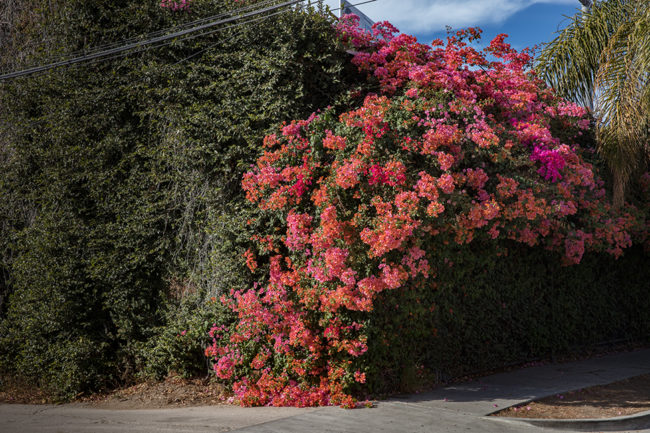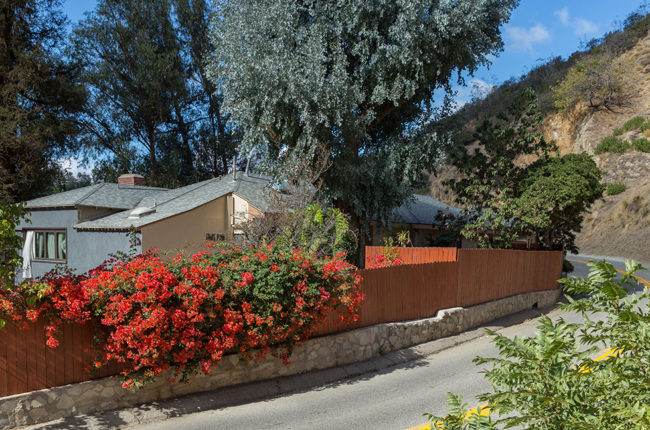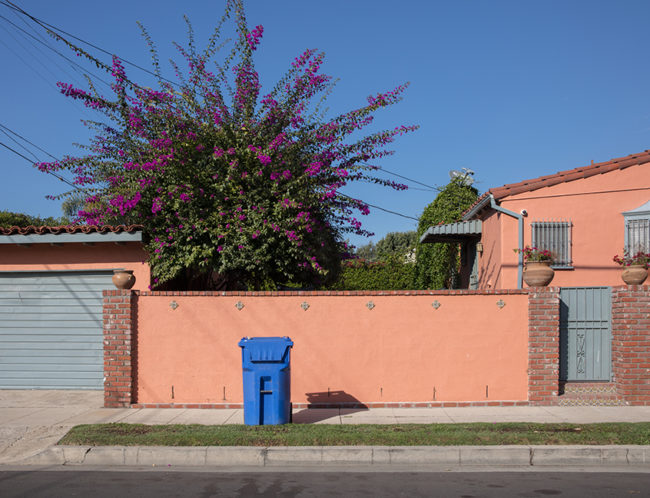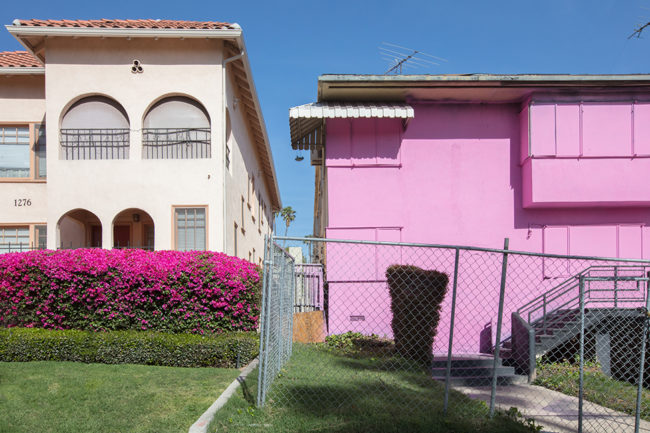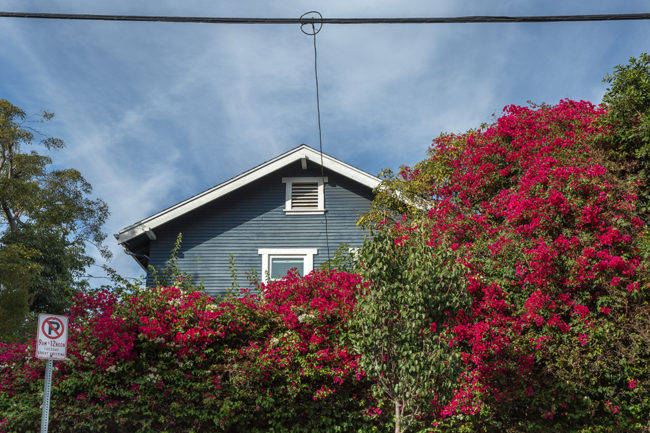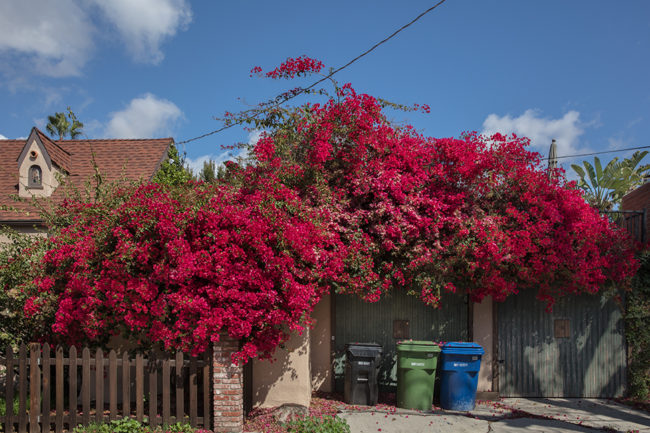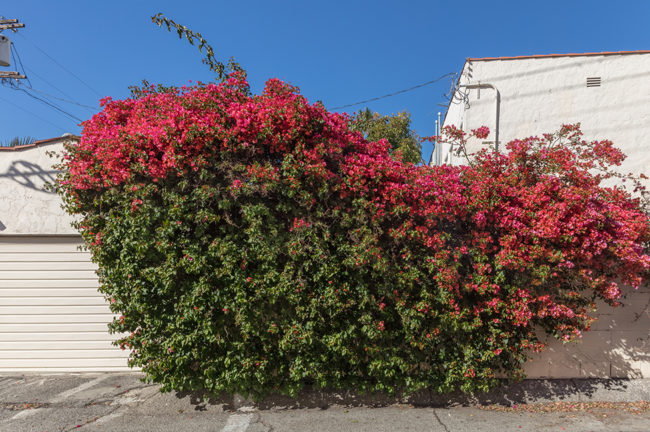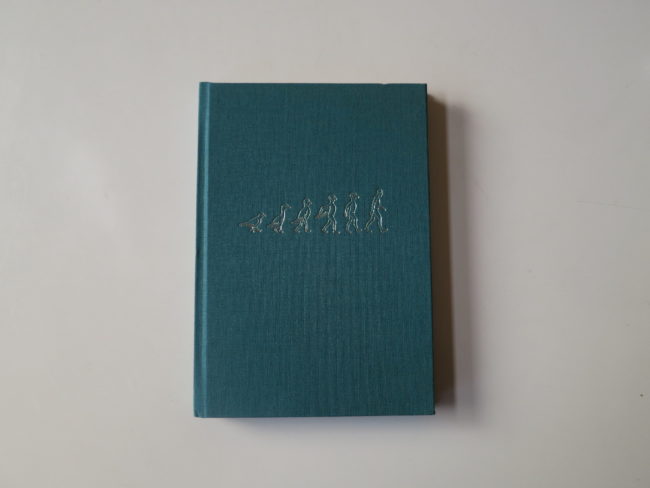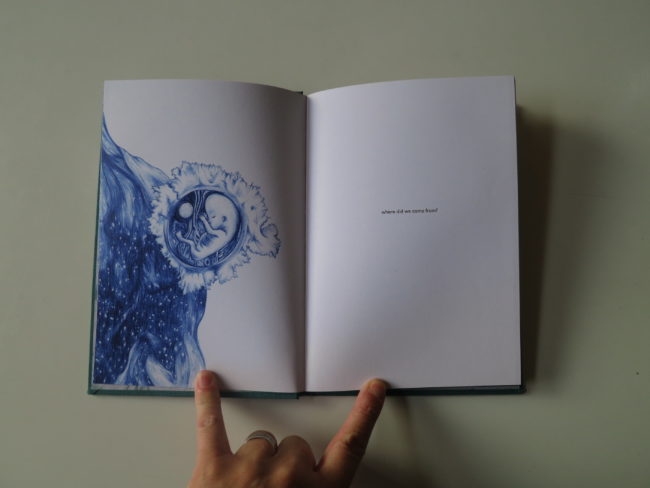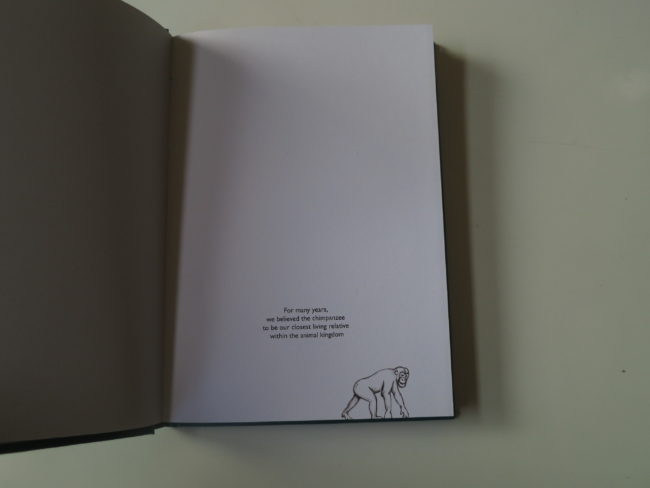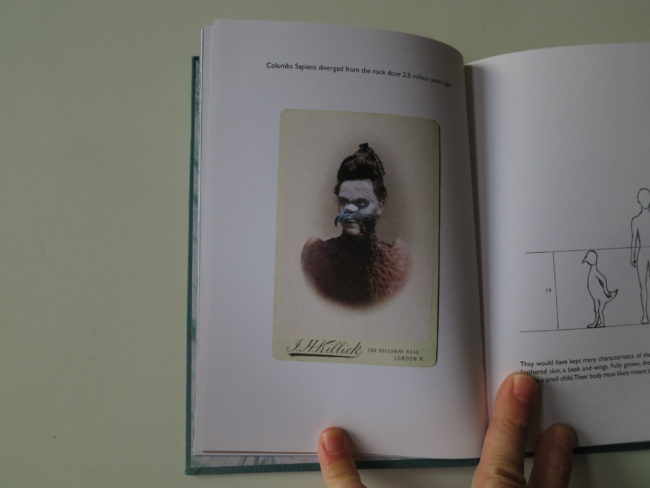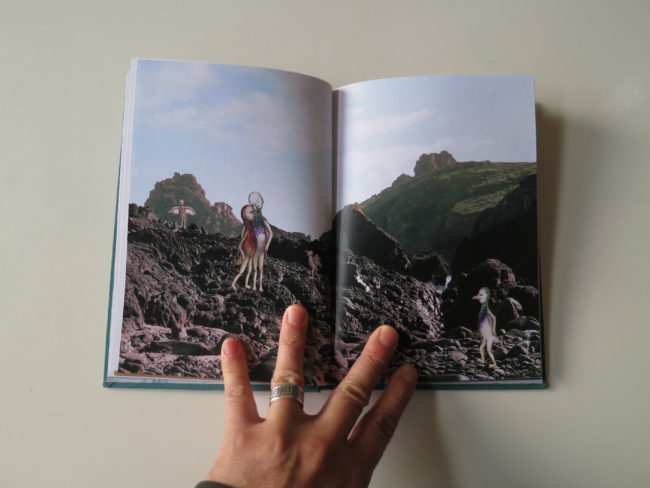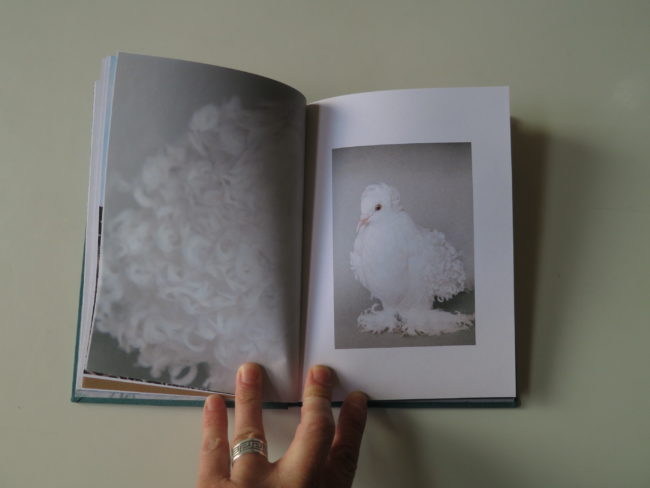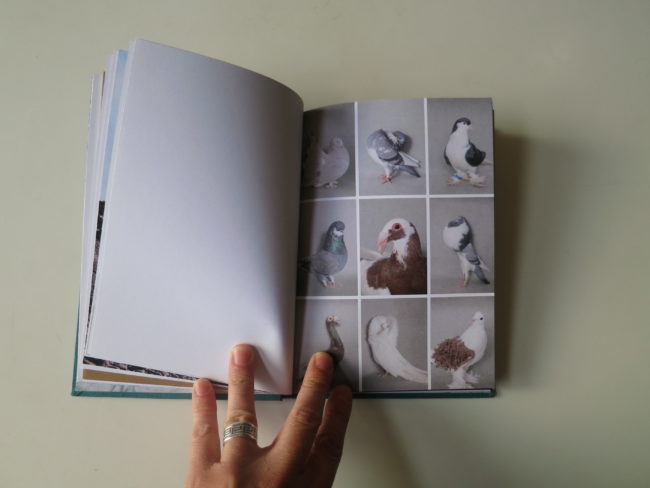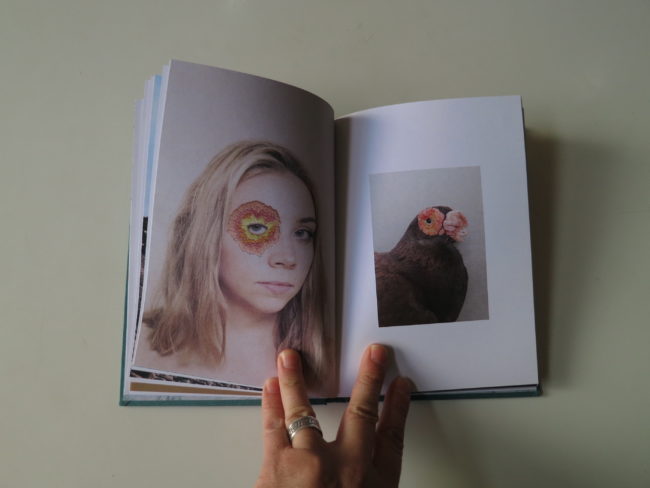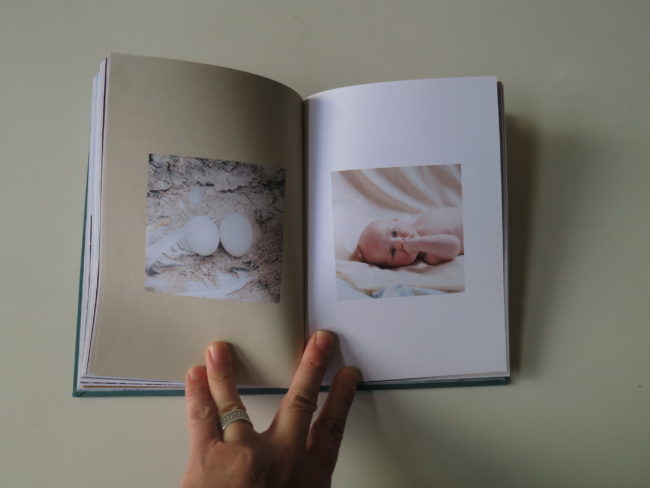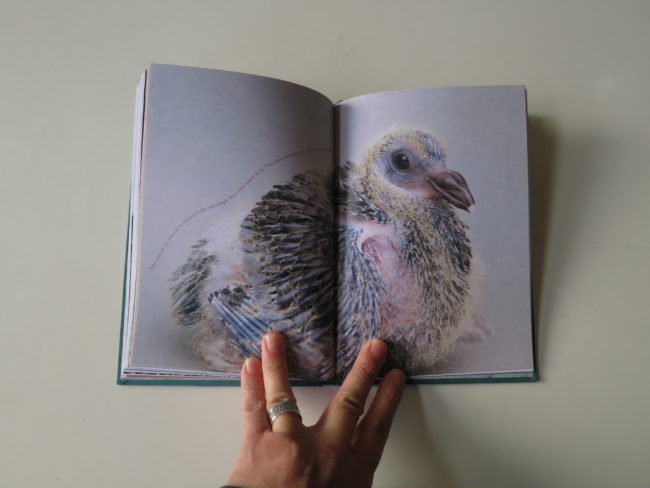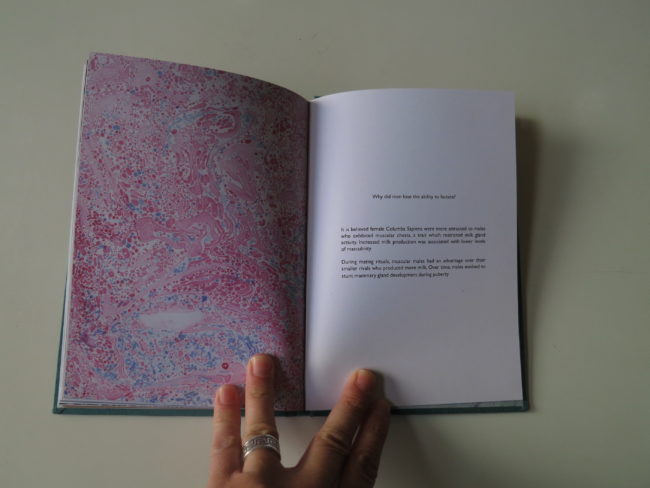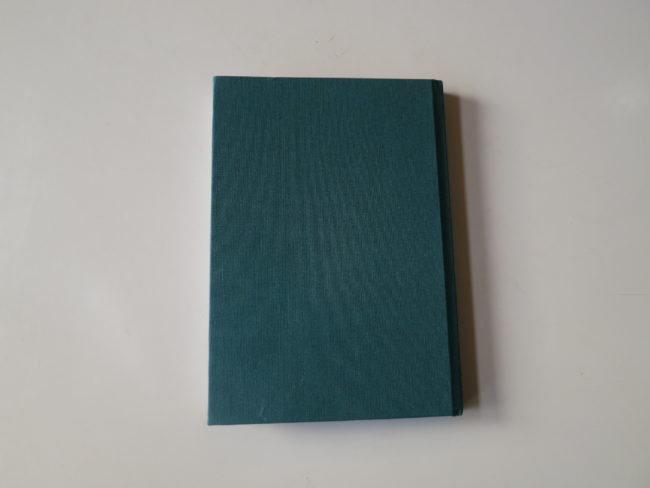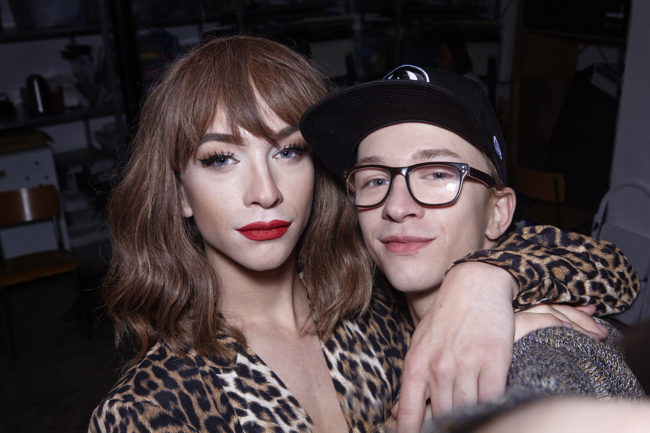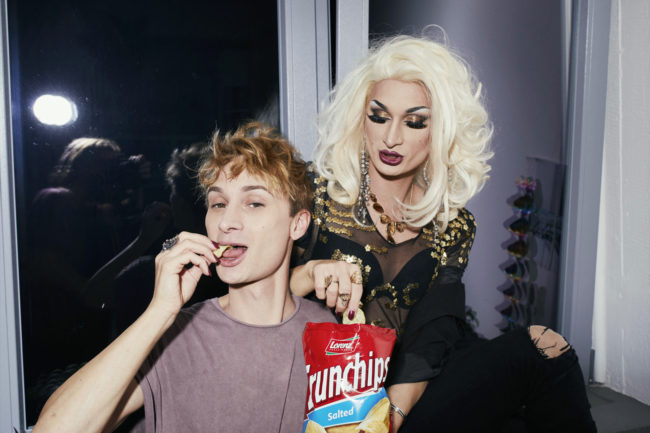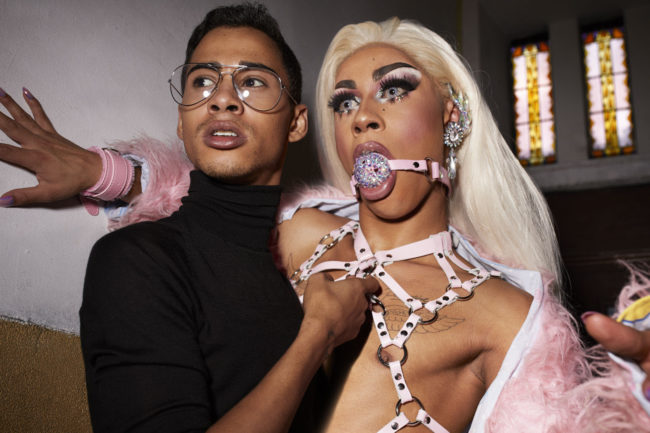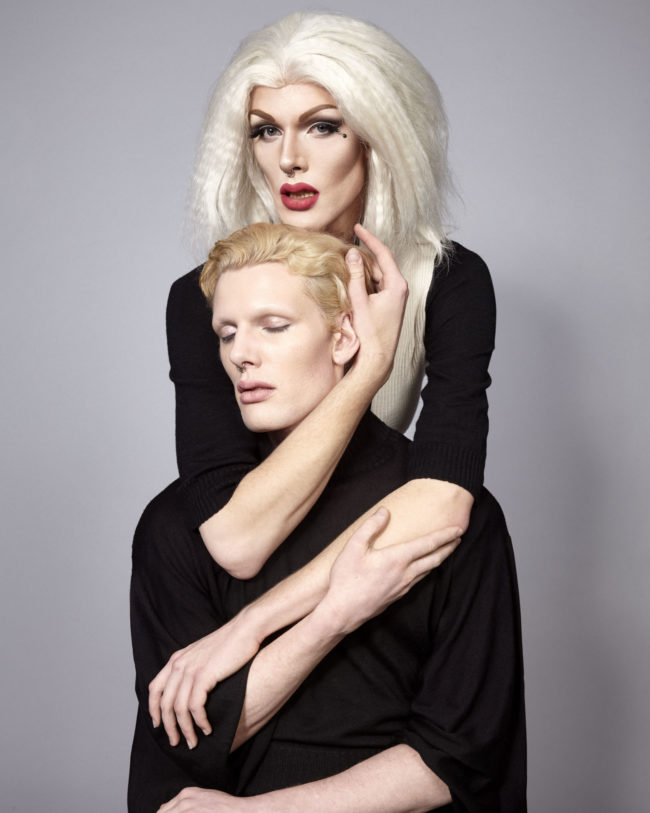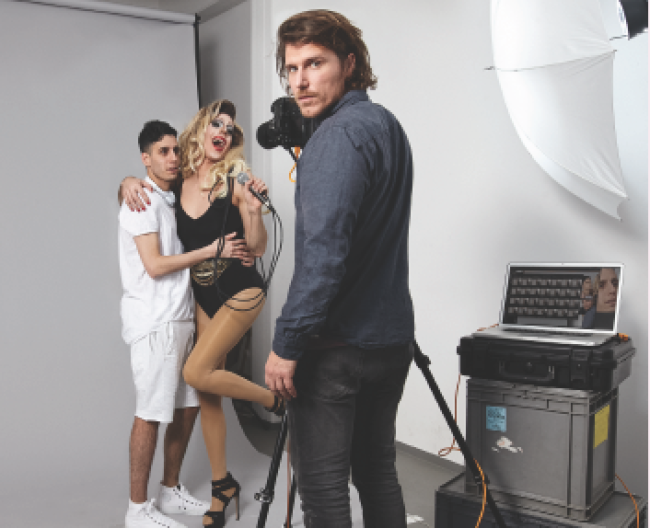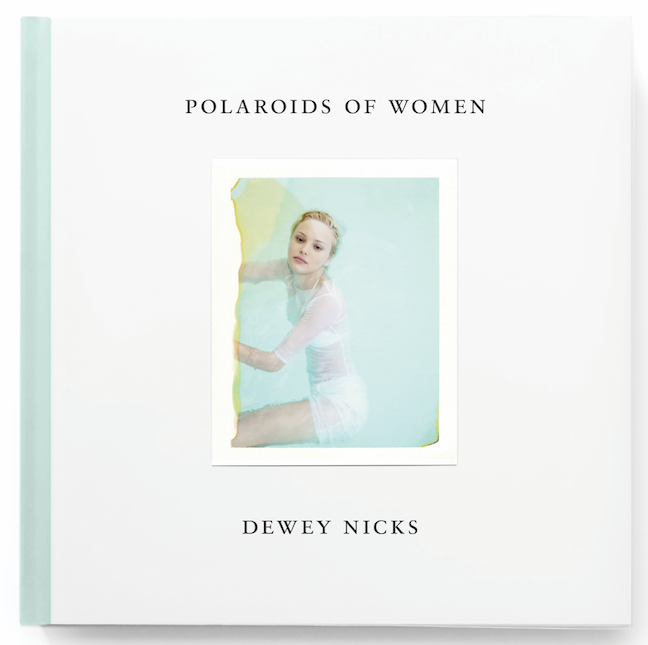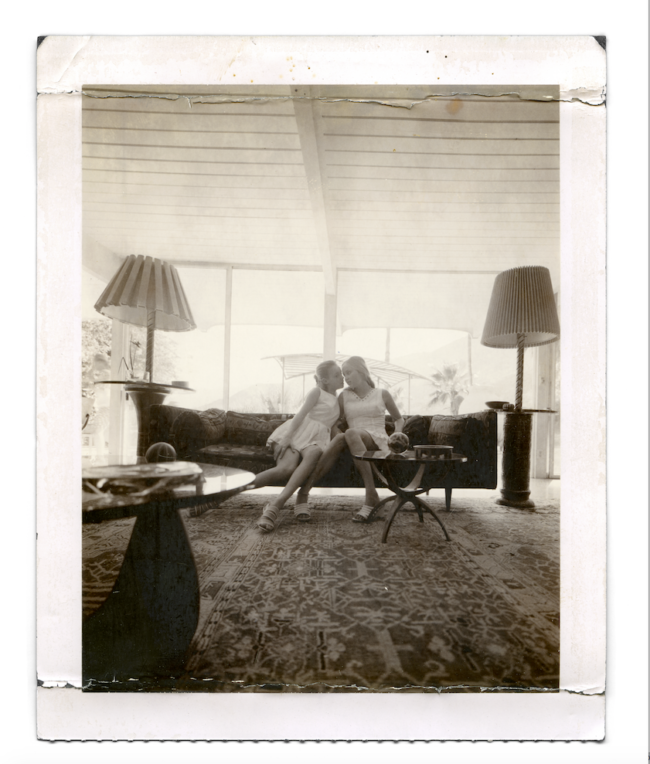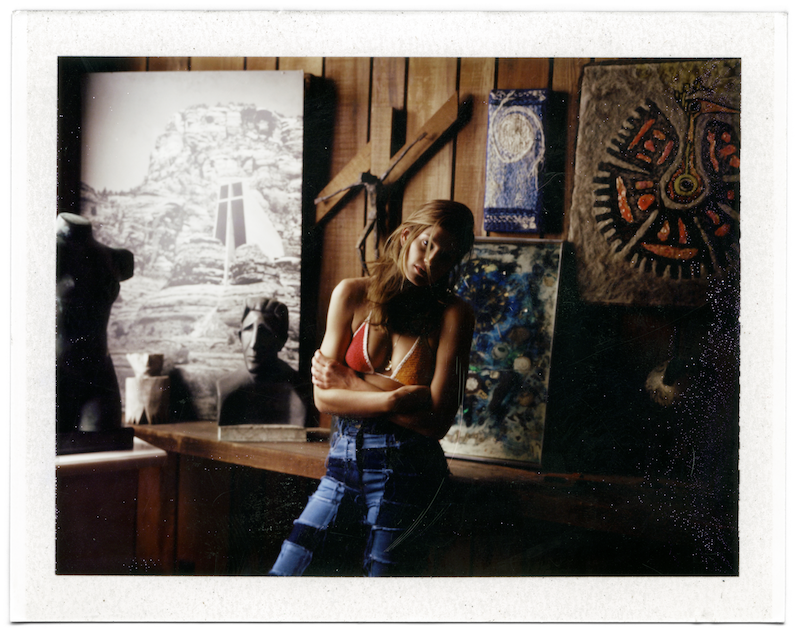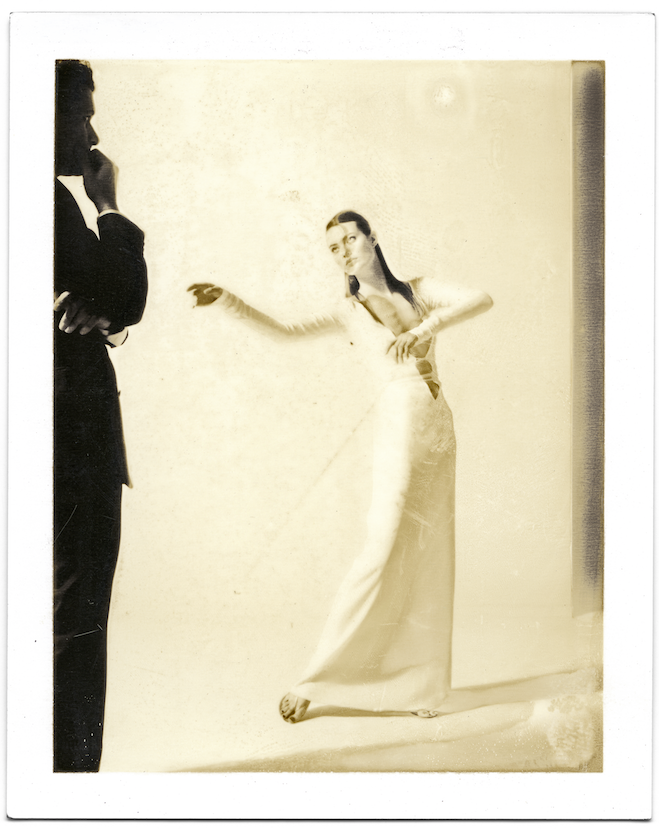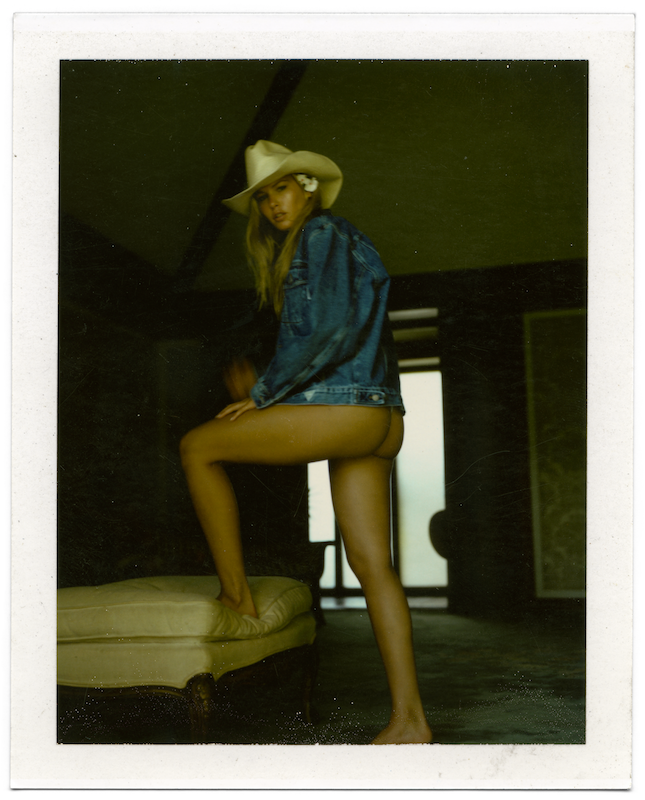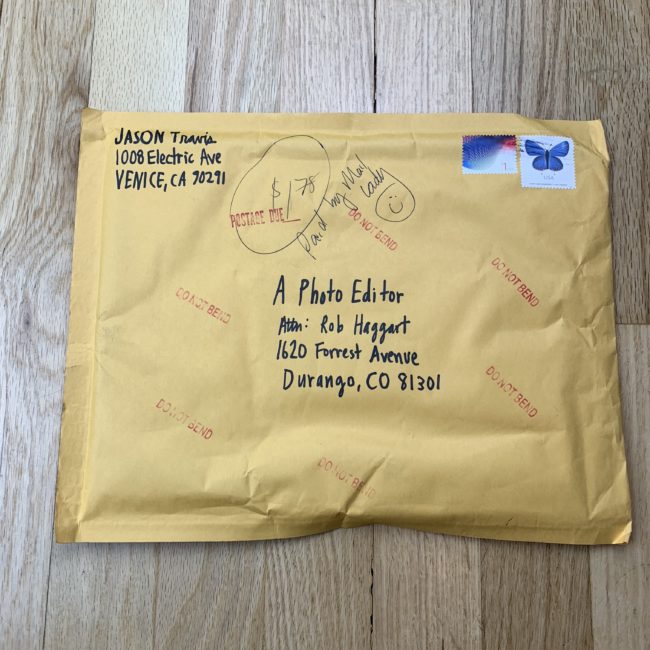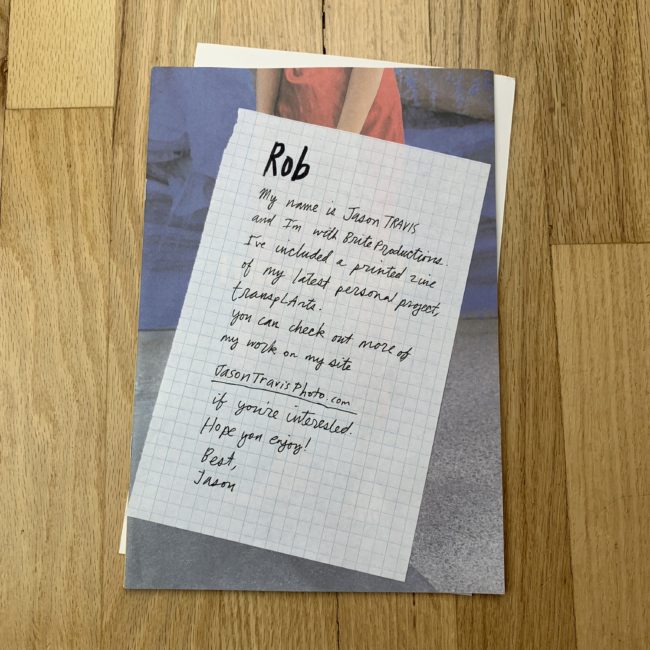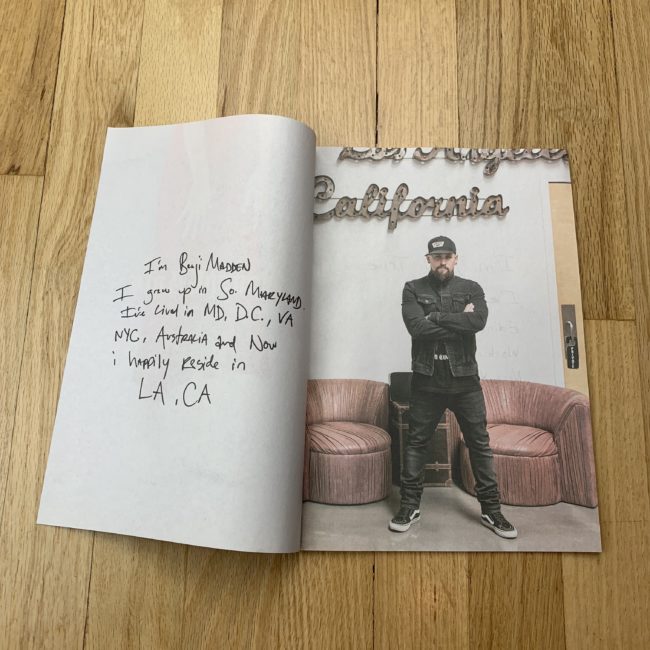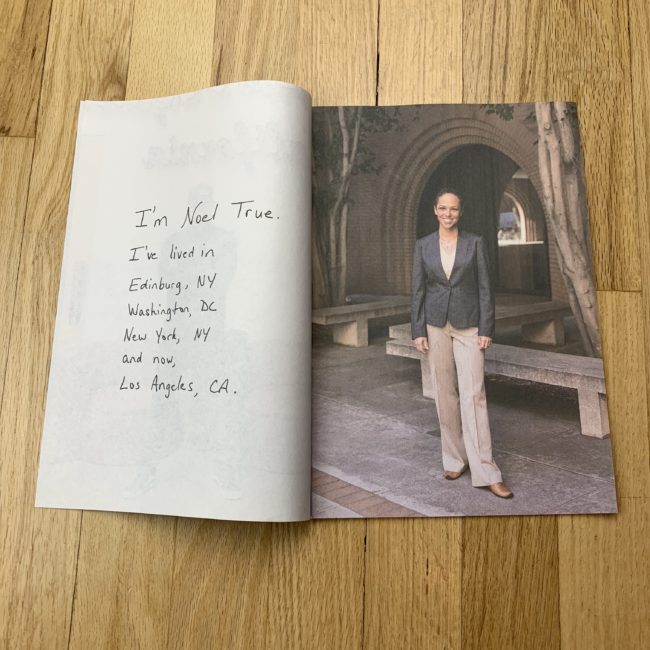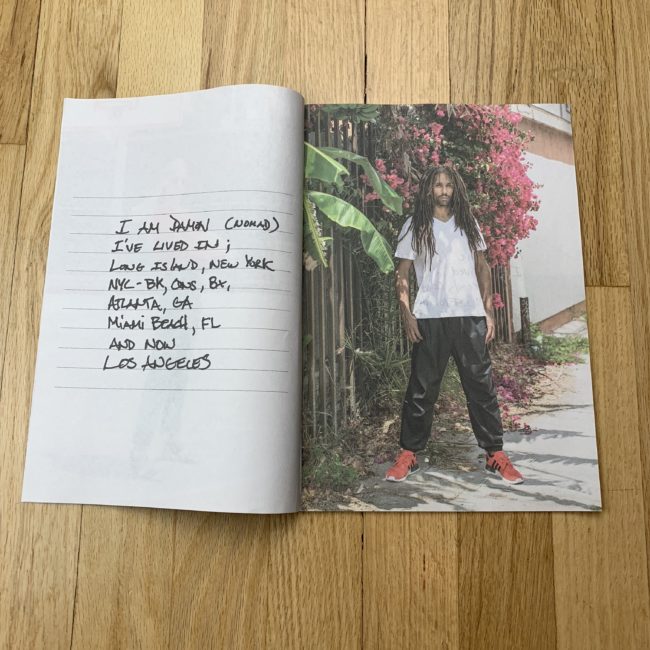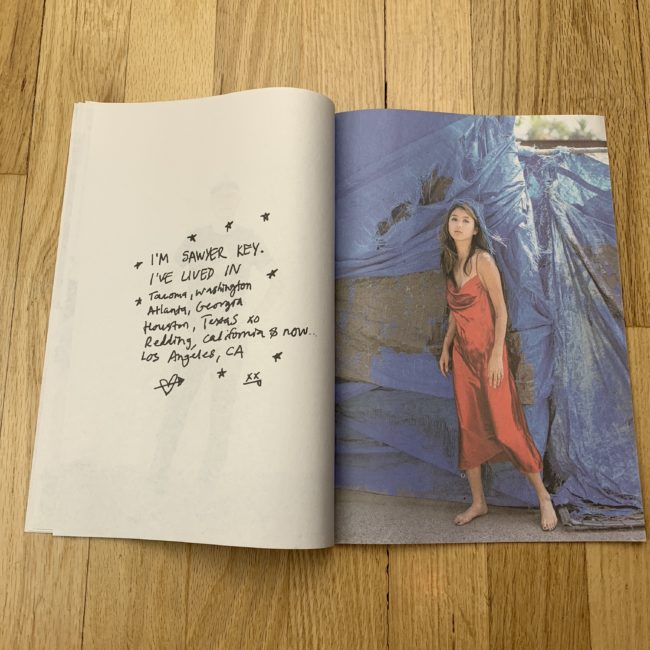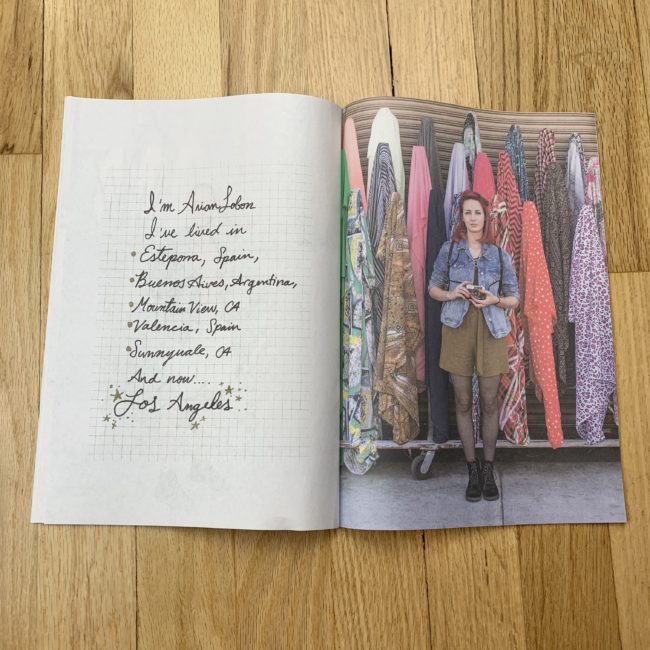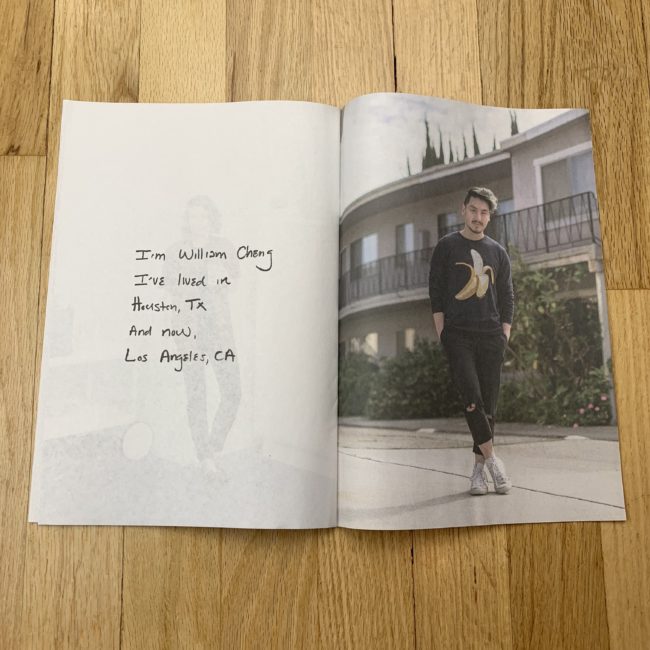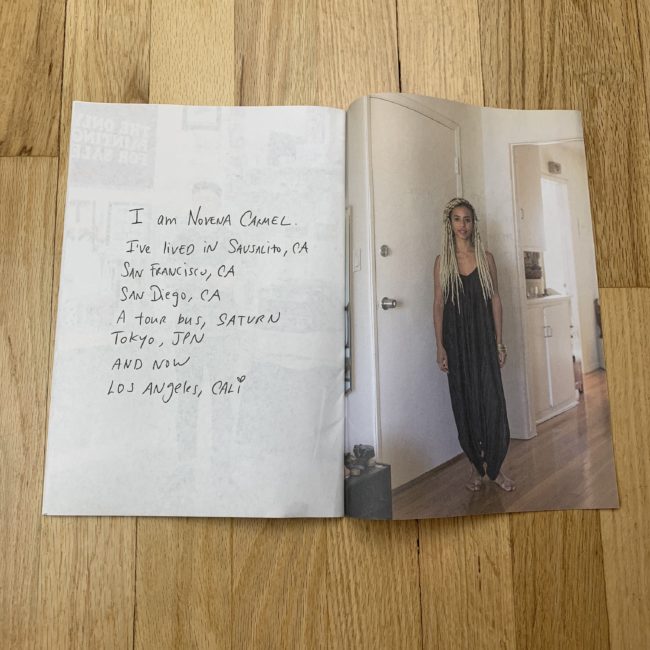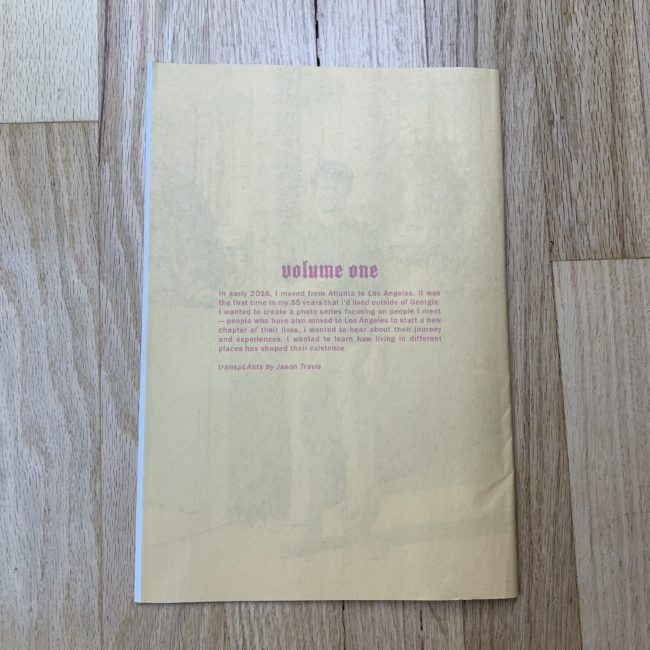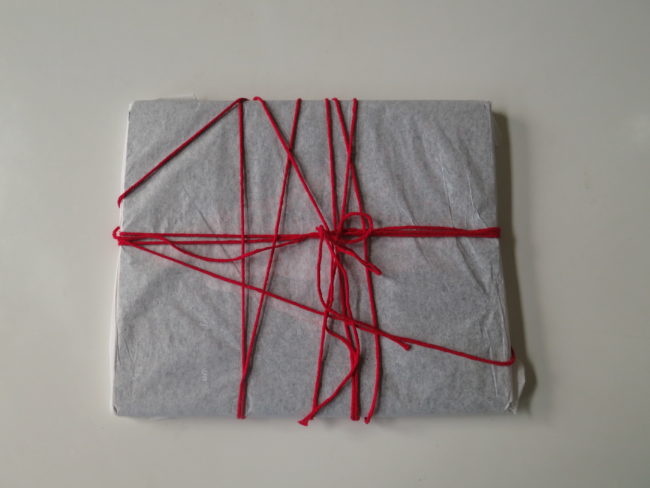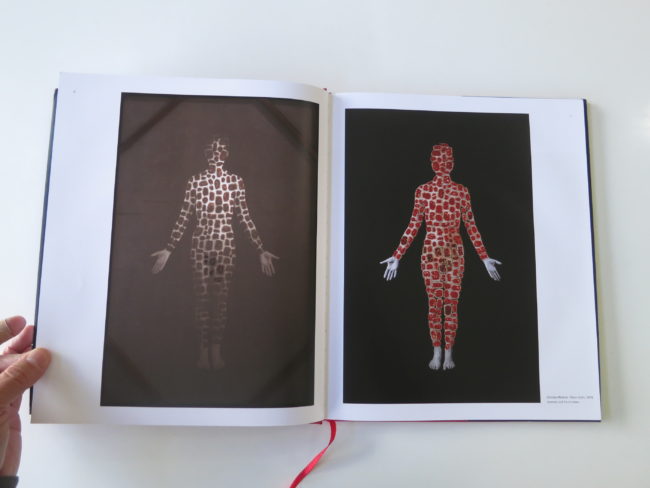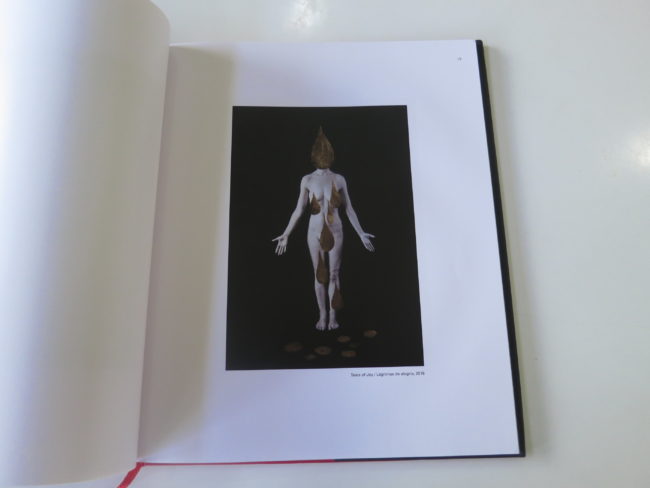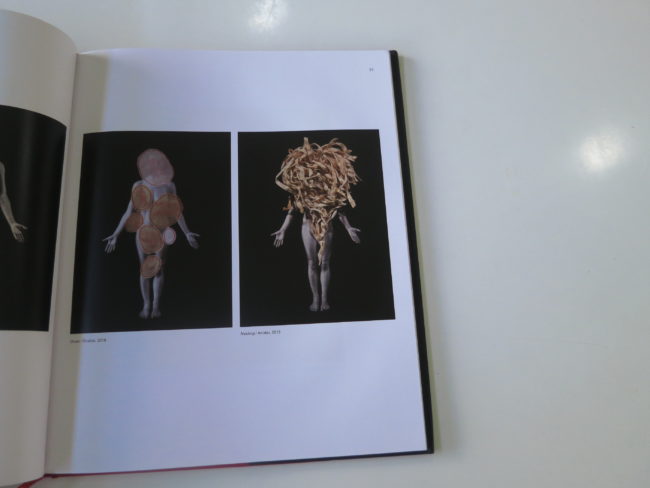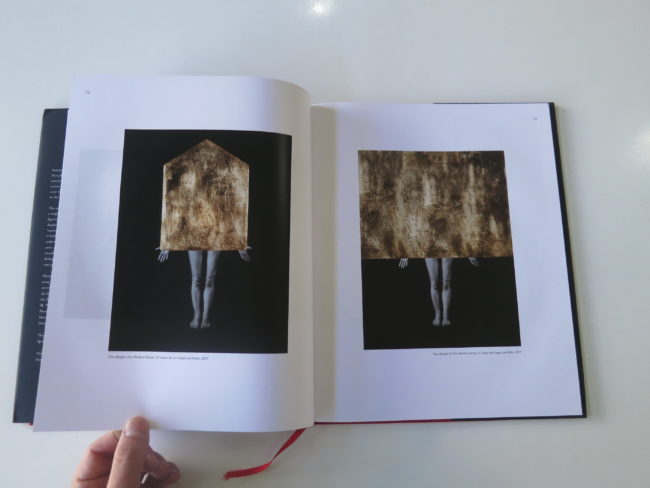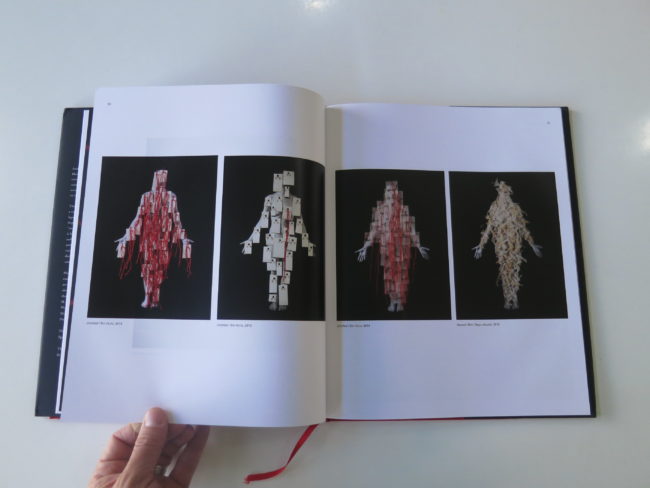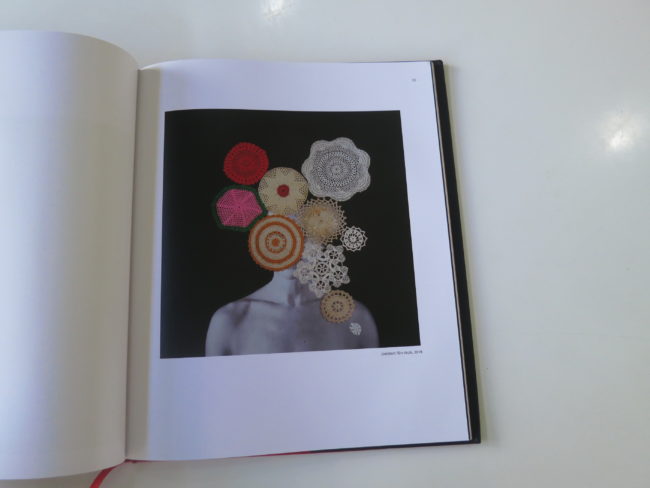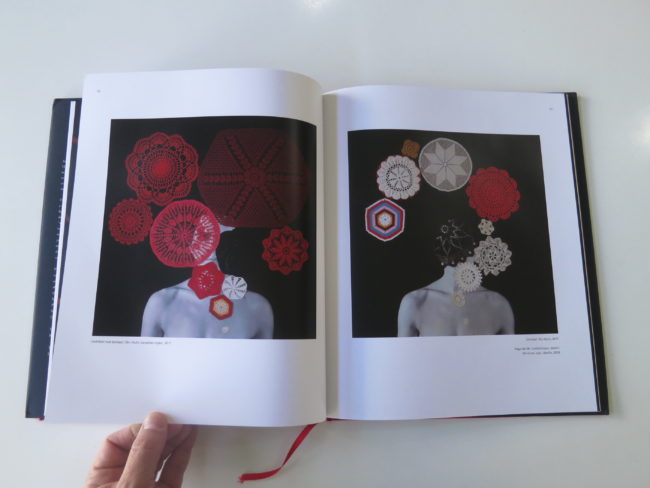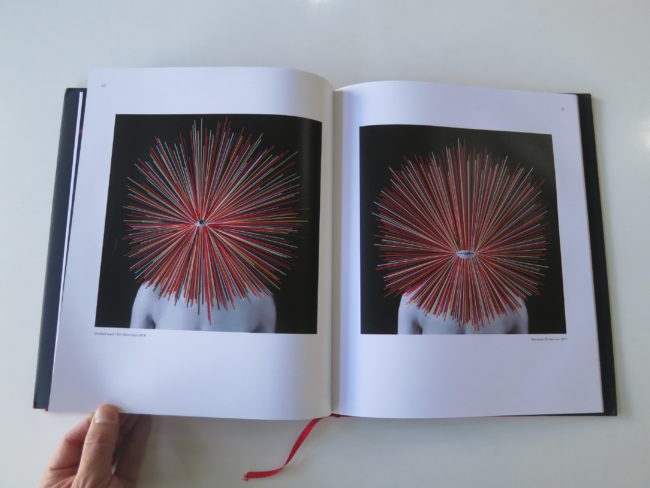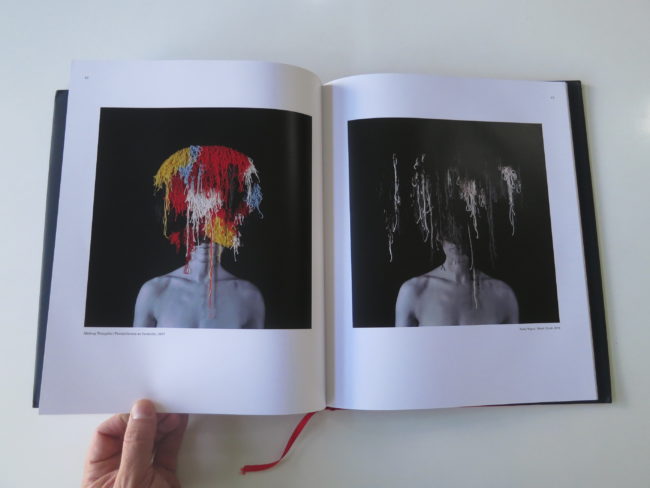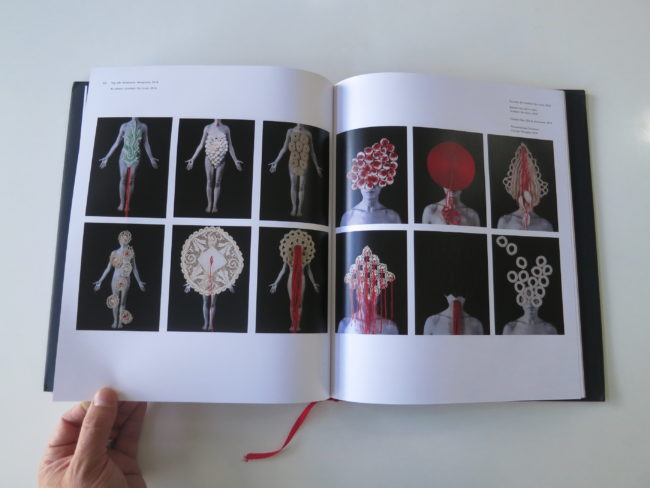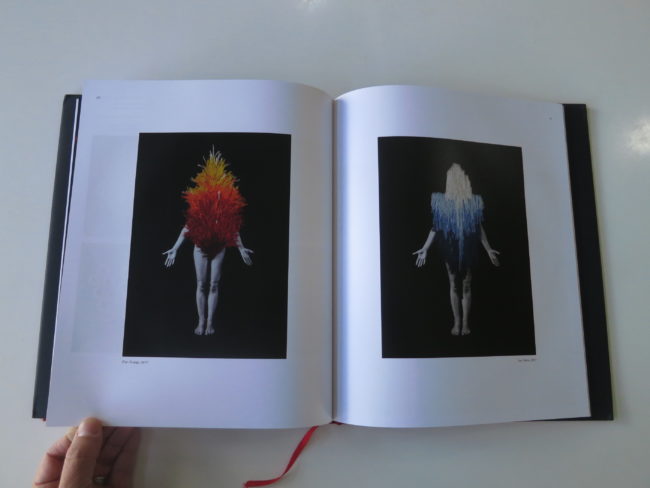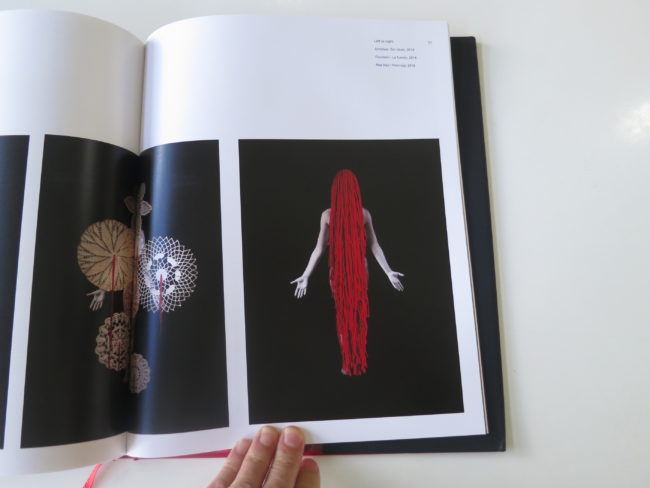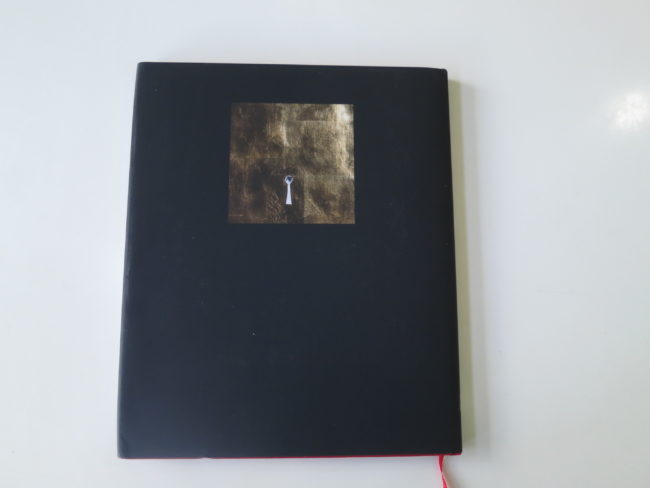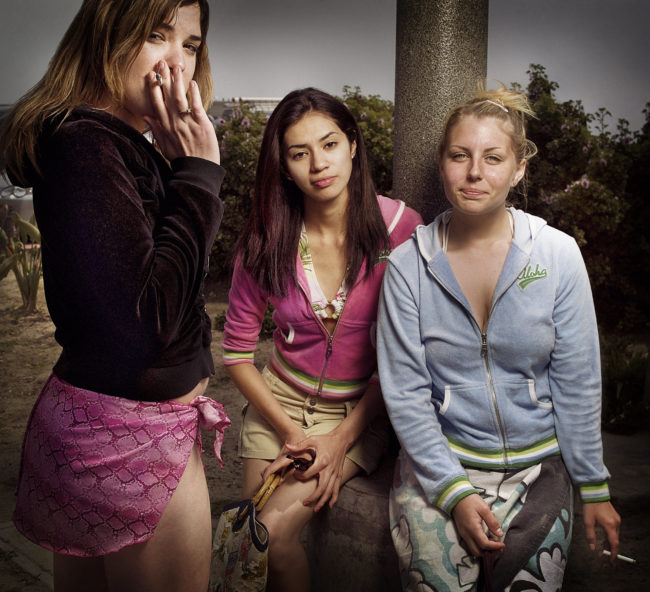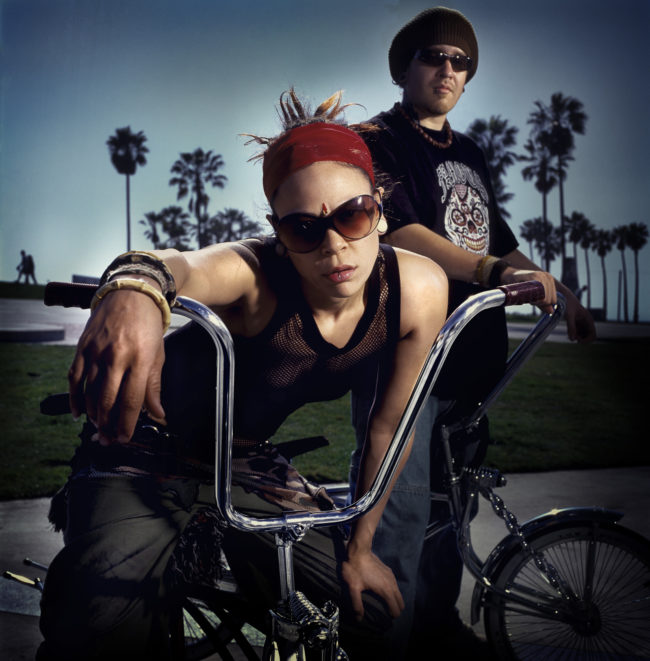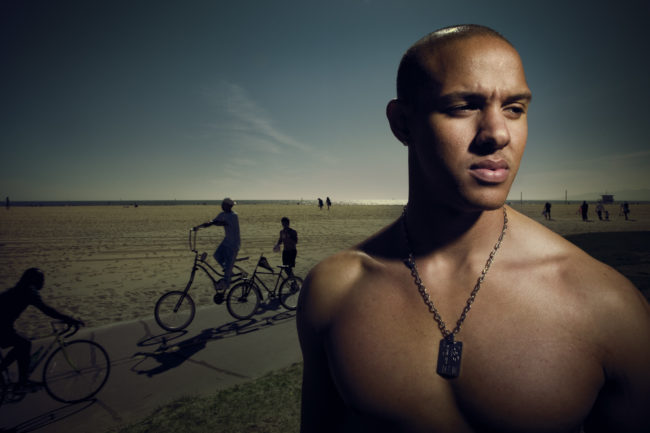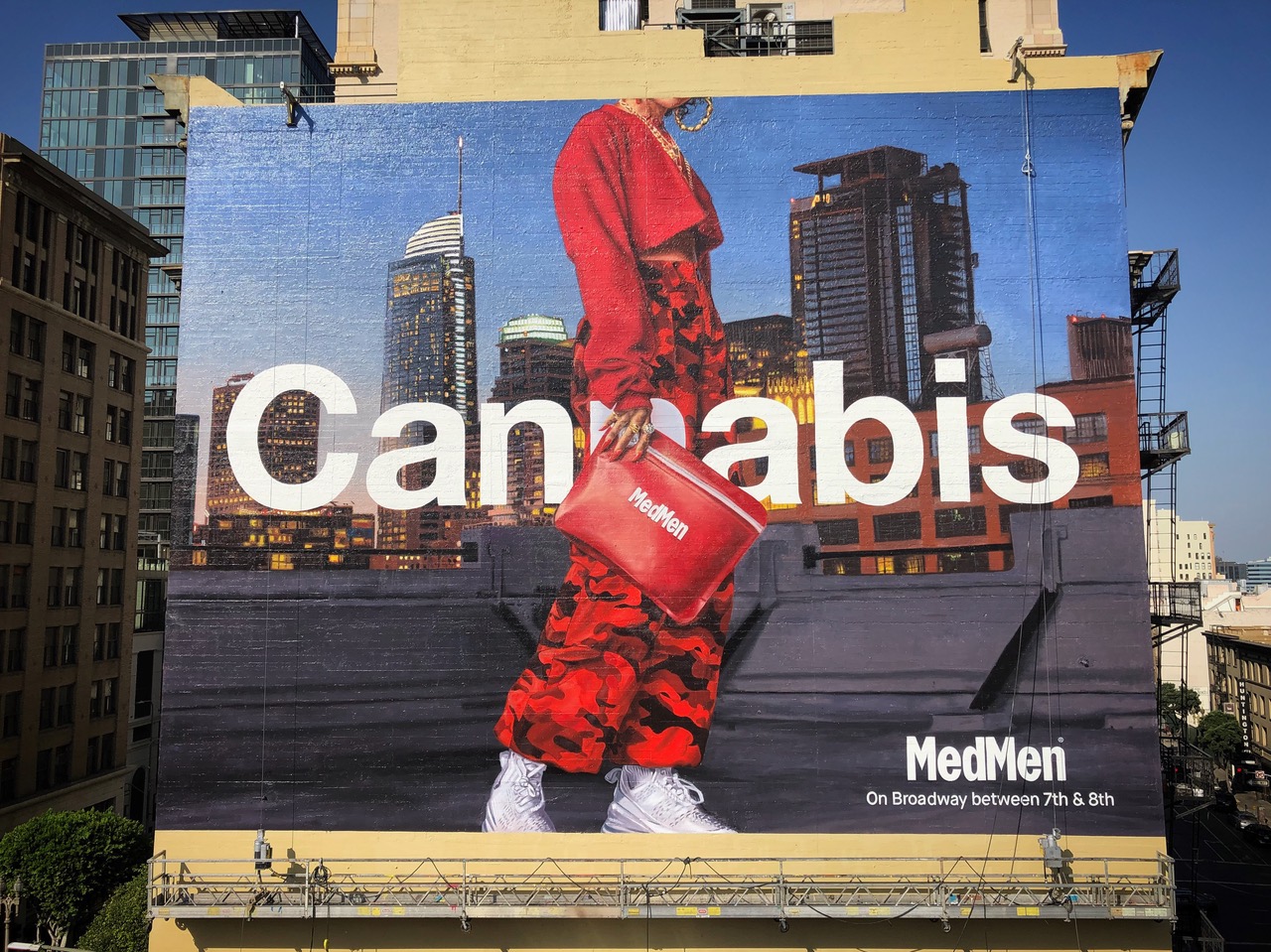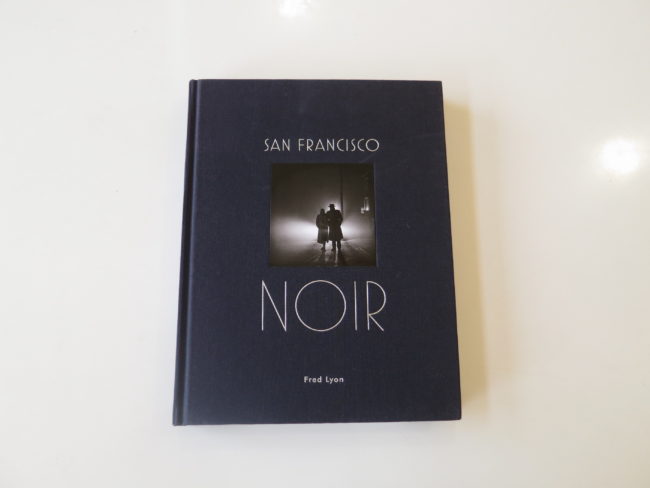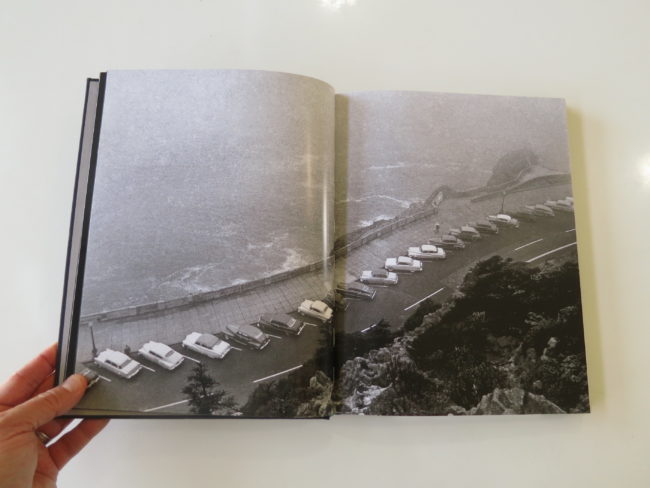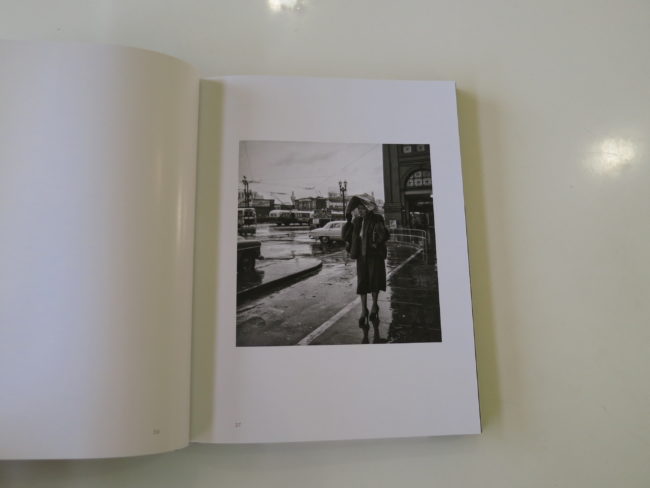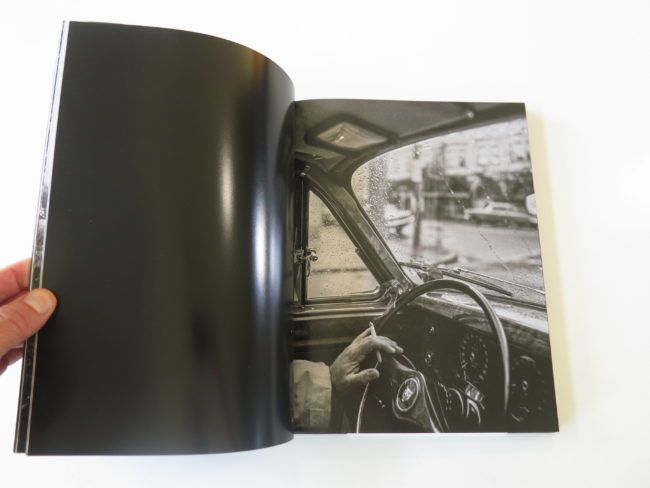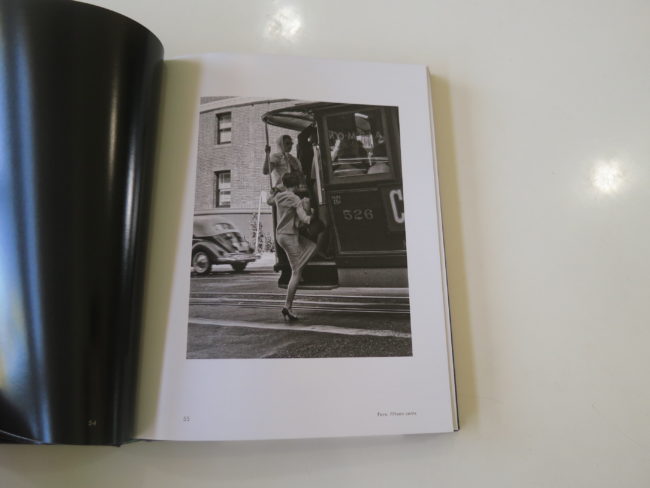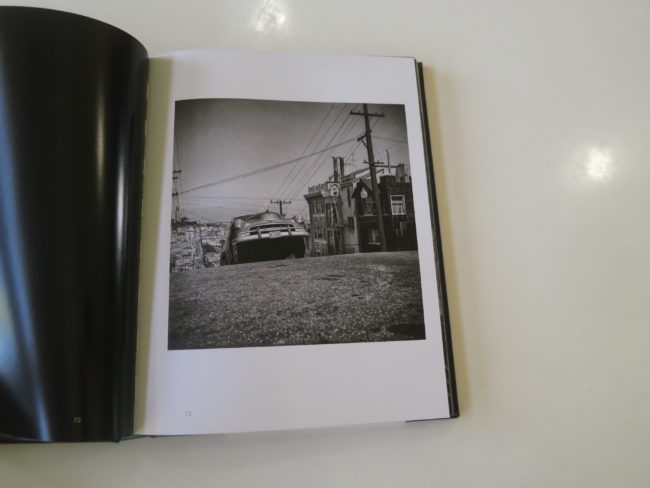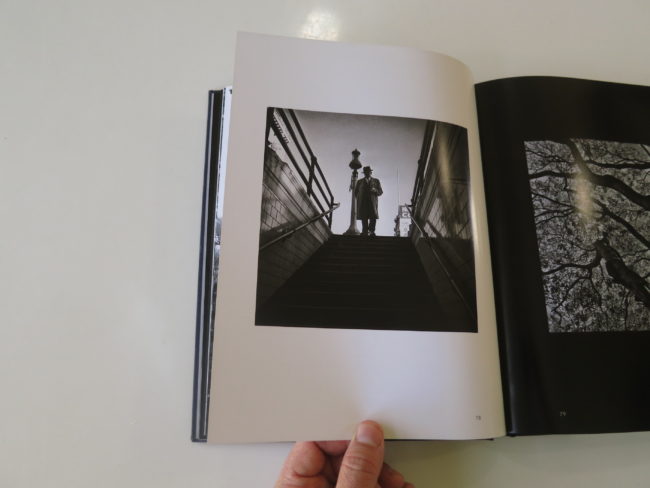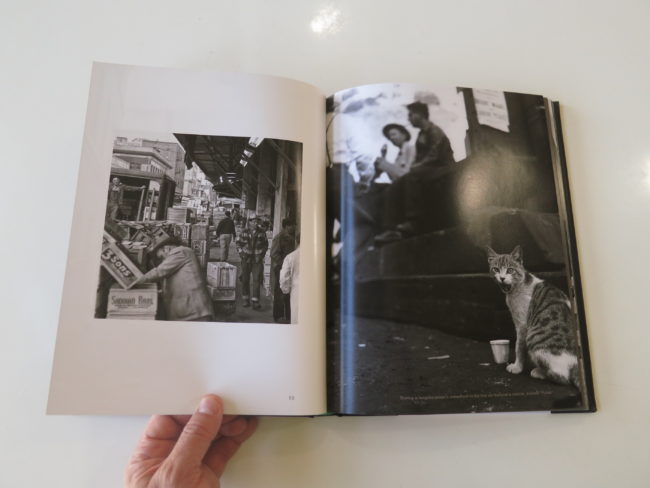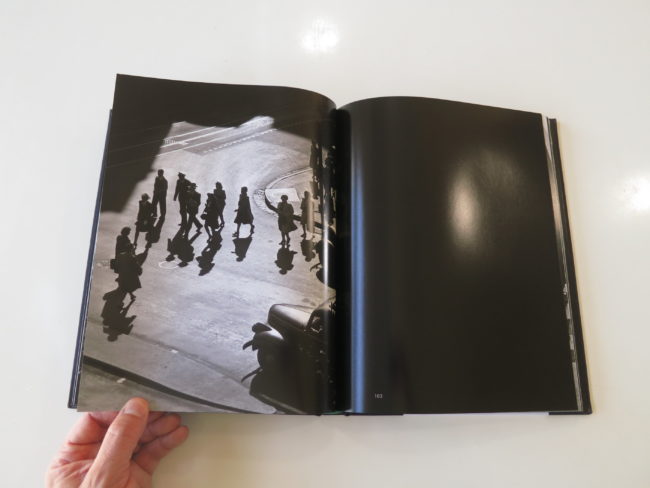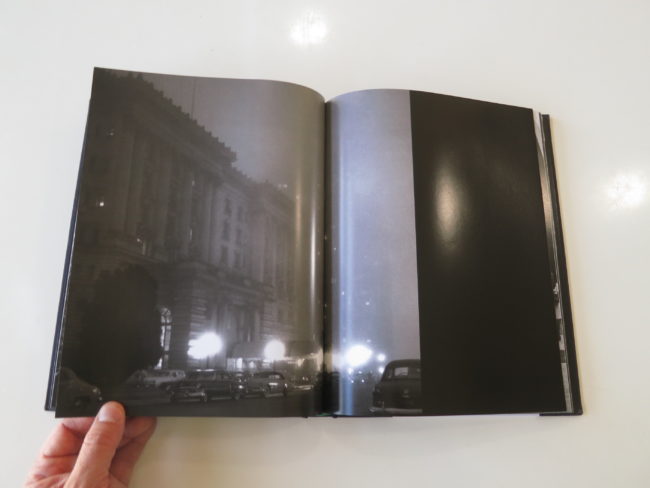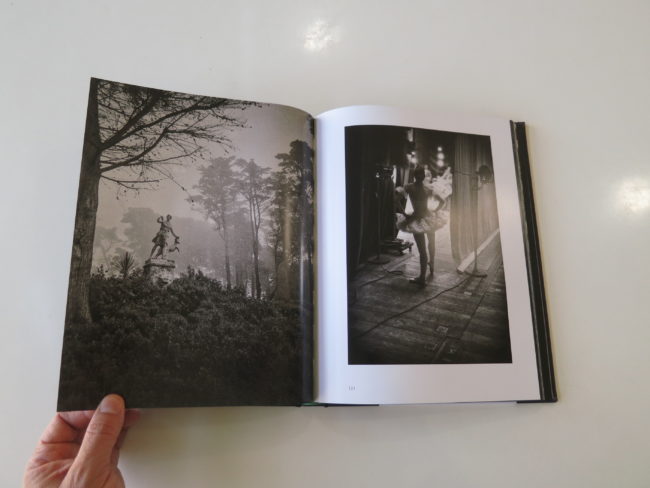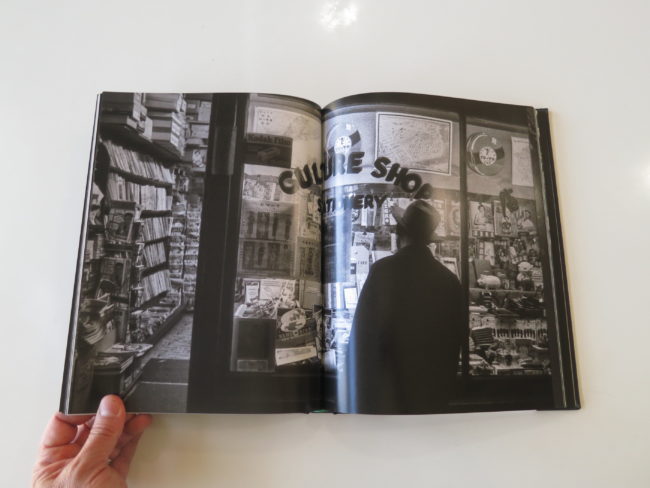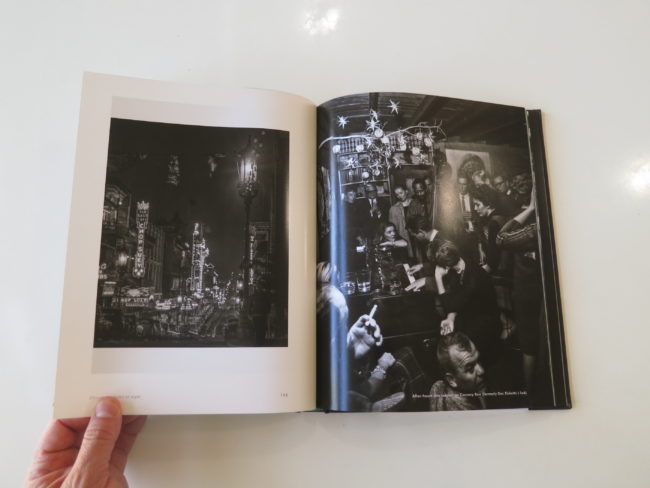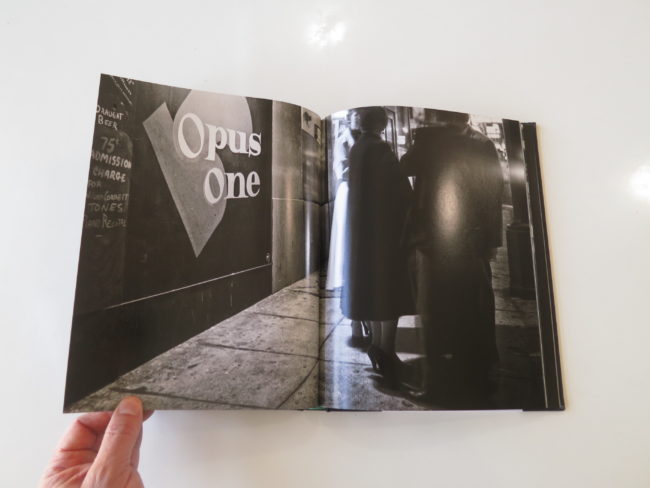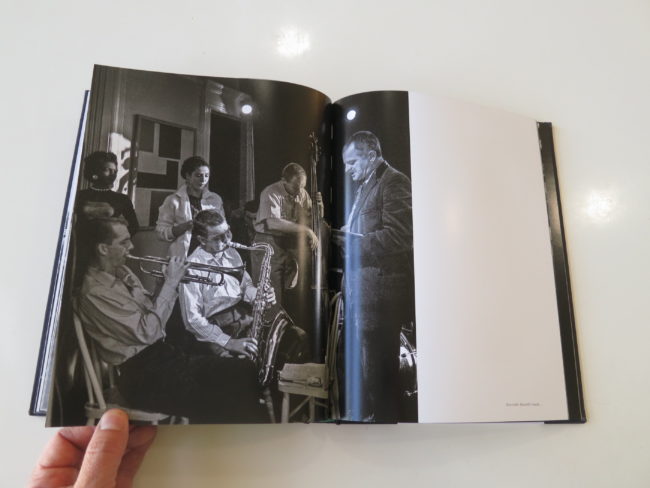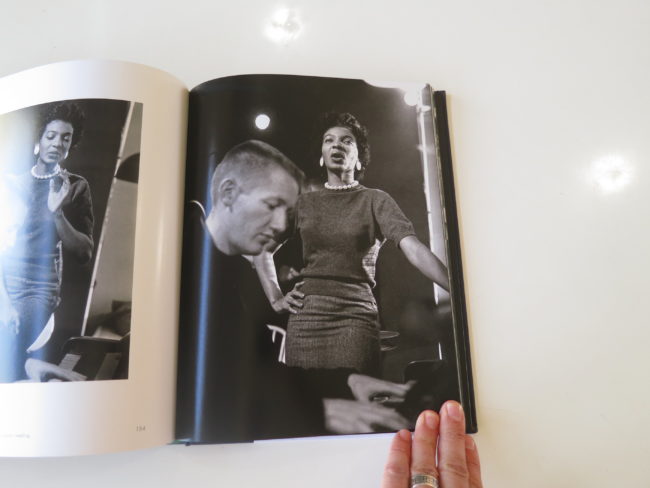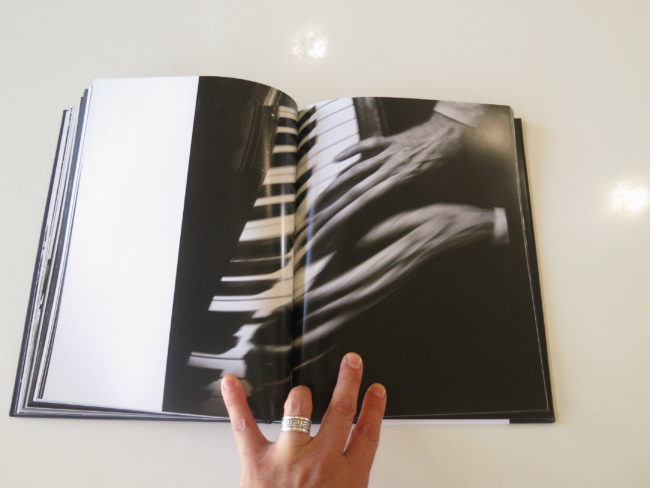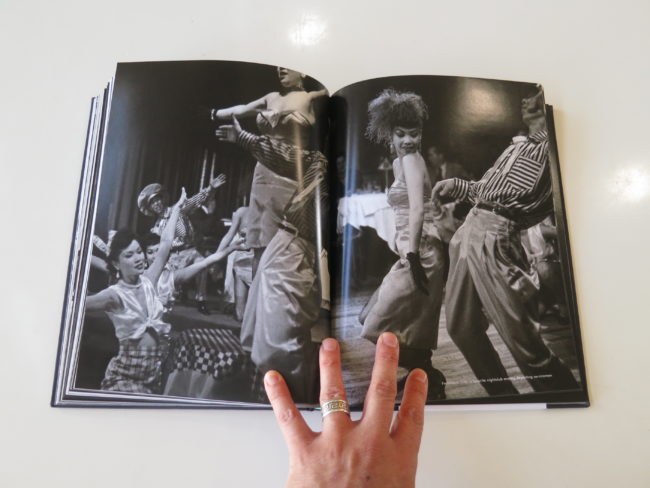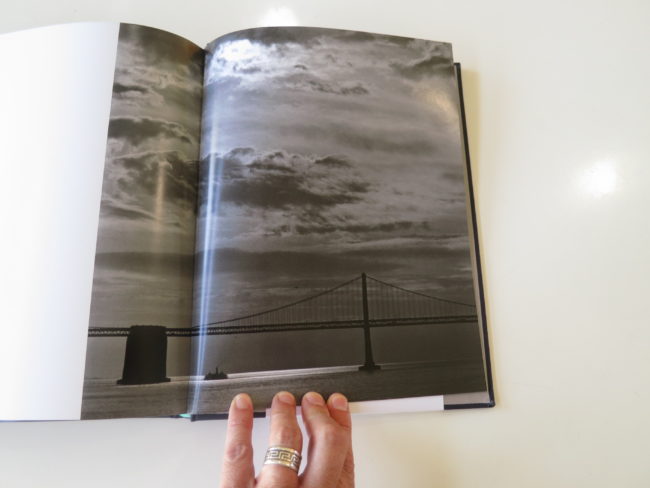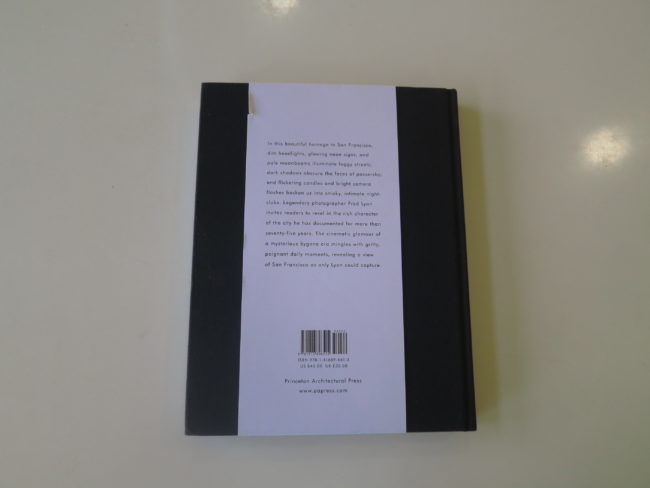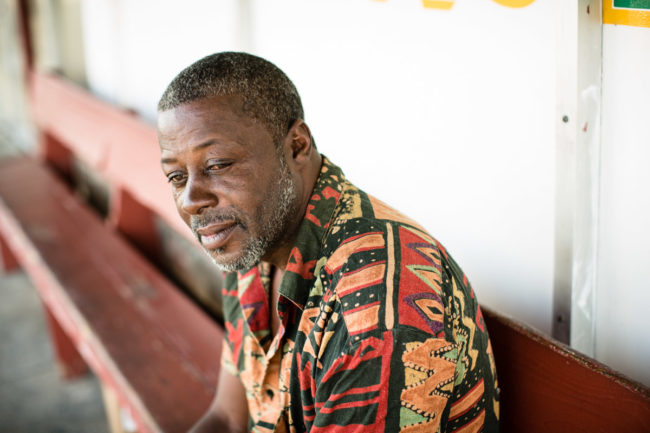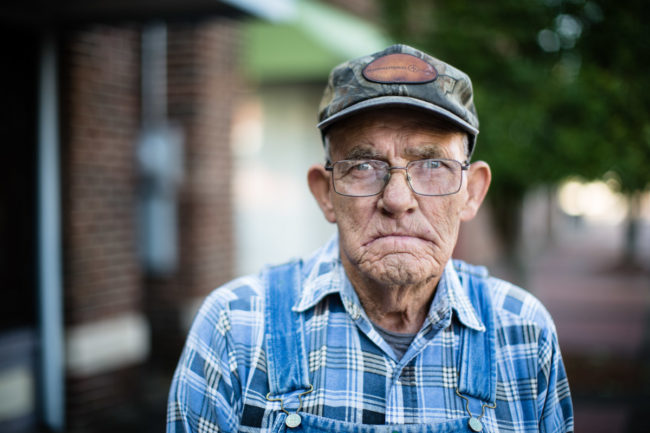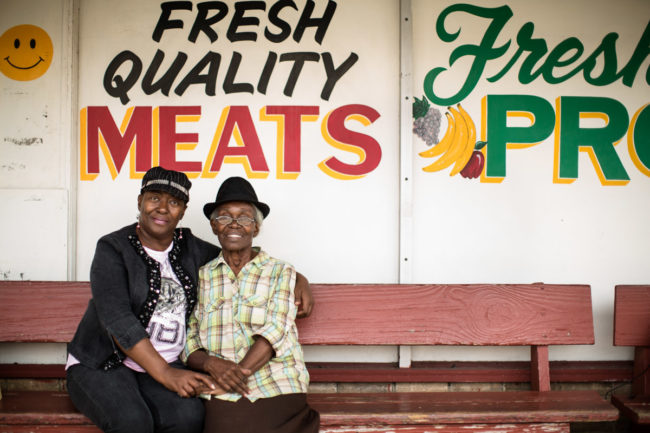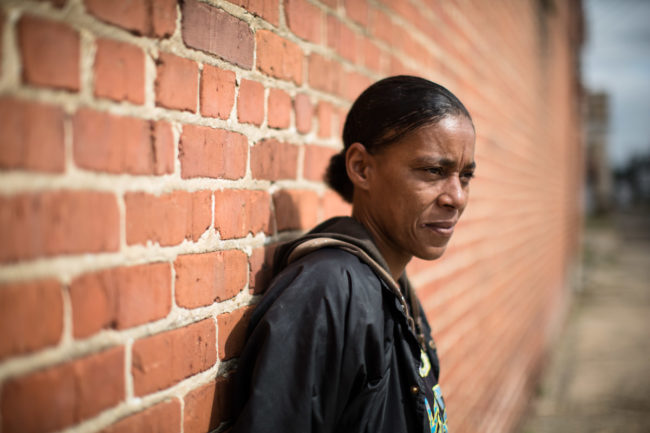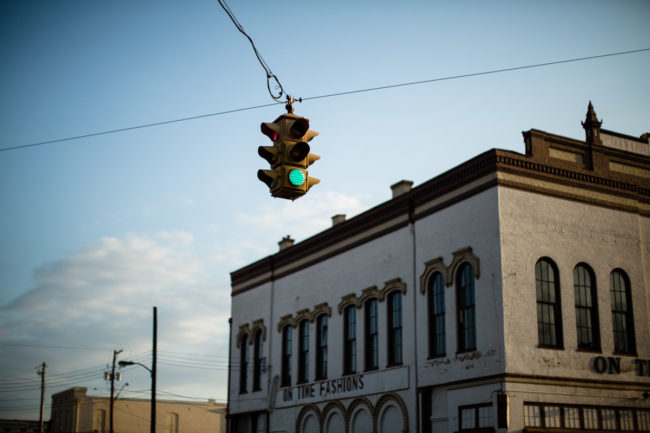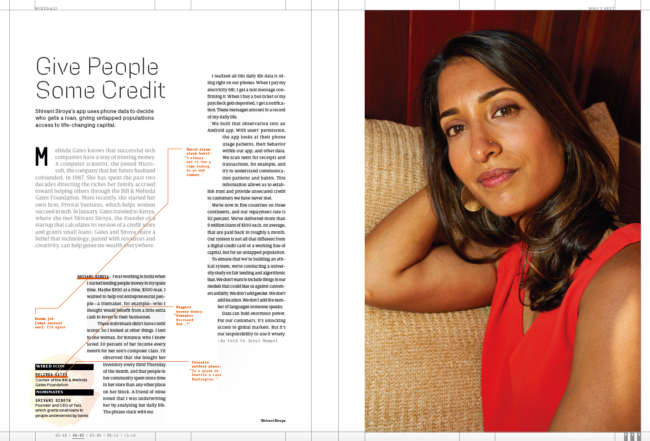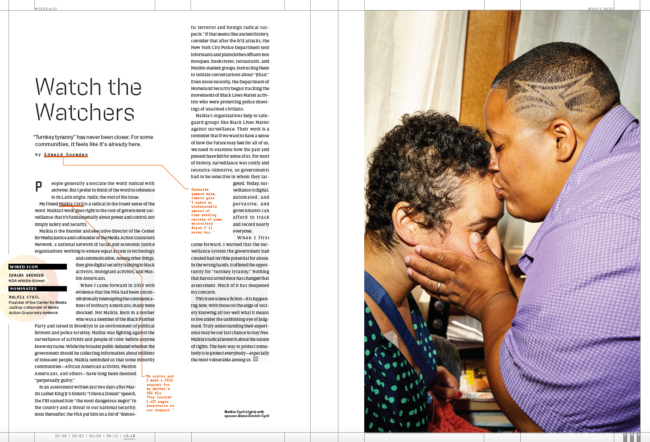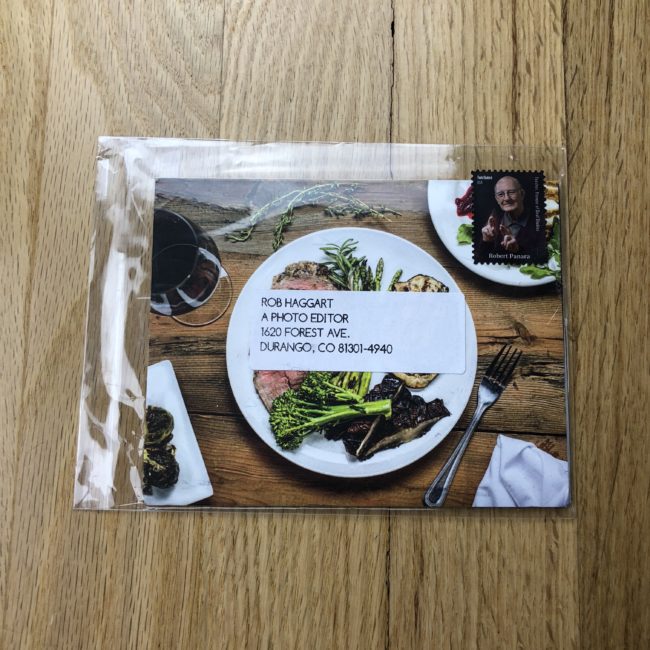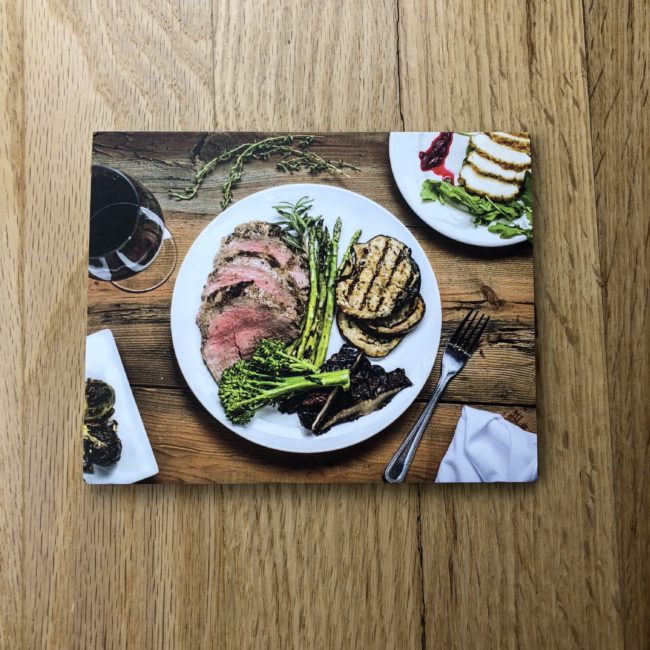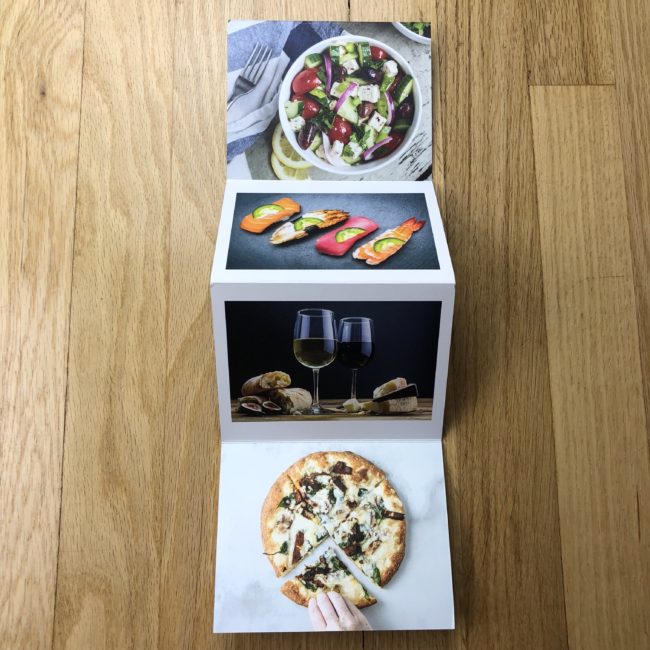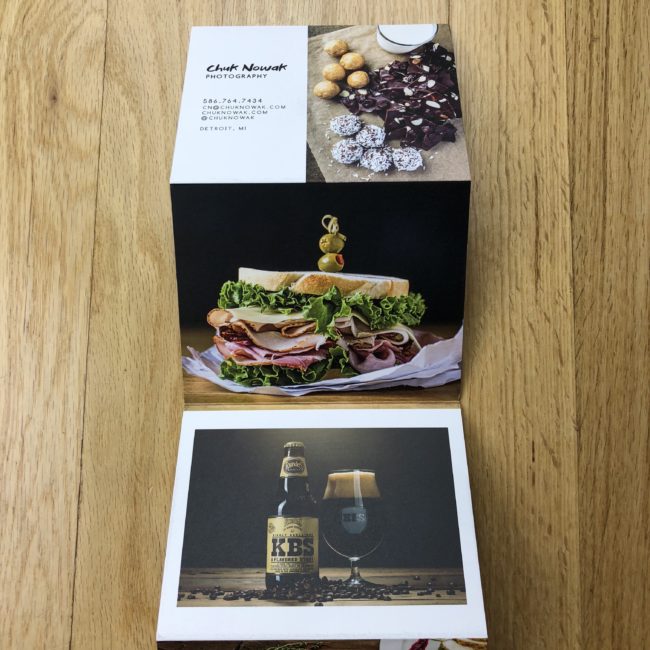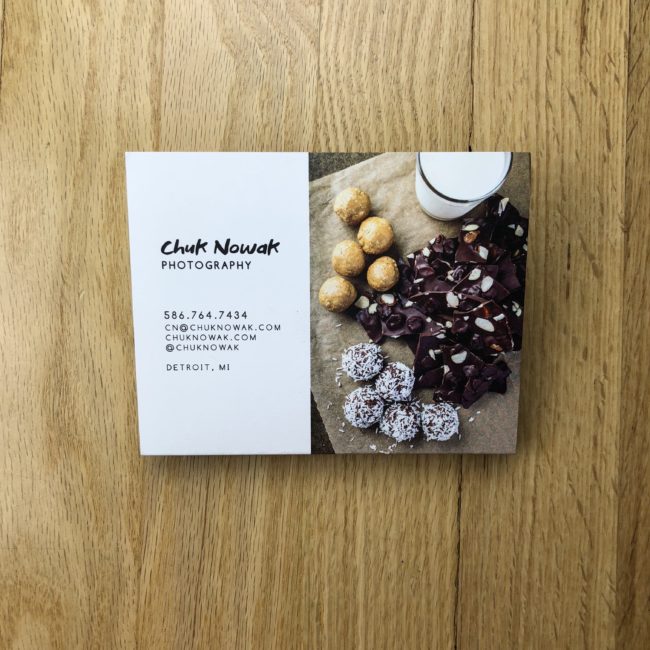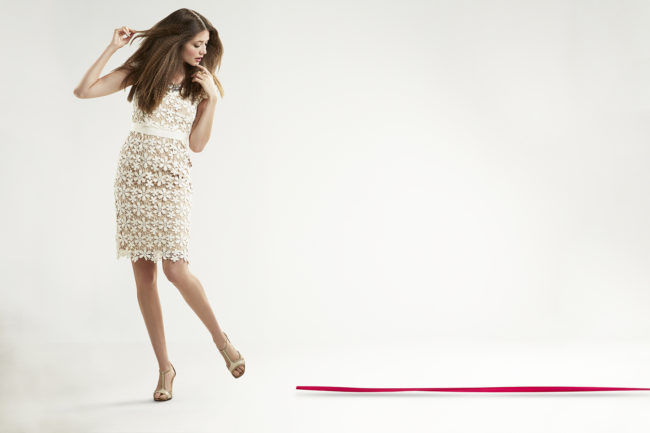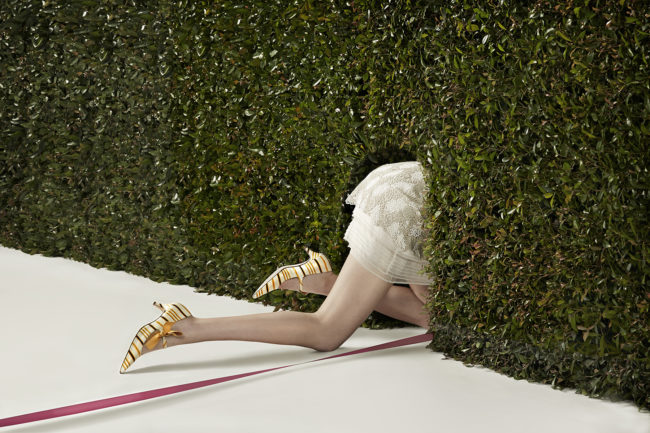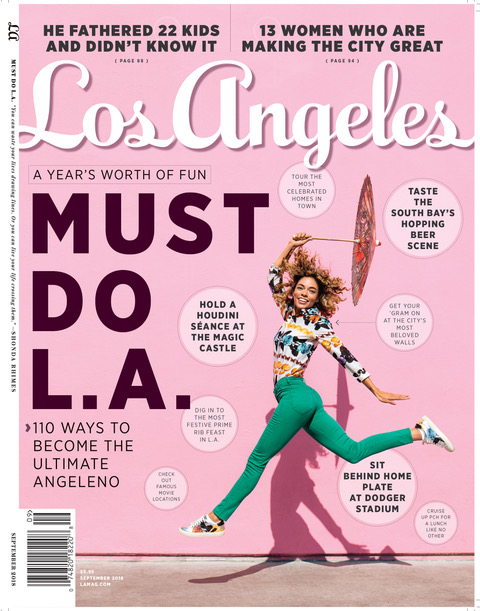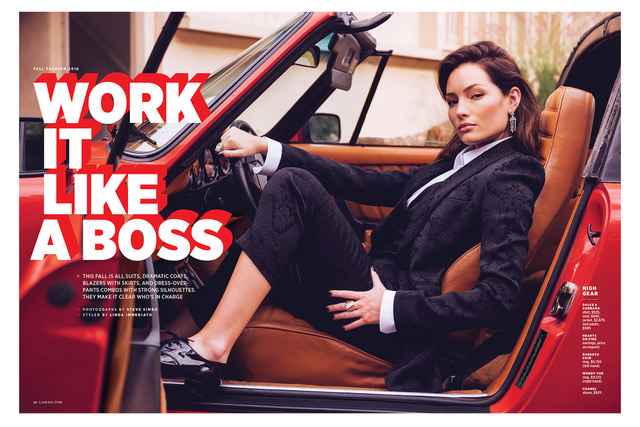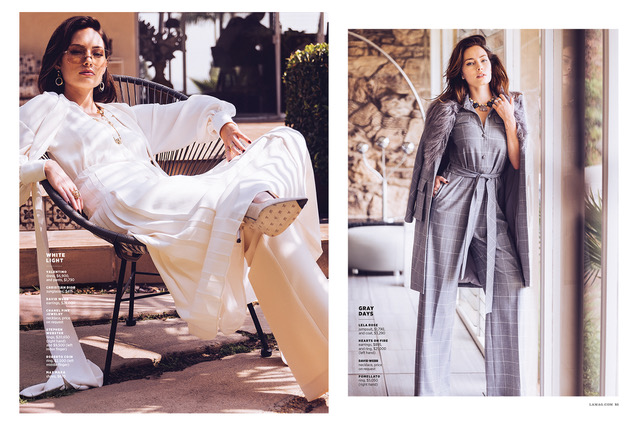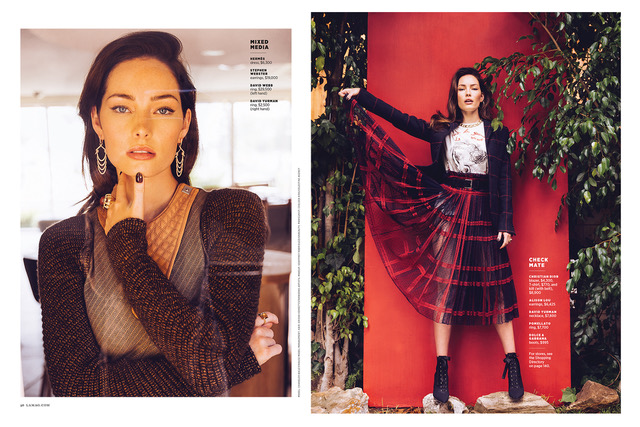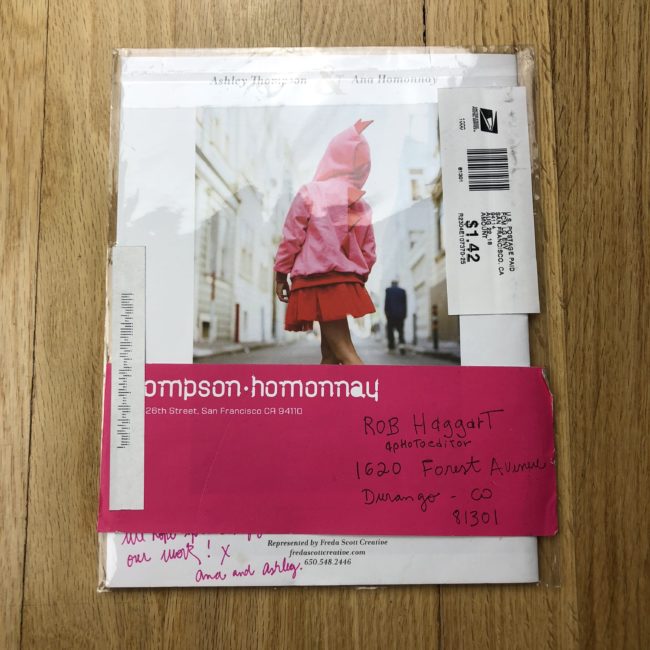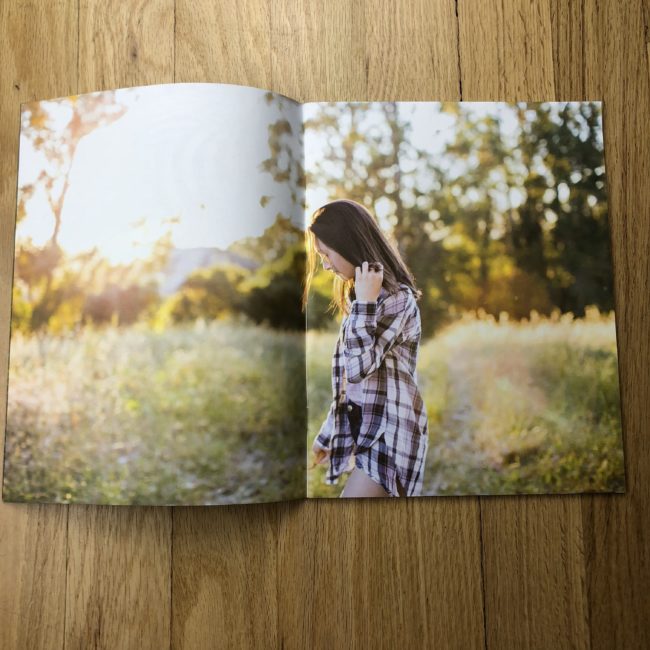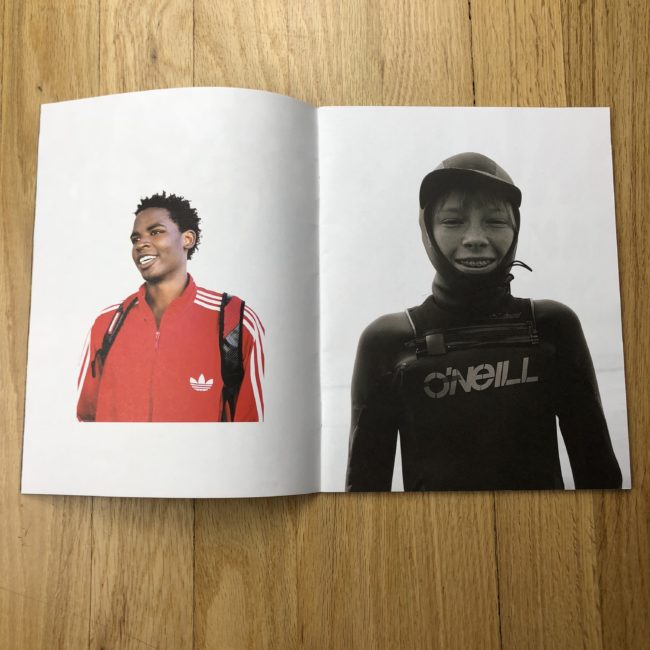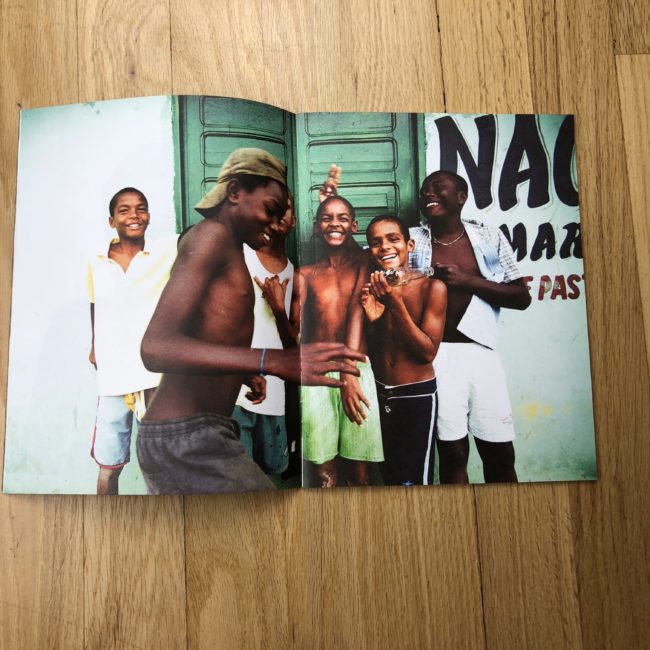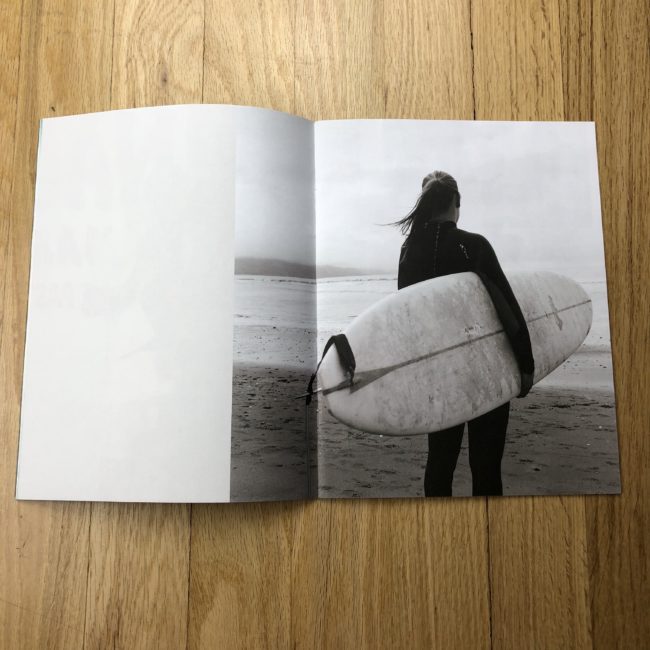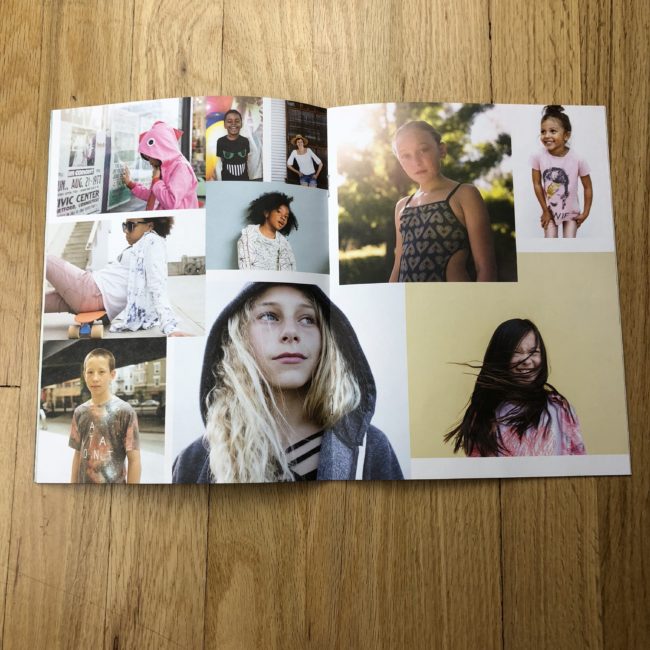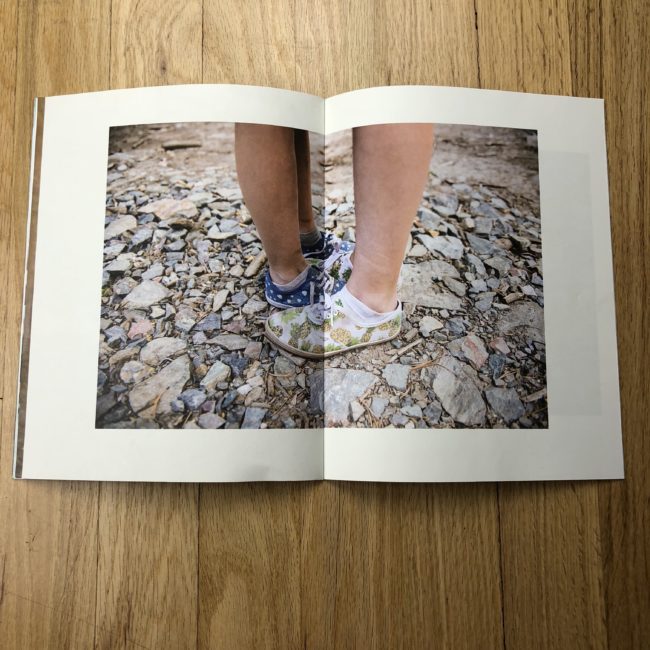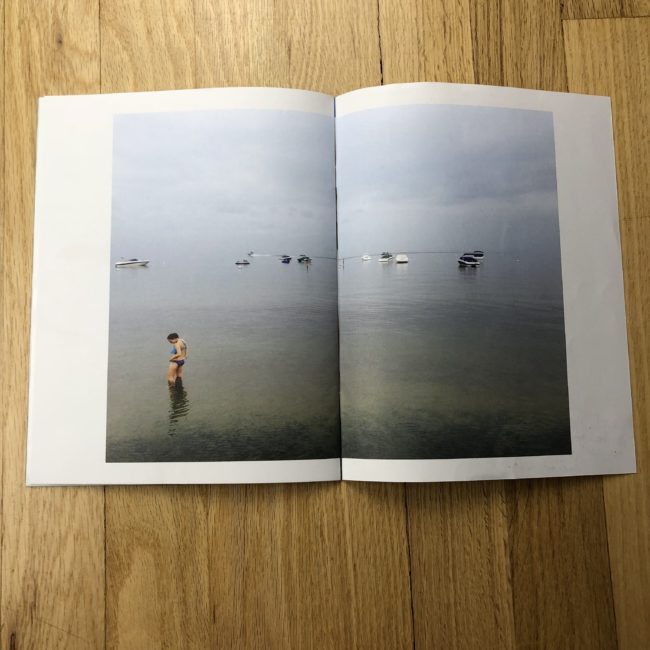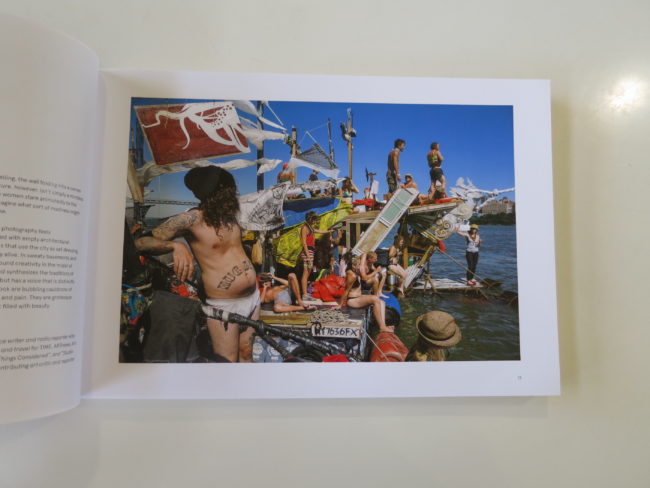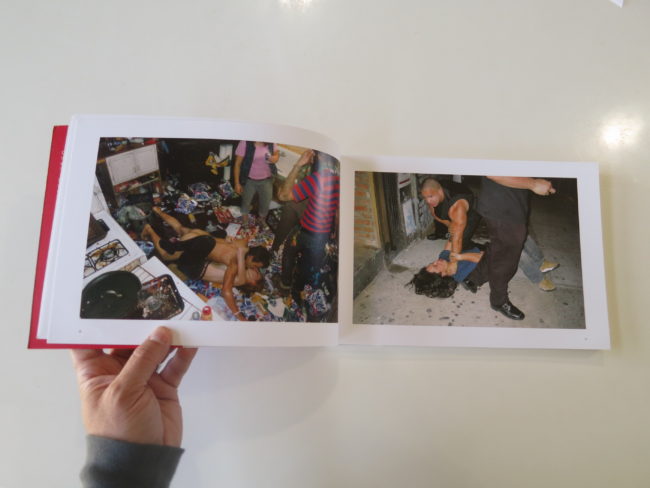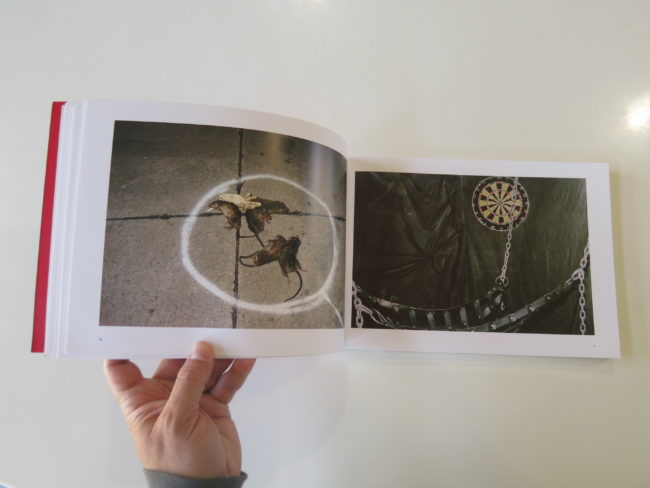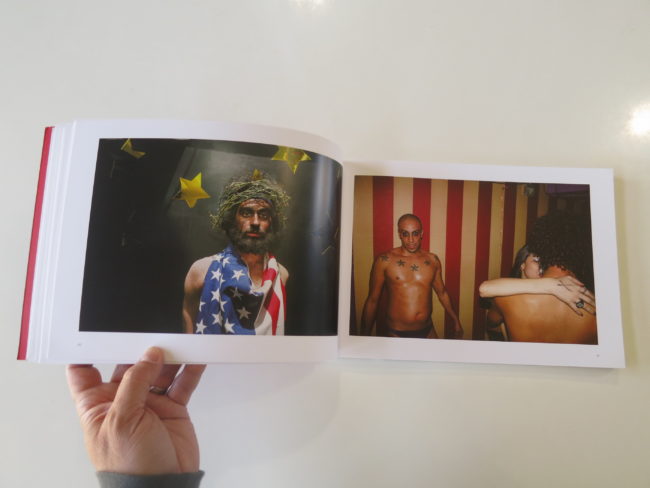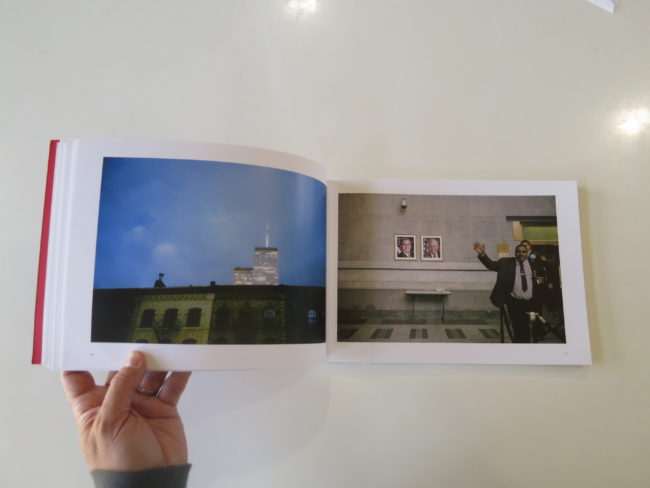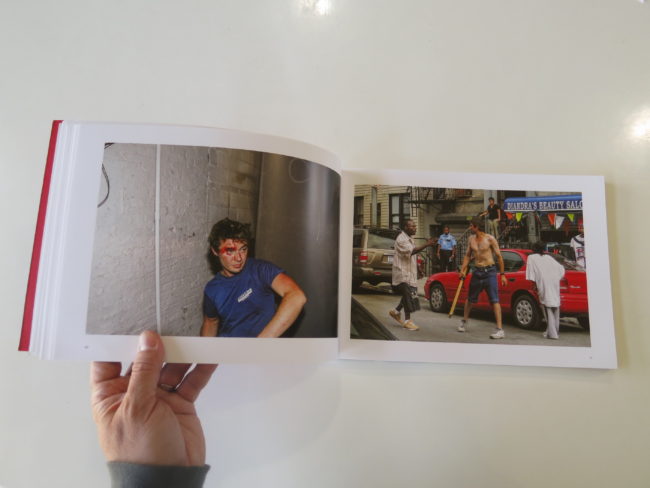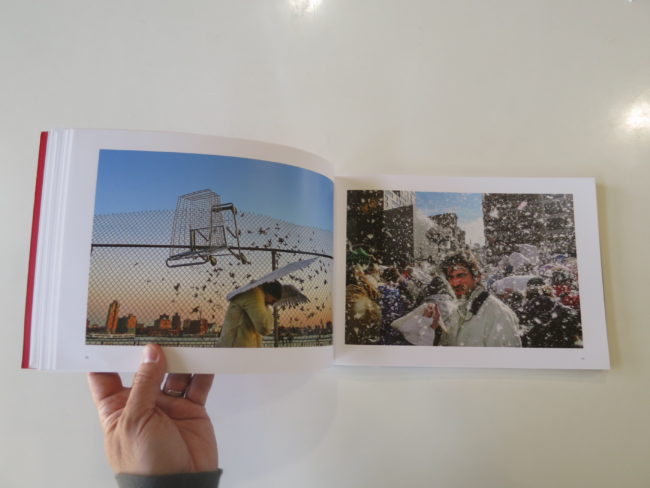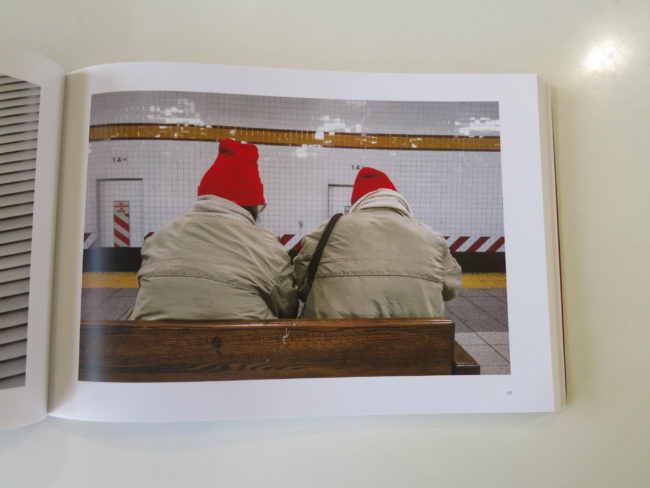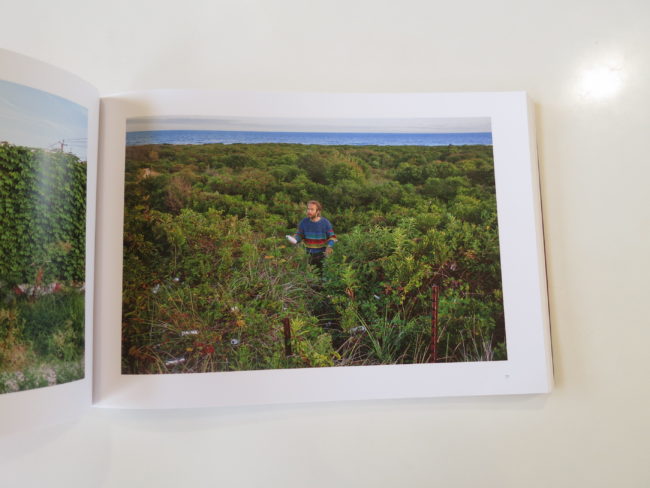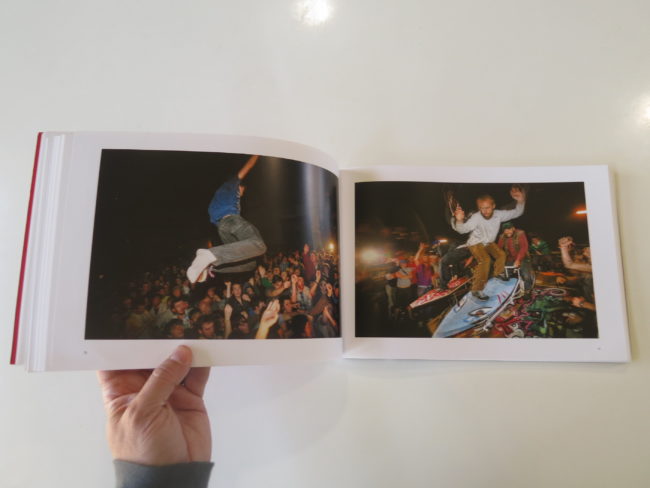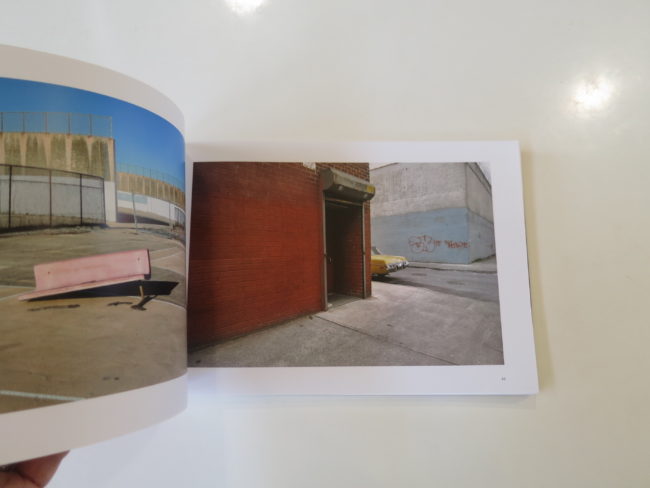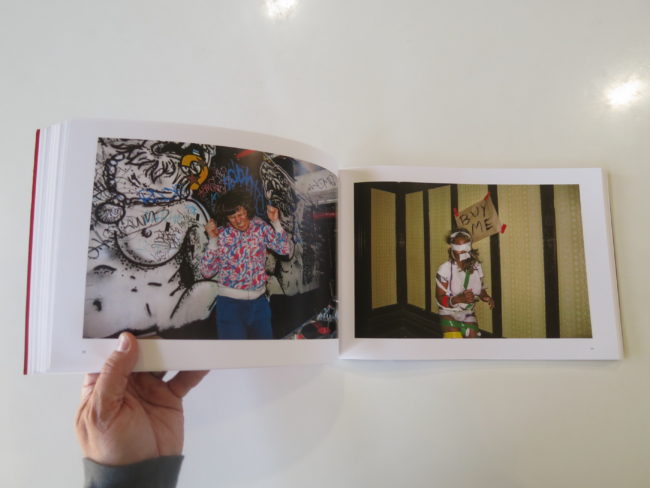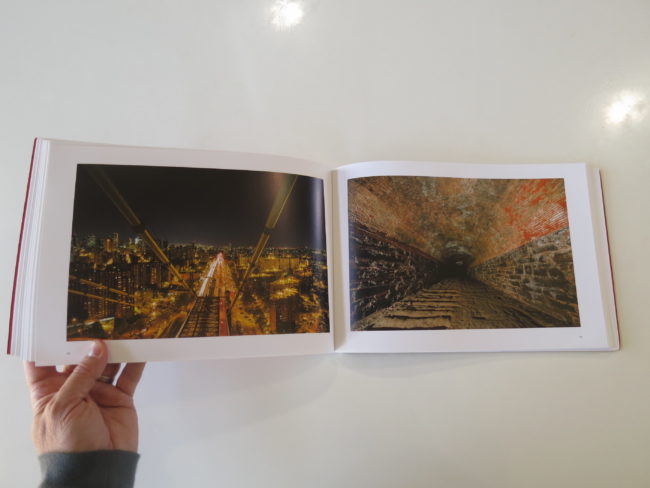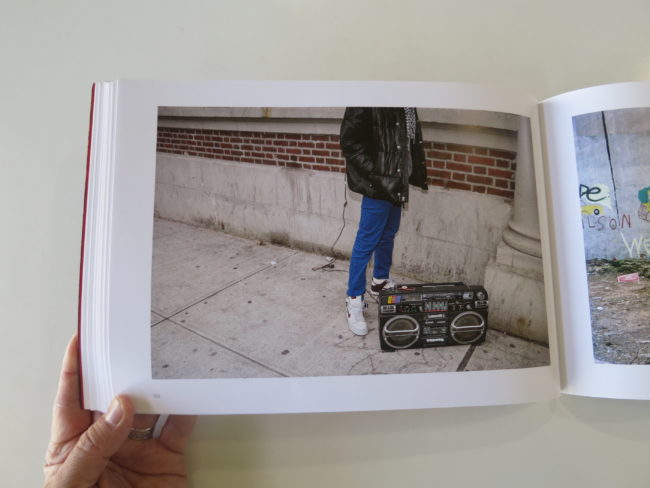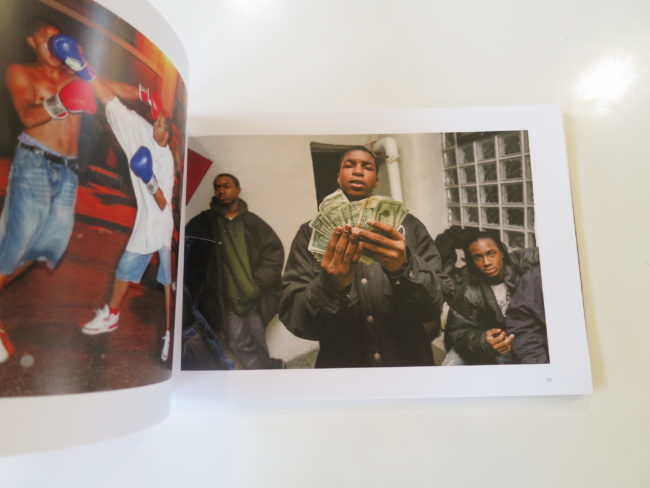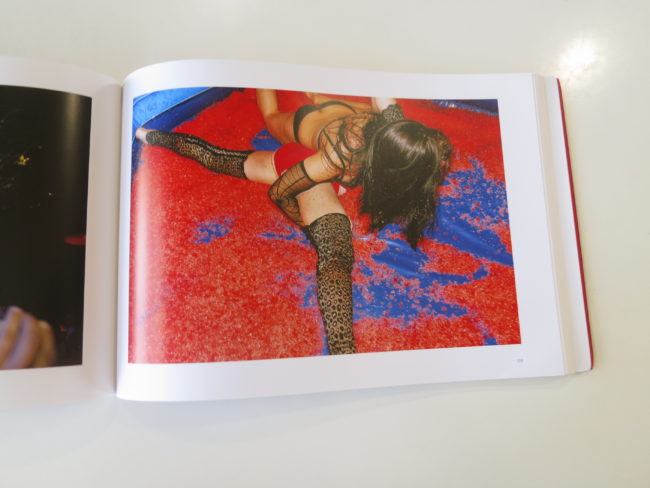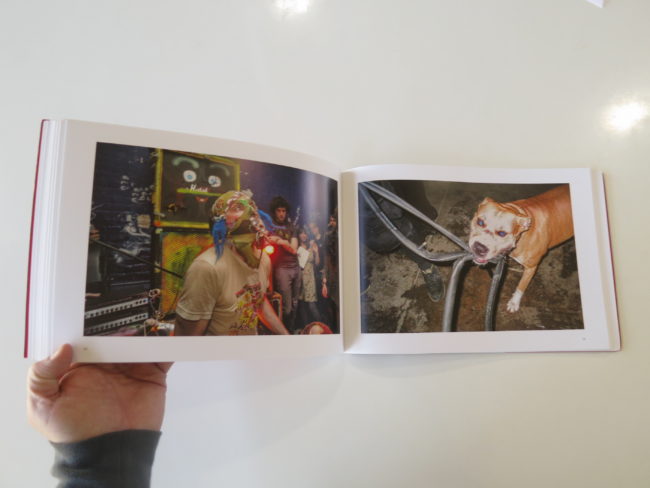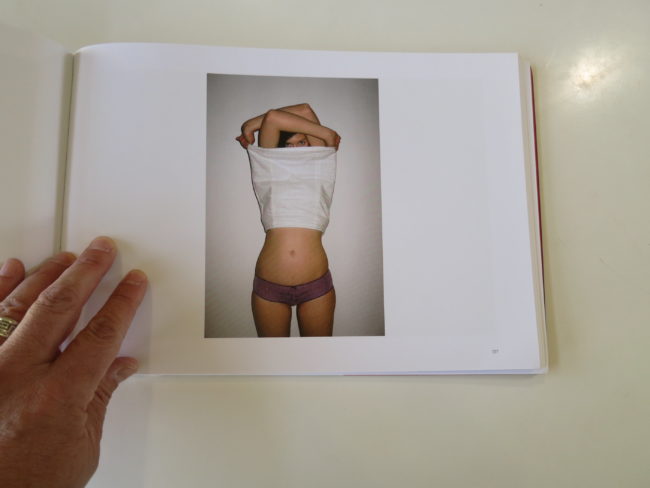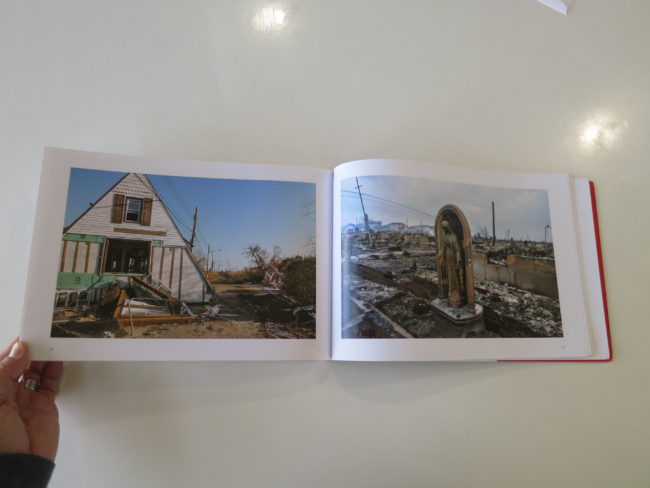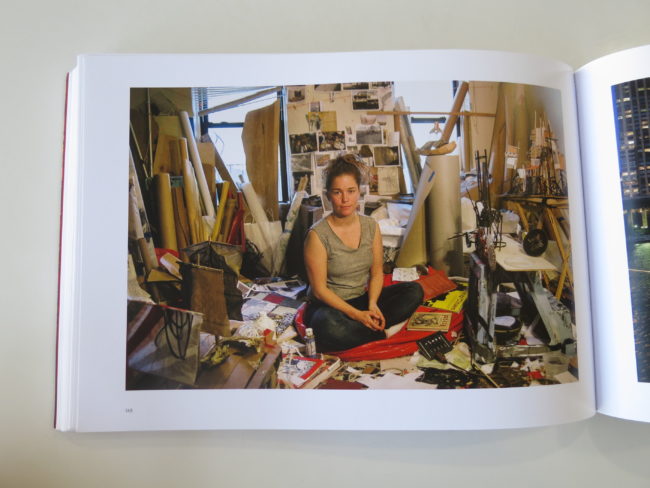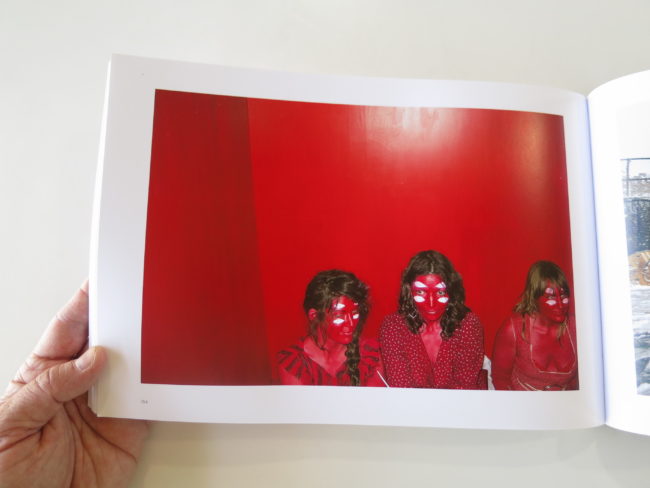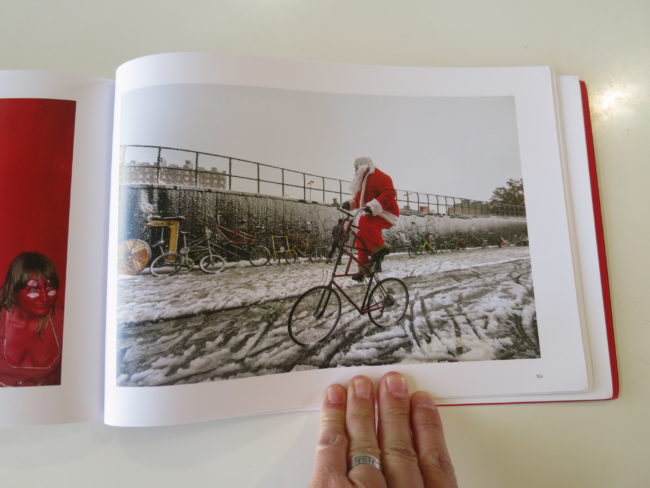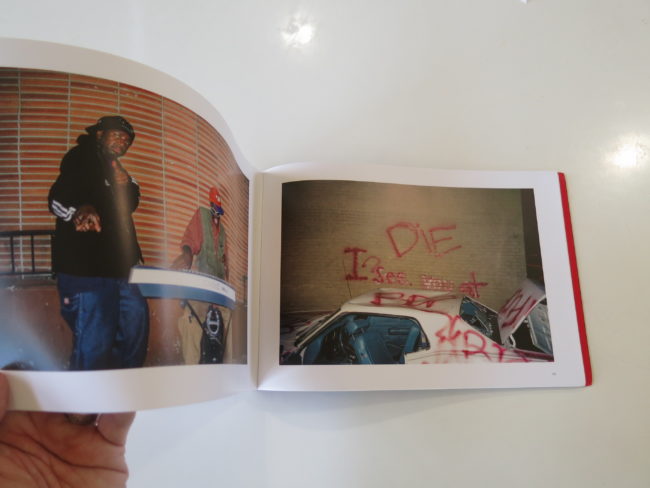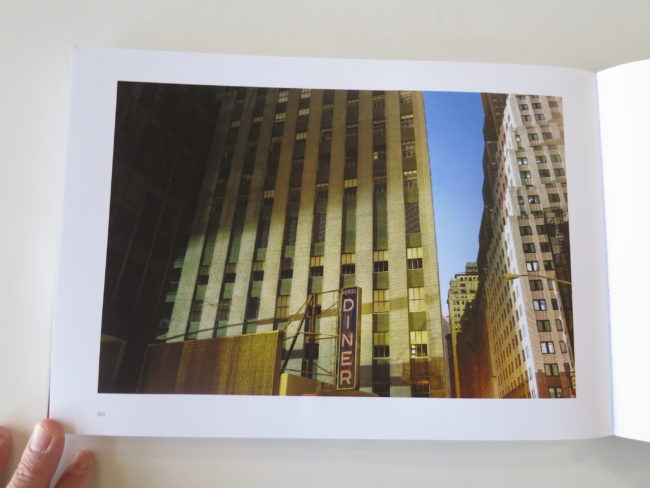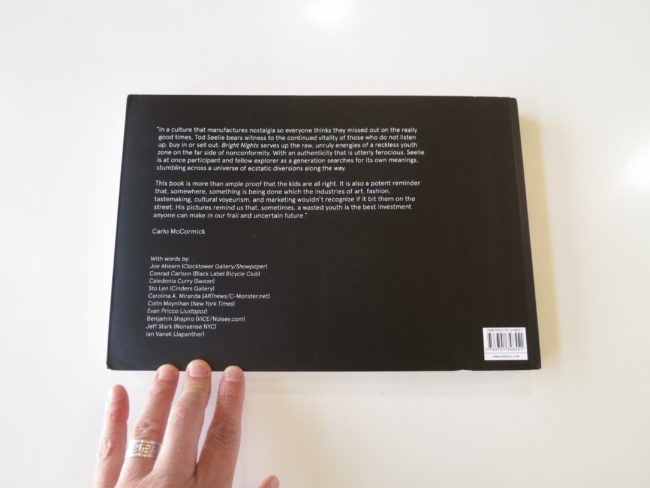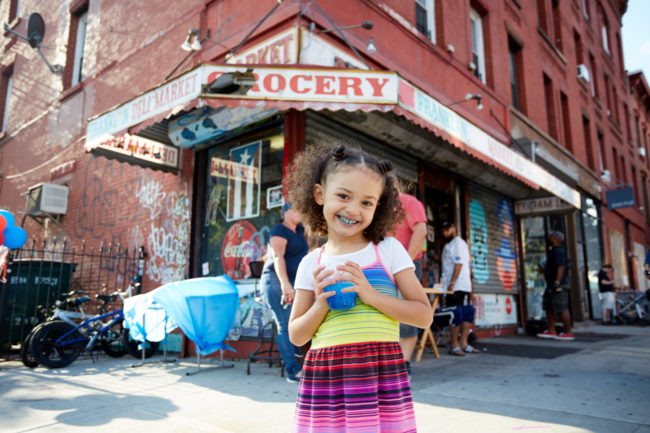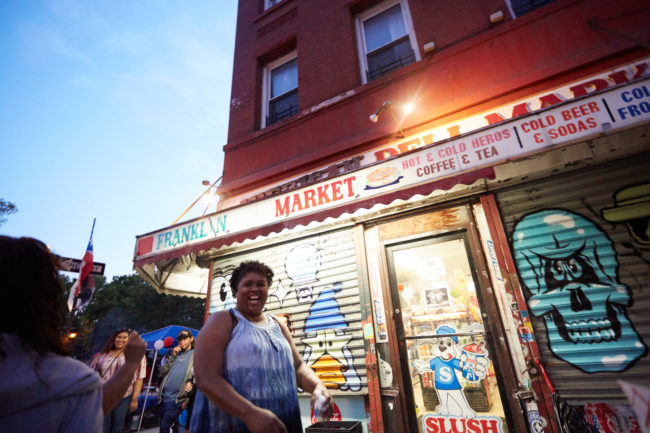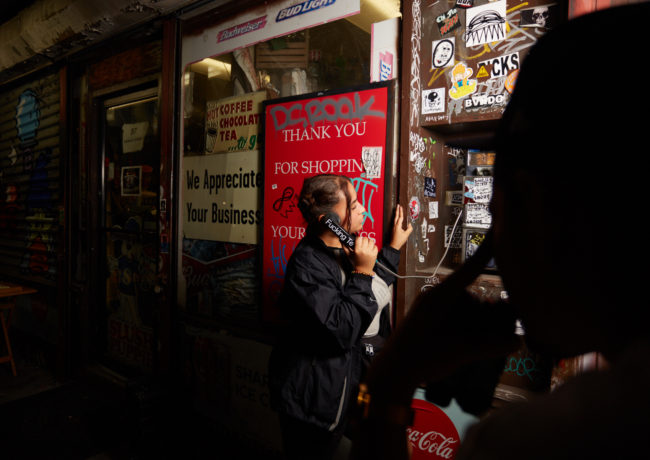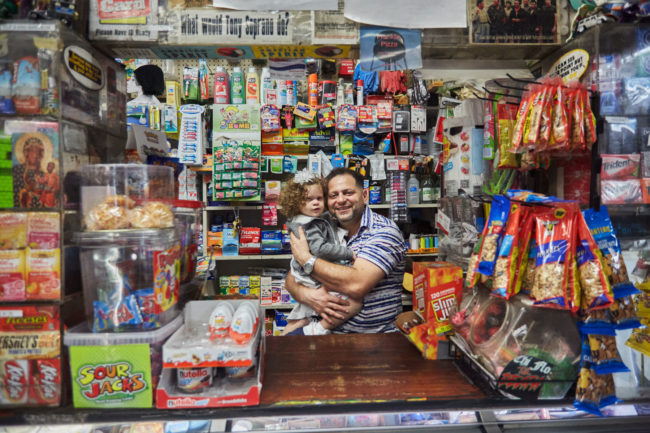Almost everything I write is available for free on the internet.
There are a few exceptions, though.
I’ve written essays for two of Alejandro Cartagena’s recent books, the companions: “Santa Barbara Return Jobs to US,” and “Santa Barbara Shame on US.”
These are limited-edition, fine art books in which the photography was obviously the main draw. The only people who read those pieces bought the book, and then also took the time to read the insert.
(Meaning, not everyone who bought the book. Let’s be honest.)
The ideas in those essays went up behind a paywall, essentially.
So I’m going to pull a few out today, as I think of sunny, hot, alluring California.
Beautiful, majestic, diverse, cool-as-shit California.
You’ll find few bigger fans of the Golden State than I, especially among those that don’t live there. I’m biased towards CA for sure, having lived there for 3 years, and visited more times than I could count, even if I tried. (Maybe 20? 30?)
The Bay Area is amazing, LA totally rocks, and SoCal beach towns are among my favorite anywhere. (They put the Jersey Shore to shame, I’m afraid.)
But writing for Alejandro in 2017, (in parallel with his critical agenda,) I questioned whether California, the laboratory of new American culture, was becoming a 3rd World Country? As I wrote about several years ago here, and for Lens, the homelessness problem is so bad there are essentially permanent public tent encampments now, mini-neighborhoods, and is that really going to un-happen?
Do we believe that any great new public policy will find homes for this increasingly large underclass? Or build fancy new shelters for them, as nice as Trump’s immigrant-kid-jails?
Will a sane drug policy all-of-a-sudden find ways to treat every heroin or oxy-loving junkie?
Of course not.
That’s ludicrous.
This massive disparity between mega-wealth and mega-poverty, mashed right up against each other, is likely to continue. And how long does it take to go from tent city to a full-on favela?
Who hasn’t heard of Brazilian cities where the wealthy only travel by helicopter?
Is that in California’s future as well?
Like I said at the outset, I love California. Hell, I love America, even though we have some serious problems at the moment.
Since I was a young child, it was inculcated in me that this society was ultimately a melting-pot, where people from all over the world came to live next to each other in peace, and try to make a better life for their children, and their children’s children.
I still believe America is Great, I honestly do, but this place has its challenges.
Chief among them right now is sorting out income inequality. If the American Middle-Class Dream of self-autonomy, in a safe home, with enough leisure time to enjoy your children, (or your friends,) truly goes away, then Banana Republic status will follow here in the US for certain.
I know it’s an odd way to start an article about the excellent, fantastic LACP Exposure portfolio review that I attended in July. Ranting about the striation of lifestyle in a State I’m also trying to rave about.
I get it.
But this column, as I recently admitted, is an extension of my art. And a photography festival is attended by artists, who are in general open-minded, critical thinkers.
You, the audience, know that there are no black-and-white situations.
California, in this case the West Side of LA, is among my favorite places on Earth, and I can still notice what’s wrong with the picture. (Have I been a critic too long?)
For example, in my few days staying a the excellent Hotel MdR in Marina Del Ray, tooling around Venice/Santa Monica, (and once traveling to Studio City,) I saw more $$$$ worth of automobiles than the entire annual GDP of Taos County.
I must have been $10,000,000 of cars.
Easy.
(Including one sweet Ford GT.)
That money is massive, but my summer-camp friend Russell, with whom I reunited for some beach time, showed me a homeless encampment in Venice, along the boardwalk, that was always there now.
As far as Exposure weekend goes, and the beautiful Marina Del Ray community in which it was set, I had one of the best experiences yet, and I’ve been on the portfolio review circuit for 5 years straight.
I’ve got to give credit where it’s due, and Exposure is currently produced by Sarah Hadley, who was one of the co-founders of the Filter Photo Festival in Chicago. This is her second go-around, and she really knows what she’s doing.
Along with Brandon Gannon and Julia Dean, at LACP, the team was super-responsive to some feedback they got about the 2017 festival, and worked hard to improve upon the experience.
The hotel was 2 blocks from the marina, with the sun glinting off the boats and the water, and surrounded by restaurants, bars, shops, and of course a Ralphs. (The beach was just up the road too.)
The staff there was super-professional and friendly, the outdoor area overlooked a beautiful pool, (So SoCal,) and the reviews were run smoothly as well, with all the participants up-to-speed on how to present themselves, and how to handle the 20 minute meetings.
Not only that, but people left the tables promptly, there was always coffee and snacks around, both for the reviewers and participants, and the weather was bang-on-perfect. (Low 80’s. The heat wave that left town as I arrived ravaged New Mexico while I was styling in LA.)
When I complimented the participant preparedness to my colleagues, in a recent phone call, they gave credit to their super-star instructor, Aline Smithson, who lead the charge on getting people ready. They’d all done their homework on their reviewers, had the right amount of work to show, asked questions and listened to answers.
Really, it was a 10 out of 10 experience, and to have that happen one year after I was open in telling them (behind the scenes,) that there was work to be done on their young event.
This time it was a smash. Great food. Nice parties and events.
And I taught a full-day workshop with the most amazing, intelligent, thoughtful students. (One of whom I was able to profile in an NYT piece last month.)
As usual after an event, I’m going to show you selections of the best work I saw at the LACP Exposure portfolio review. It’s in no particular order, and we’ll feature all the artists today. (Back to book reviews next week.)
We’ll start with Susan Turner, as I became fascinated with one of her projects at the portfolio walk on Friday night. (Side note: they organized a social mixer with reviewers and reviewees poolside afterwards, which was a nice touch.)
I didn’t know I’d be reviewing Susan the following day, but next to a larger project of generic, soft-focus, dreamy-pretty pictures, she showed me this kooky, zany, super-fun series in which she’d made cut-out backdrops, and shot portraits.
The two projects truly looked like they were made by different people, and Susan, who is in her late 70’s or early 80’s, I believe, seemed to like that I appreciated her more subversive side.
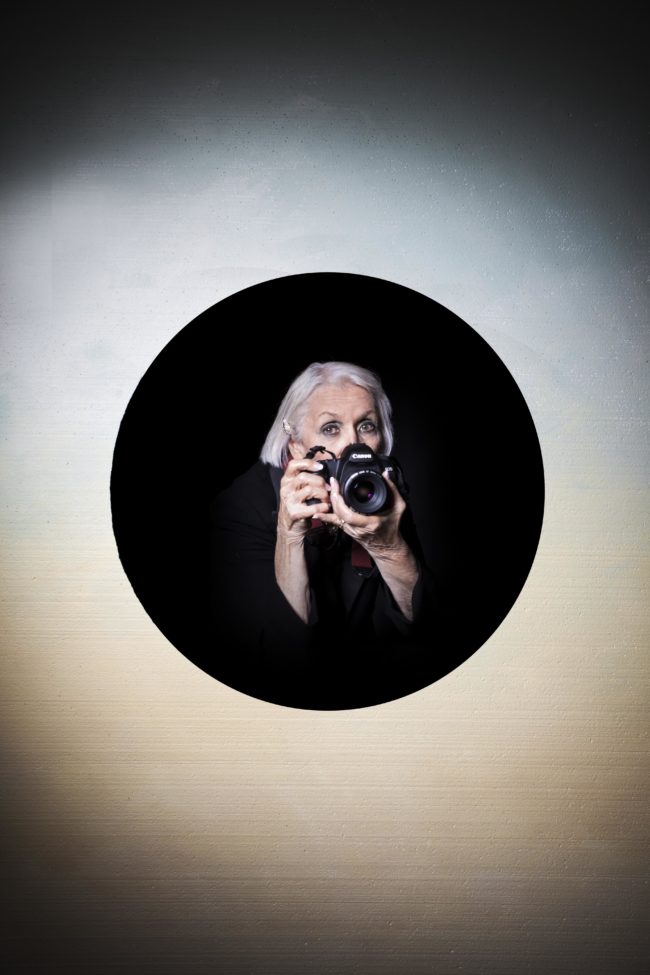
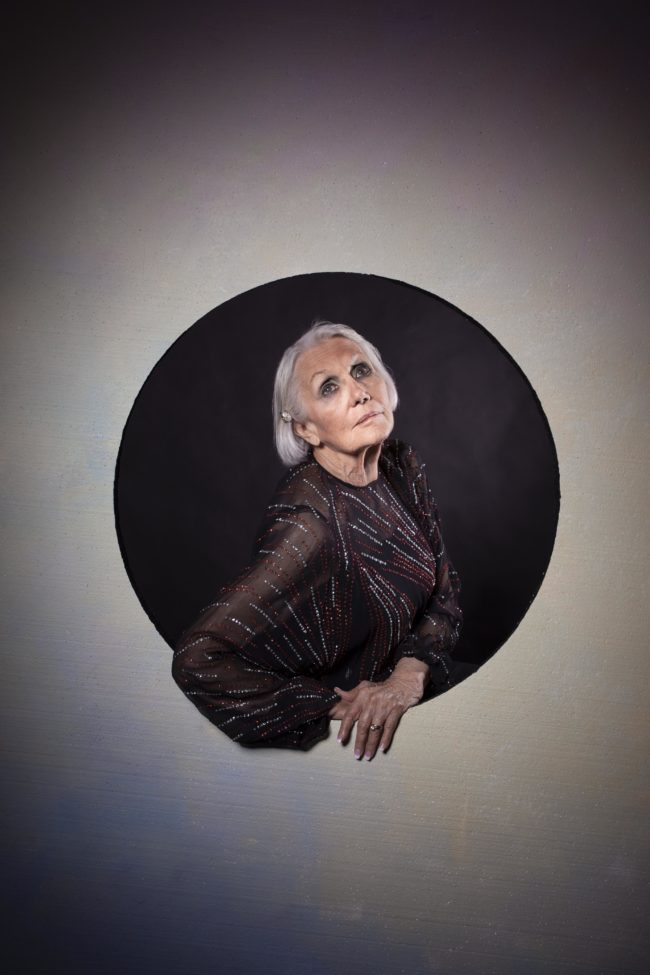
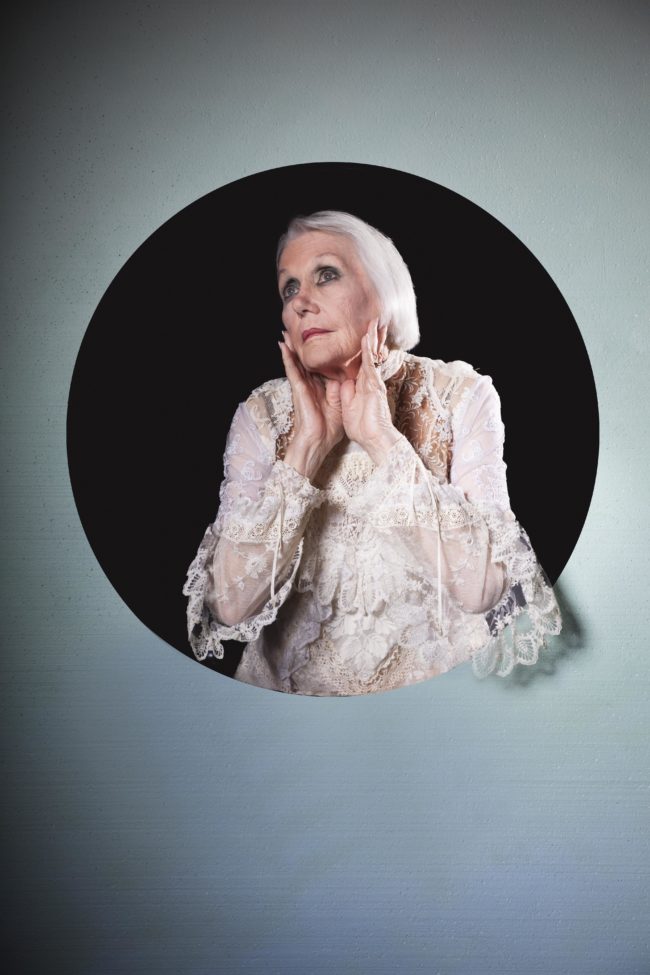
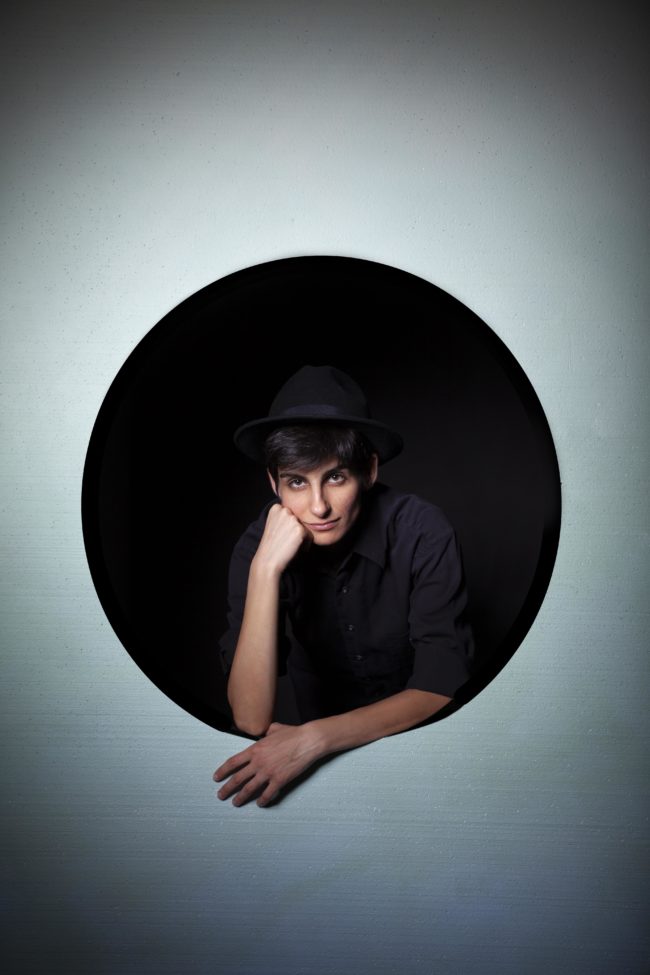

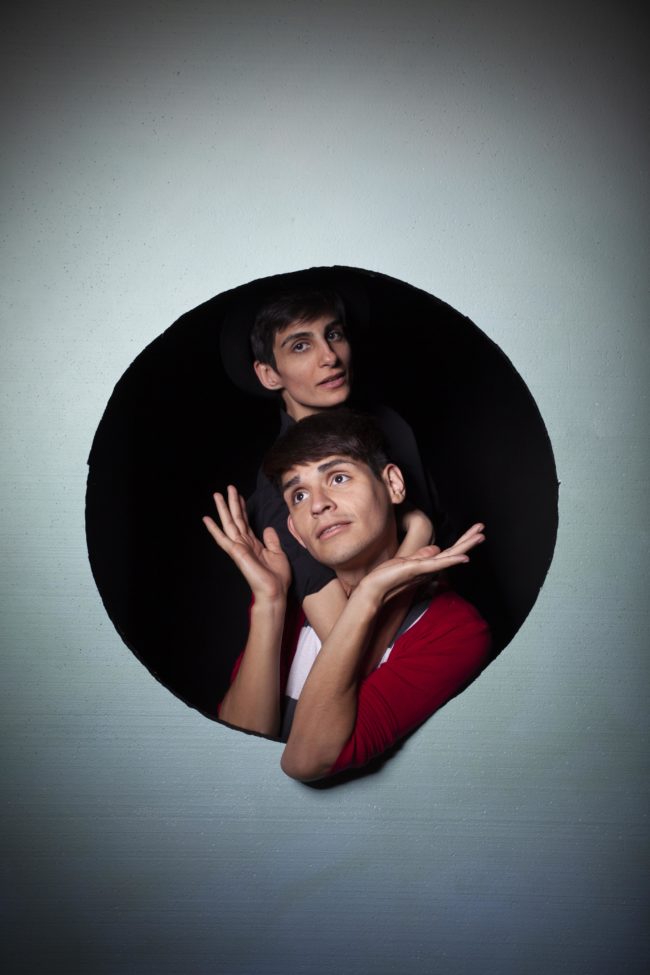
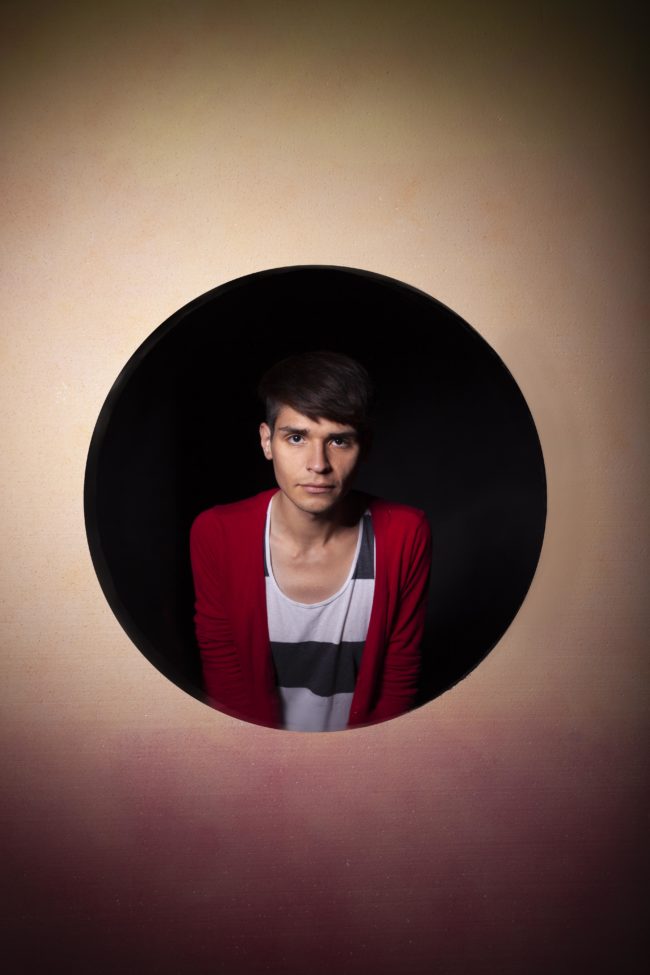
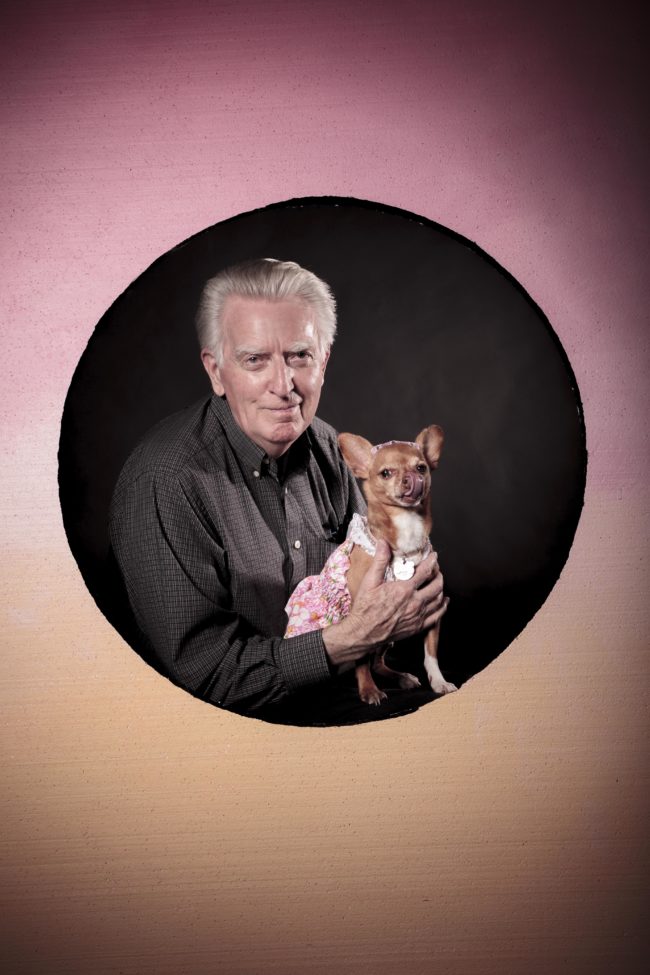
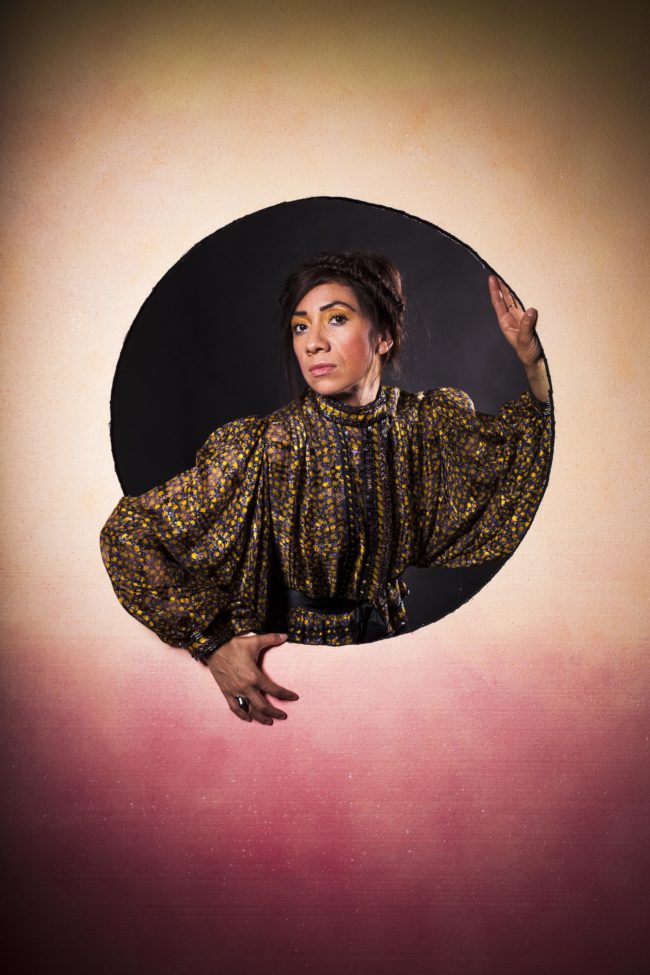
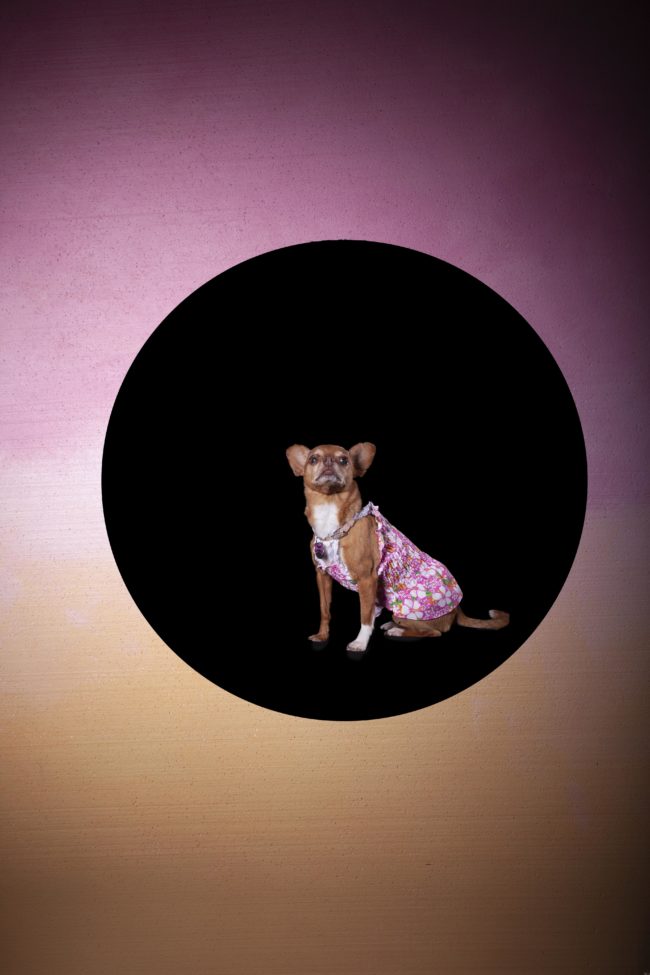
I almost met Mahala Mazerov on the plane from Albuquerque, as I overheard her saying she was headed to a portfolio review by the beach. (If you don’t know, Marina del Ray, Venice and Santa Monica make up the West Side beach communities in LA.)
I recognized her immediately when she sat down at the table, and she told me a challenging story of having had an accident in which she suffered a traumatic brain injury. The rehab was long, and as someone who was on the high side of intelligent, the struggle was torturous.
Luckily, she found photography gave her comfort as she worked her way back. These images of flowers, of beauty in its pure form, exude extra juice when you realize they’ve been a part of her re-embrace of her powers and faculties.
And she mentioned in a subsequent email that was so good I want to quote it, re: her symbolic resonance.
“If lotuses growing through mud are symbols of purity and pristine awareness, these hollyhock, growing in drought through cracks in the pavement should be a symbol of persistence.”


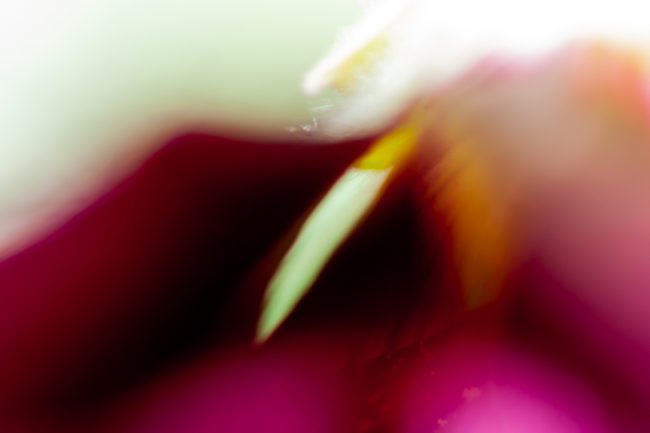


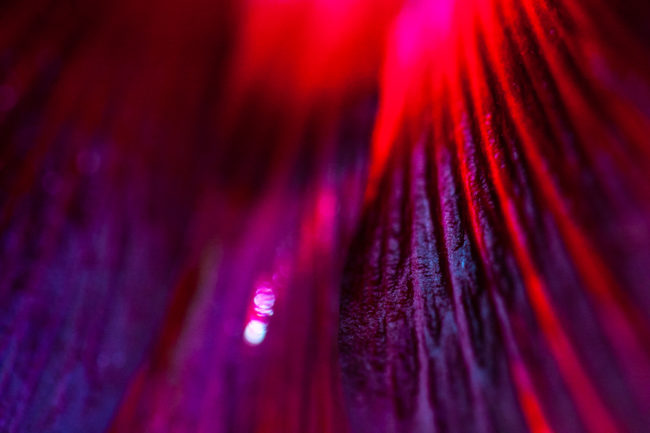

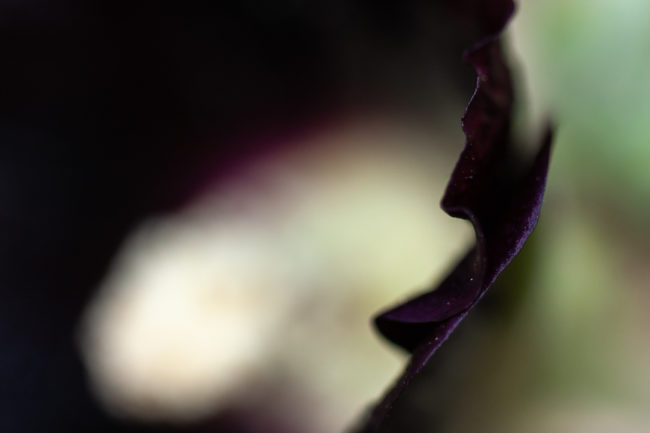
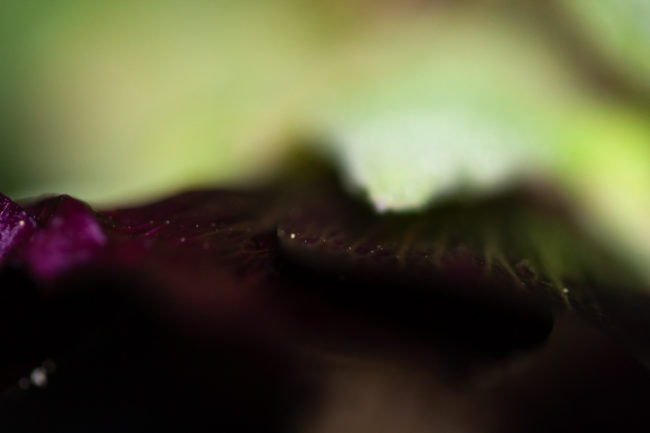
Wayne Swanson had digital pinhole images of outmoded technology. It was the second project he showed me, as once he figured out that I didn’t love his first project, he pivoted to something else that I totally appreciated.
Seriously, these pictures are awesome.
But it’s a good lesson on how to approach a portfolio review, and why Wayne was representative of a cohort that had been well-prepared.
Art is subjective. Sure, there are base-level components about technique, for example, about which most people would agree.
In general, though, different experts can have wildly different opinions. If someone hates one thing and loves another, it’s a win. (It doesn’t matter that they don’t like one of your babies, as long as they like another.)
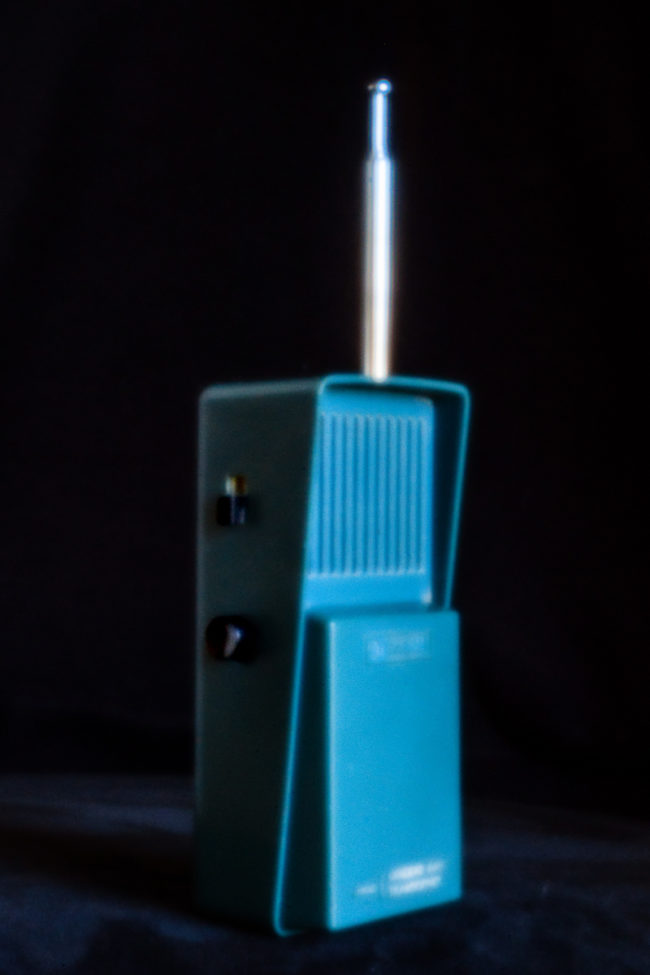




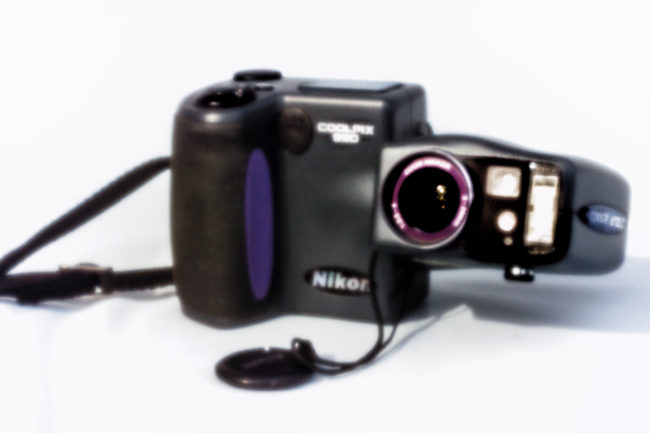




JK Lavin, from Venice, has been around the SoCal photo and art scene for years, as she went to Cal State Fullerton in the 80’s. She sat before me with flaming red hair, and I’d guess she’s in her late 50’s.
Her project showed a younger version of herself, in a stack of scanned and reprinted polaroids. It’s a proto-selfie project, as she shot herself each day for 8 years.
The images are great, of course, but the experience of looking at them while sitting in the presence of the artist added an even deeper dimension. The project will be a solo show at the Griffin Museum of Photography in Massachusetts, I’m happy to share, and deservedly so.
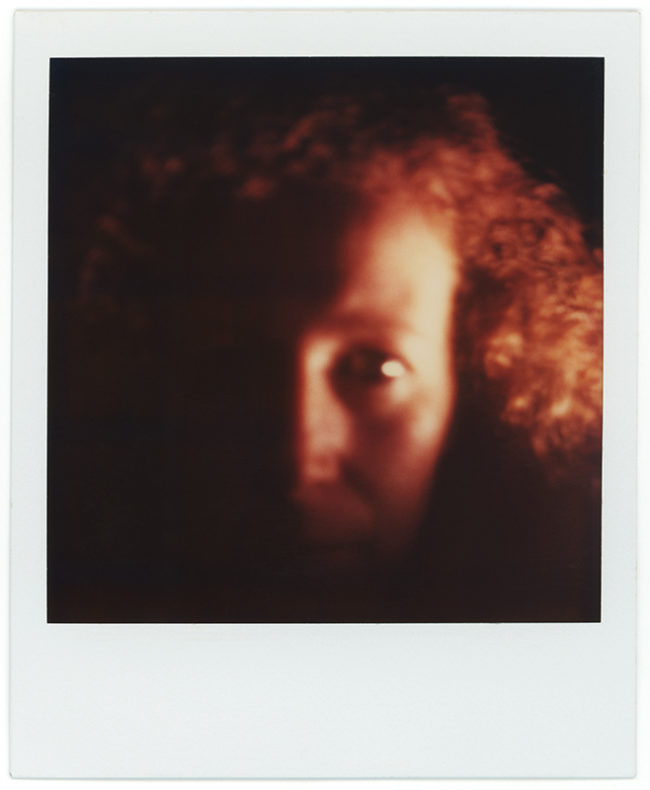
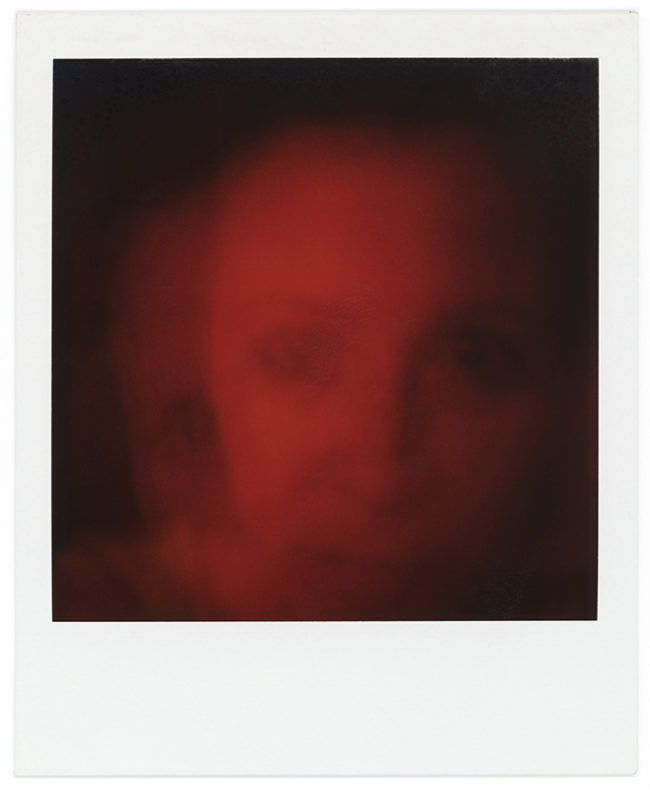


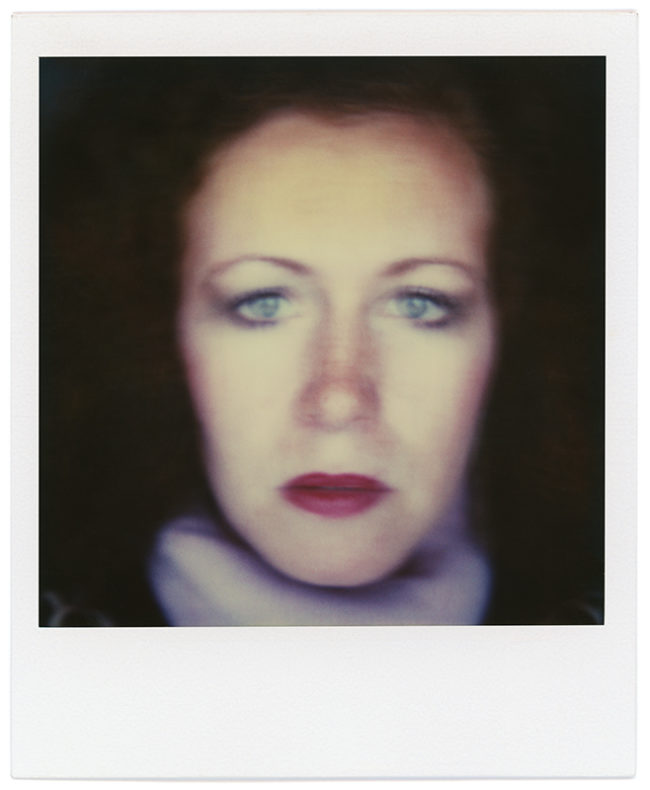

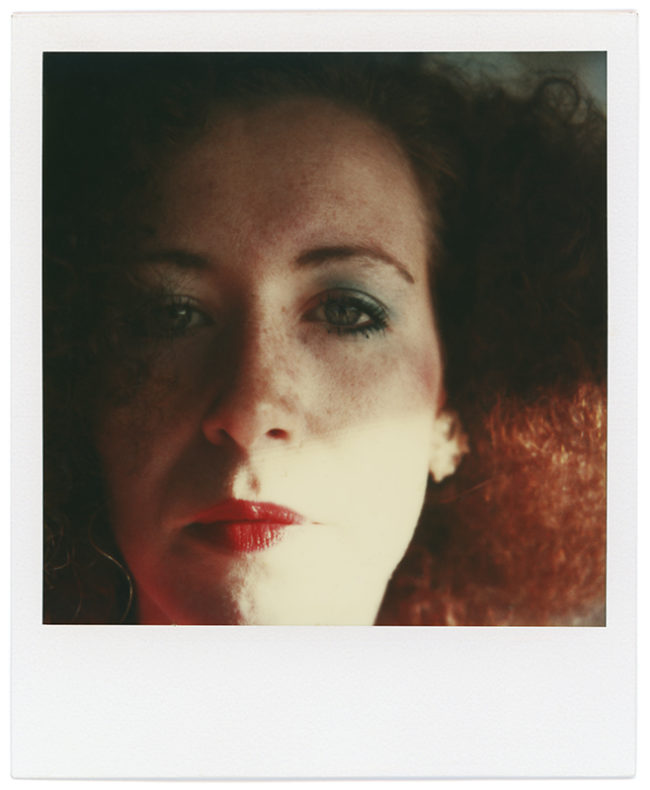

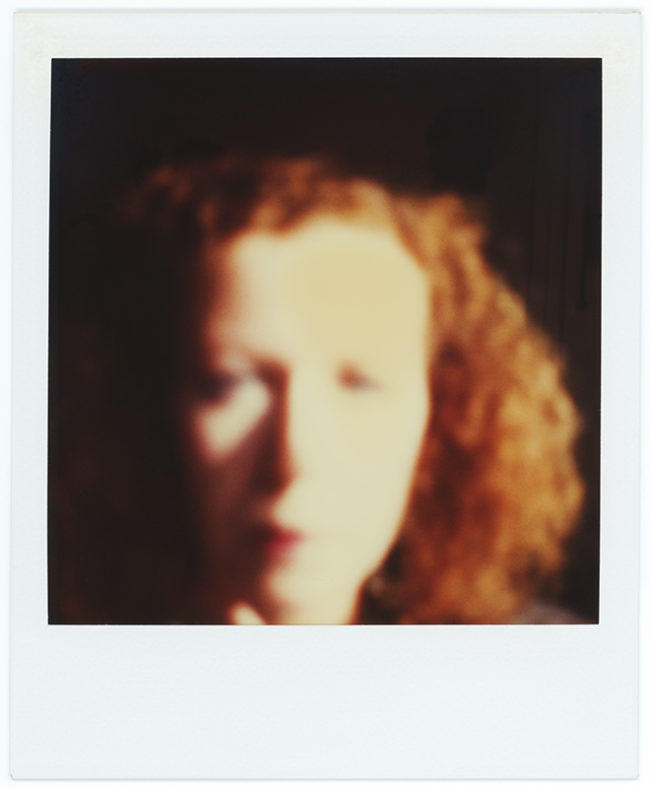
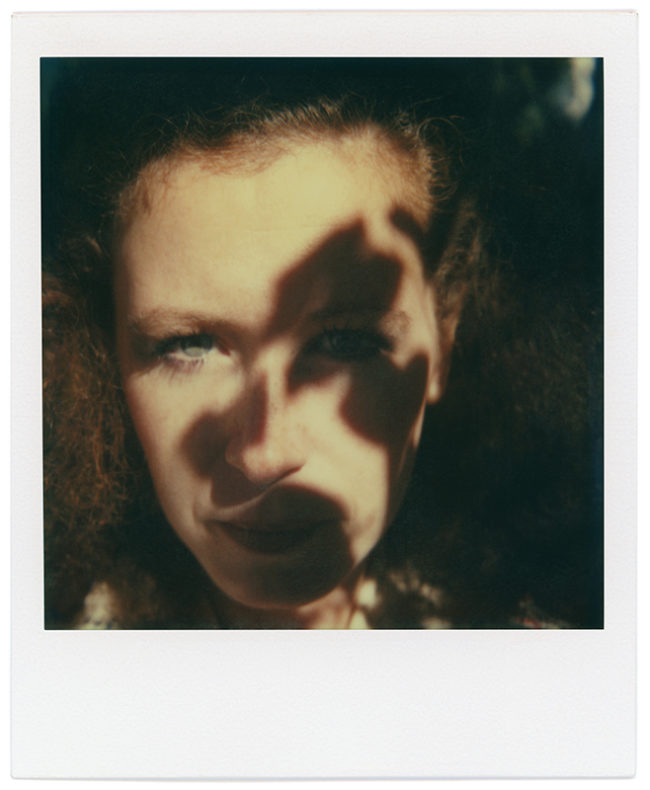
Dennis Keeley heads up the photo department at the Art Center in Pasadena, and was a very cool, chill, California guy, I must say. He told me that he commutes from the South Bay up to Pasadena, North of the City each day, which is a form of self-torture most would not inflict upon themselves for any amount of money.
But time in the car is a huge part of life in a driving, traffic-based culture. So Dennis decided to use the stressful situation to make art, and has photographed the commute for years. The resulting photographs are far more meditative than I expected, which I suppose reinforces that they help him find something positive in an otherwise shitty situation.
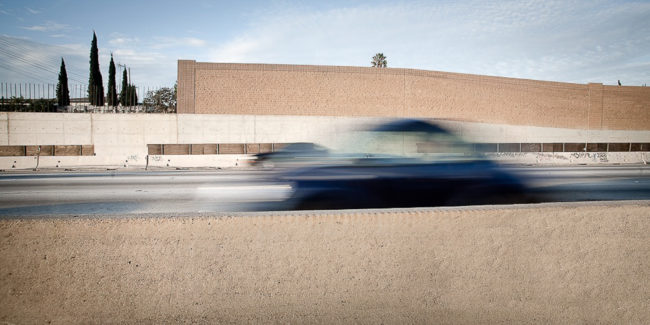

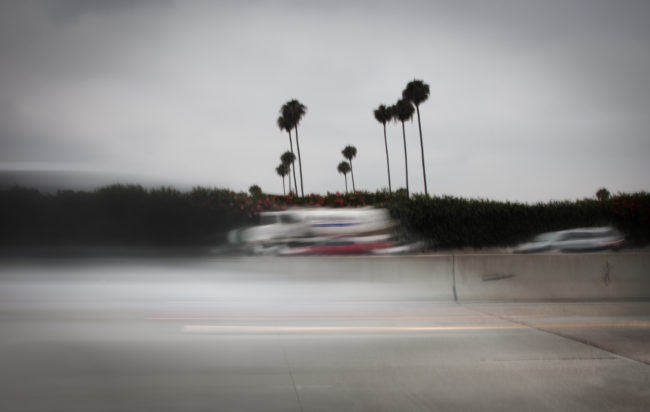
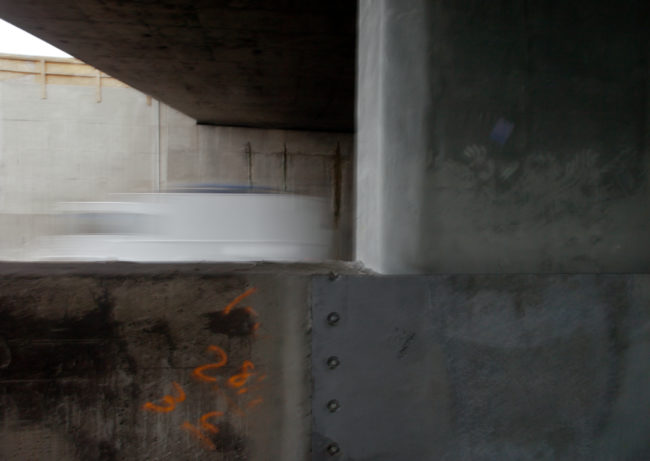

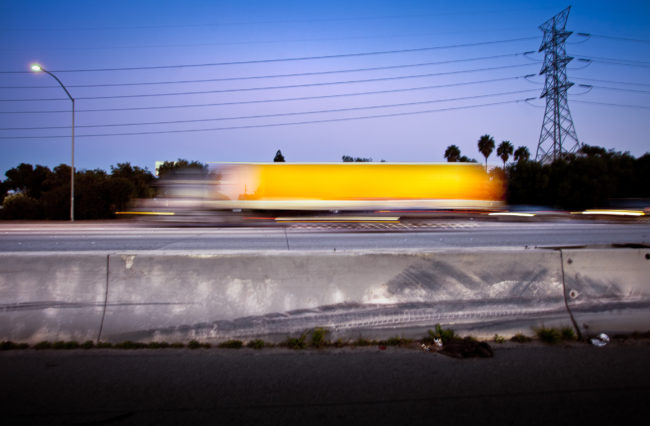
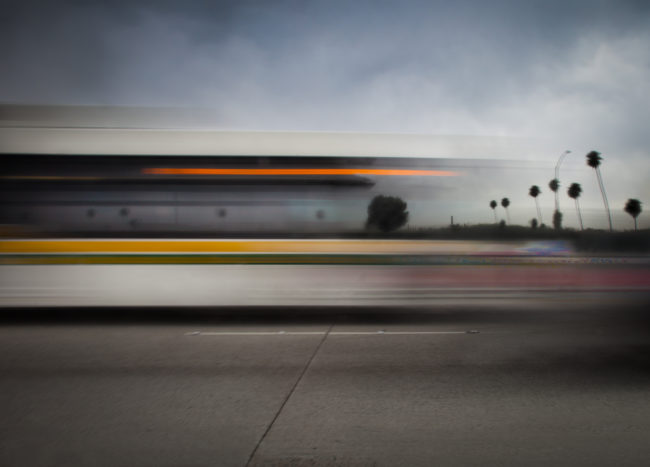

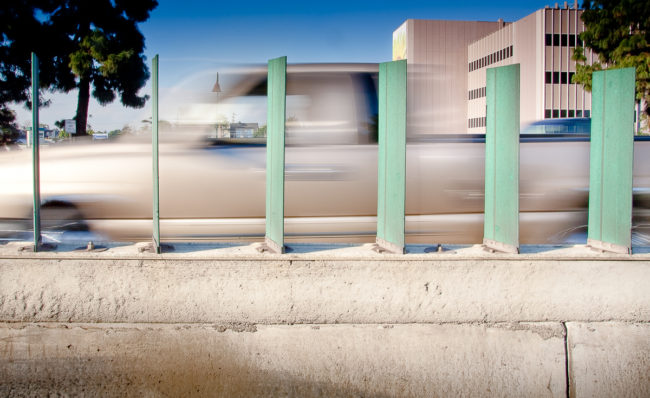


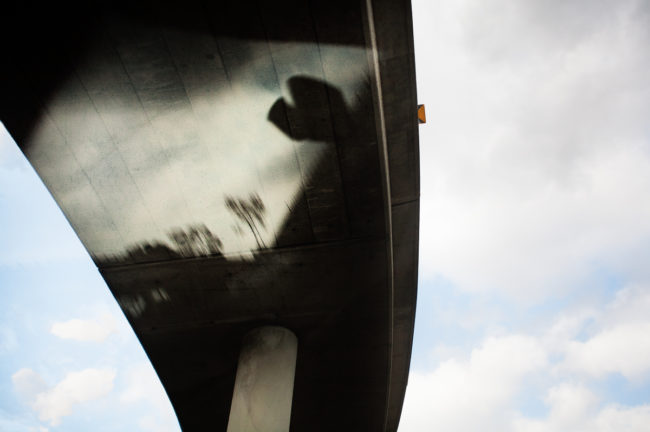
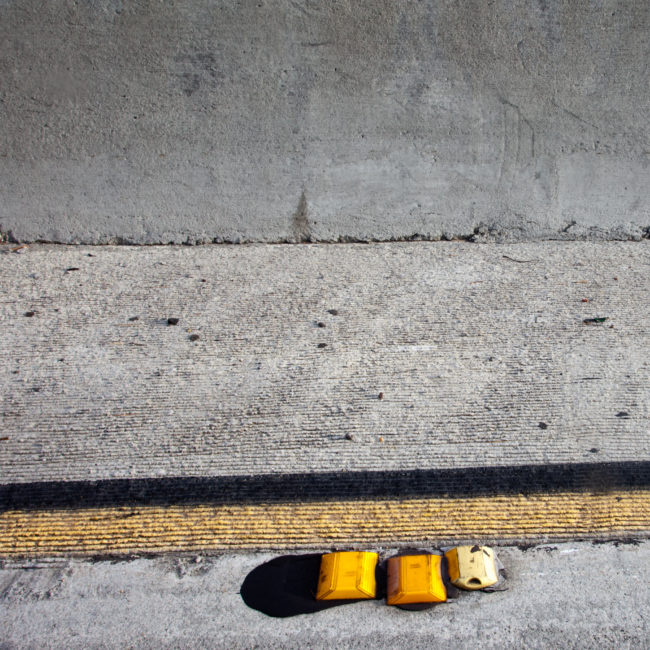
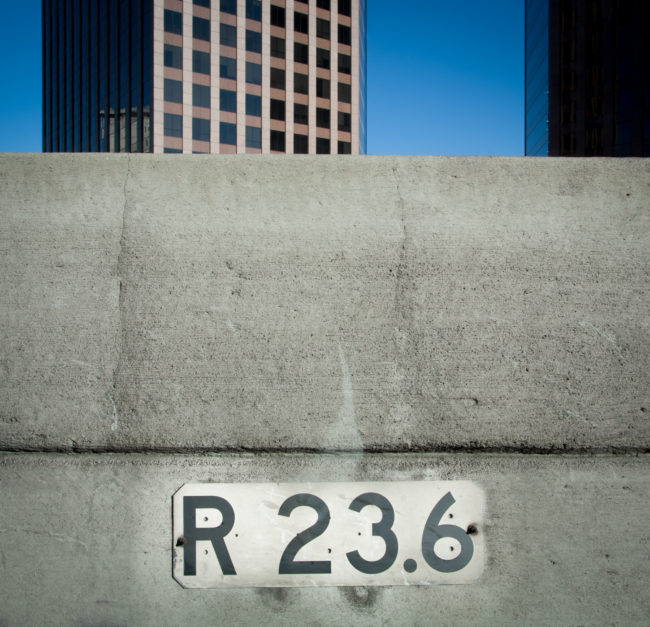
Kevin Weinstein, who also works for LACP, (and should have received a shout out sooner in the article,) sat down at the table to show me his colorful, Saul-Leiter-esque street photographs around Los Angeles.
Kevin is also a professional editorial and event photographer, and his skill-set really shows. The technical competence grounds his sense of whimsy, and I must say I like the pictures a lot.
Plus, he’s hilarious. What is it with those Jews and humor? You’d think they invented Hollywood or something.
(Oh, right.)
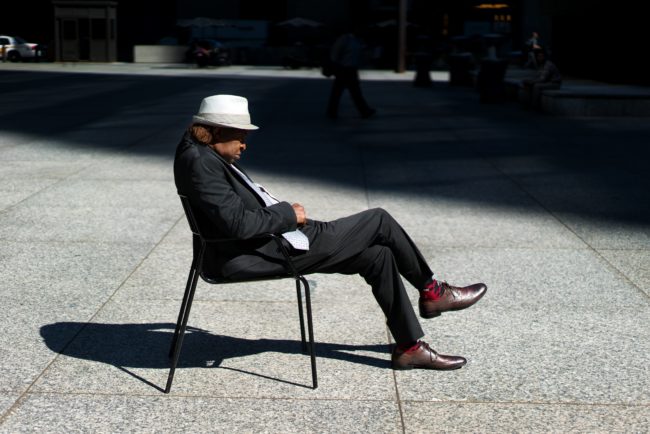

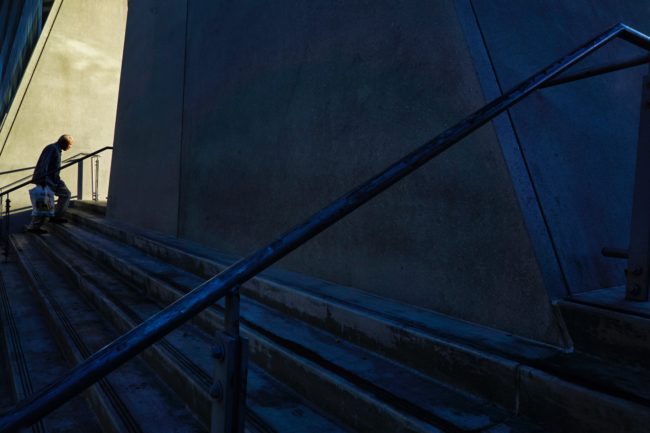
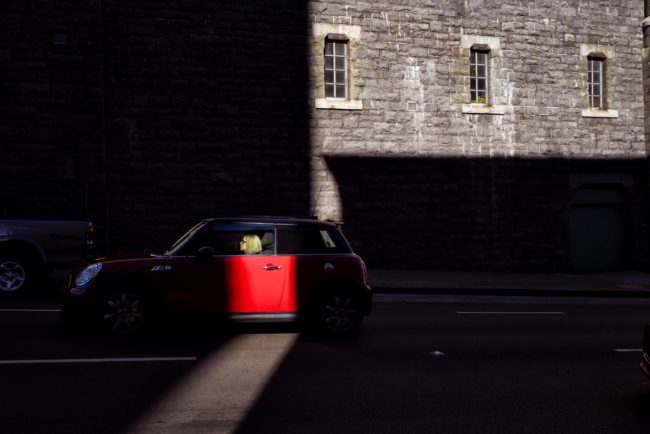
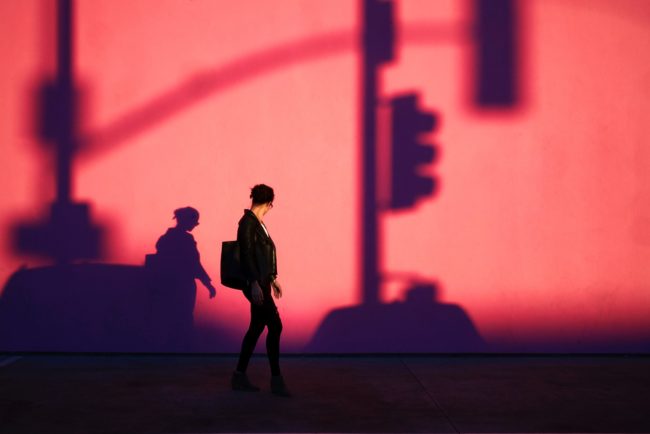

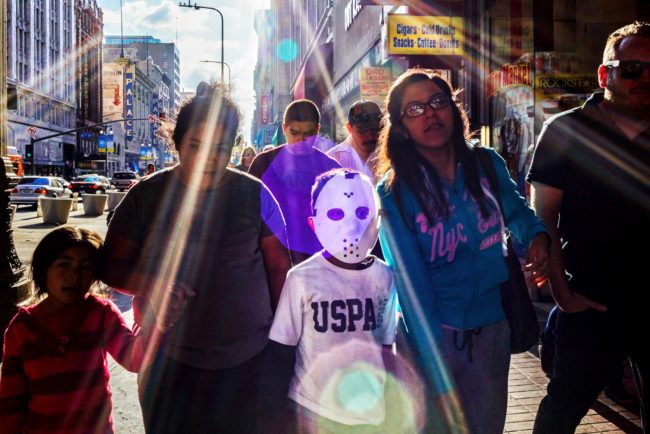
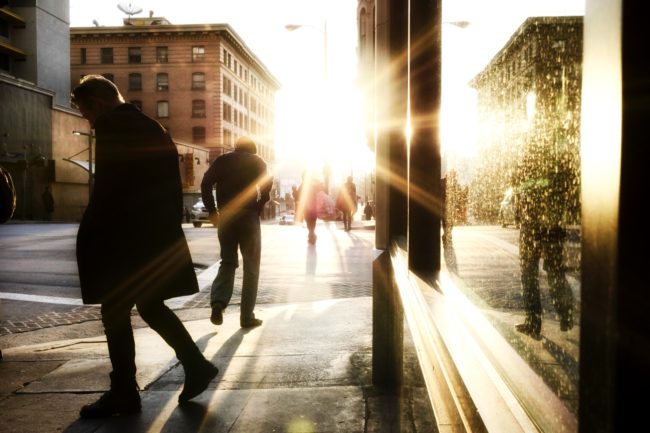
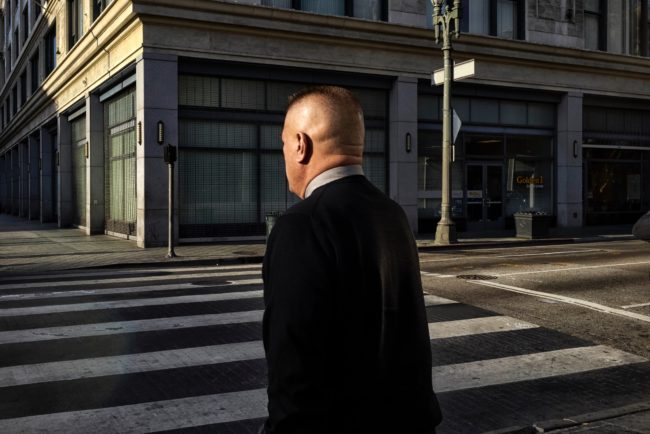

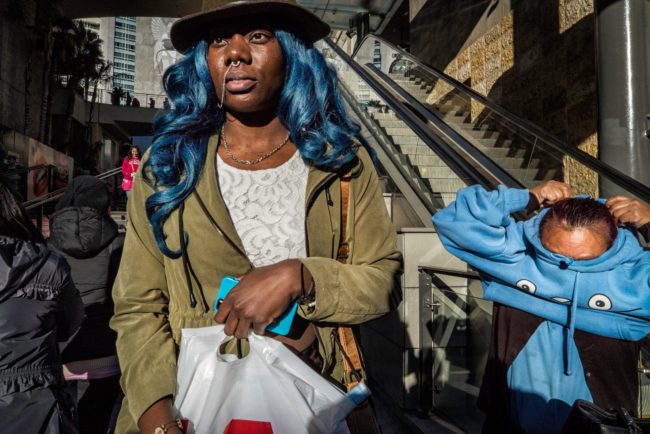
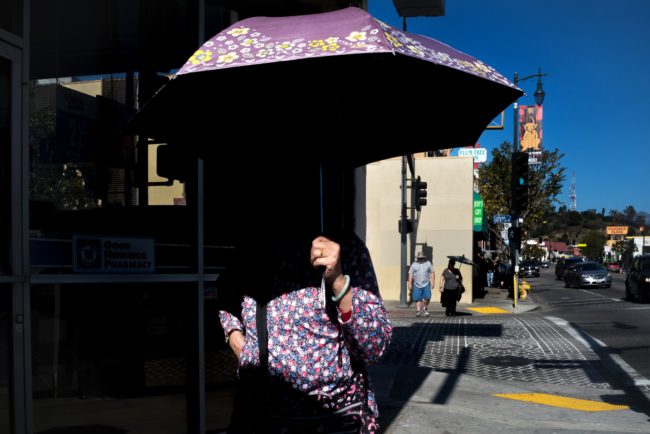
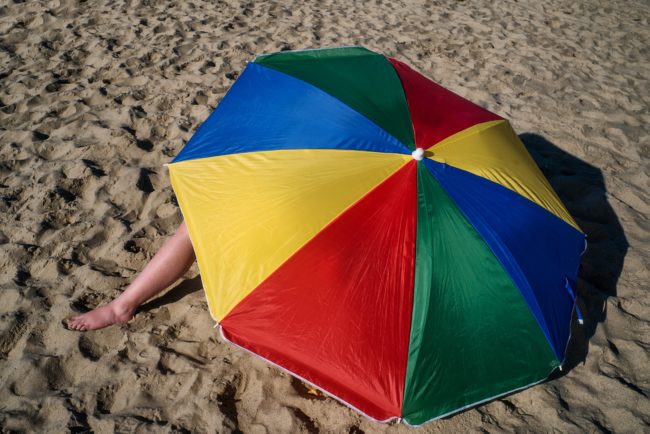
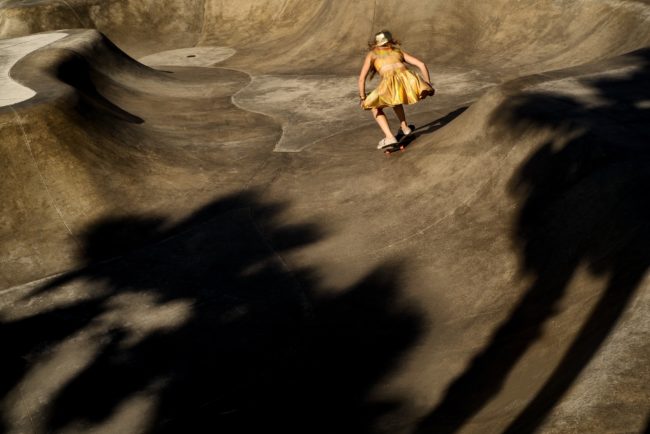


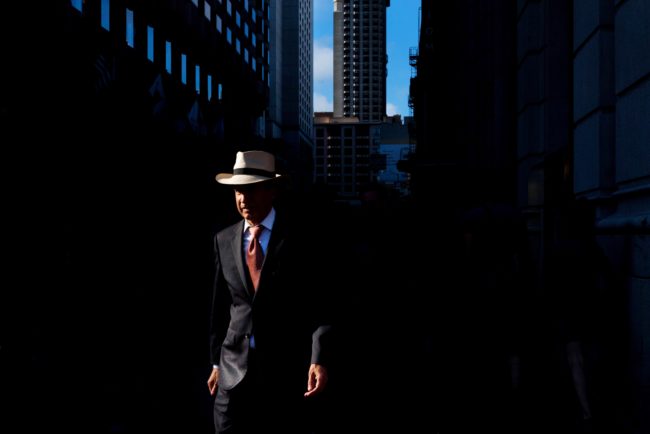
Matthew Finley had some very-IRL-physical-object-based images, so they don’t translate to the web as well as some other things. He builds layers of images, which deal with sexuality, but I just saw that it’s not what he sent me. (Last minute-photo editing.)
These are circular polaroids, and they’re cool too.

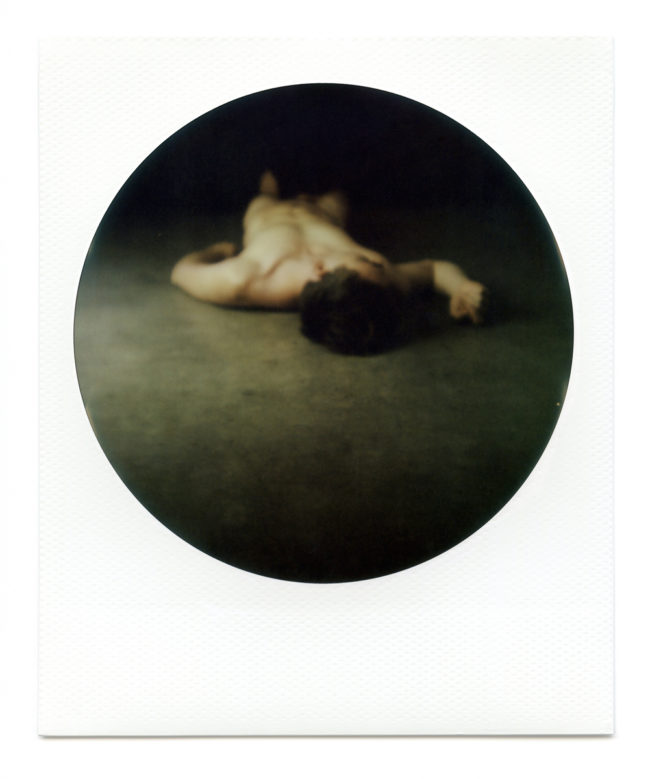
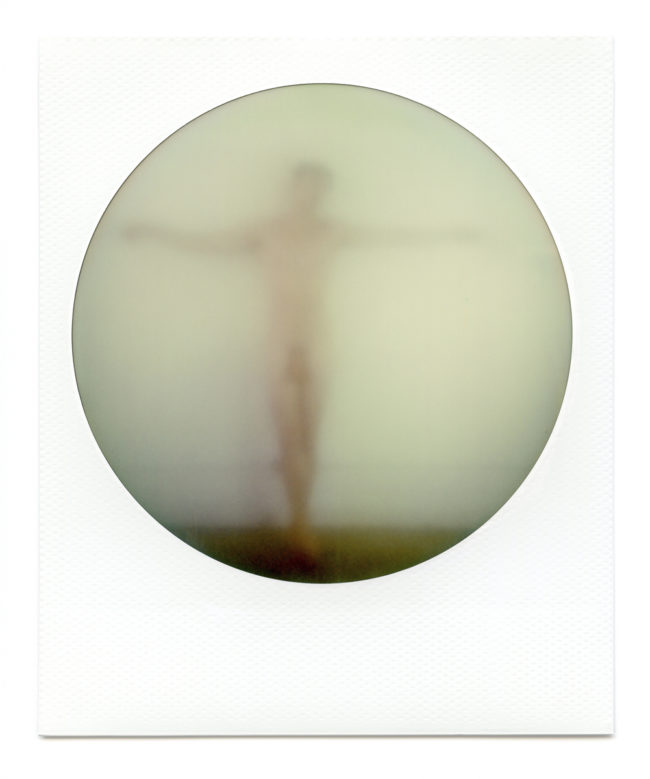
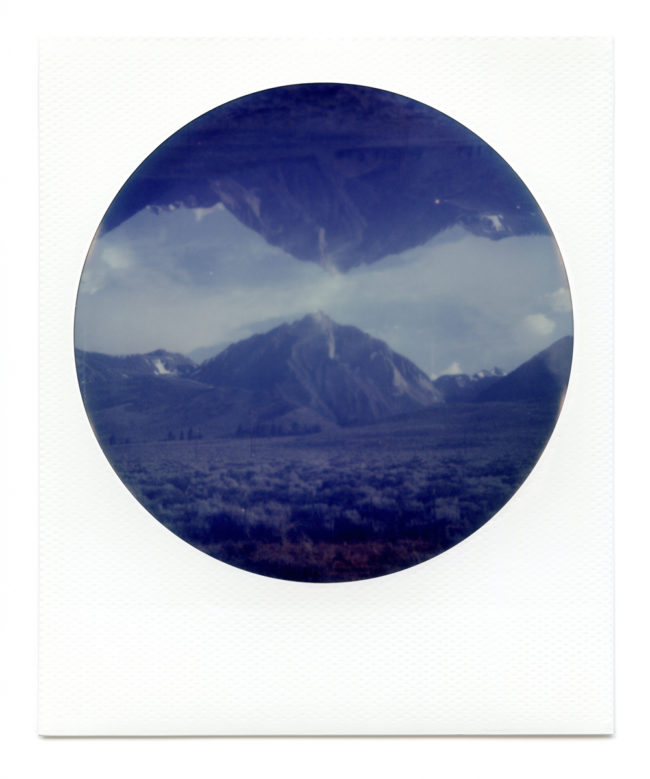


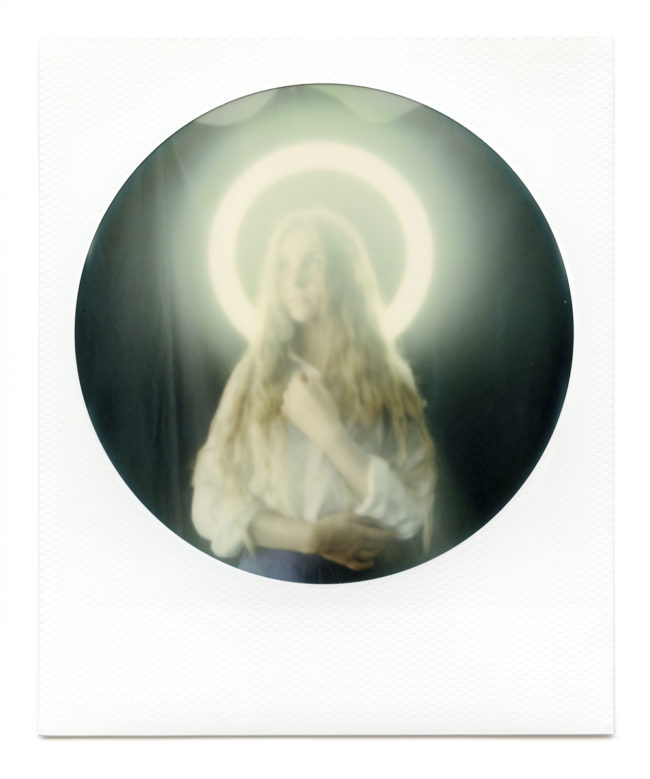
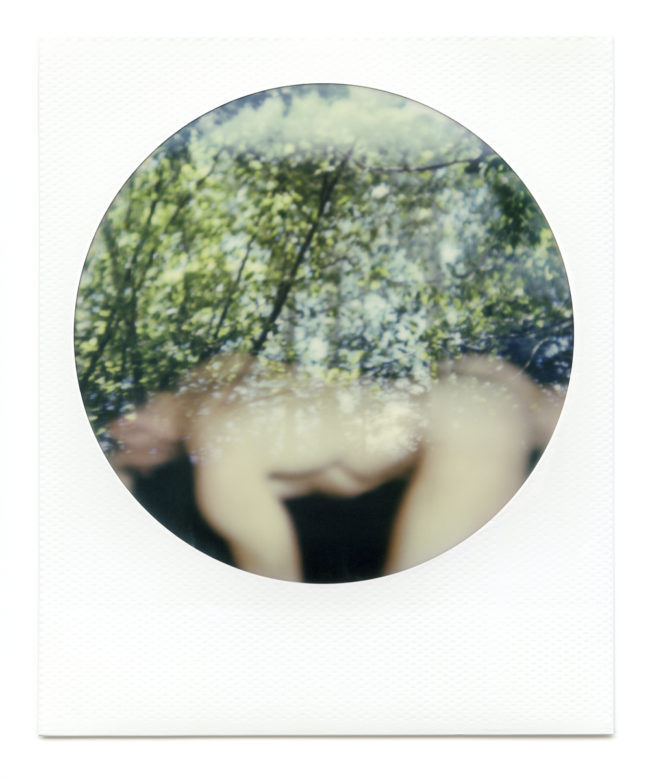

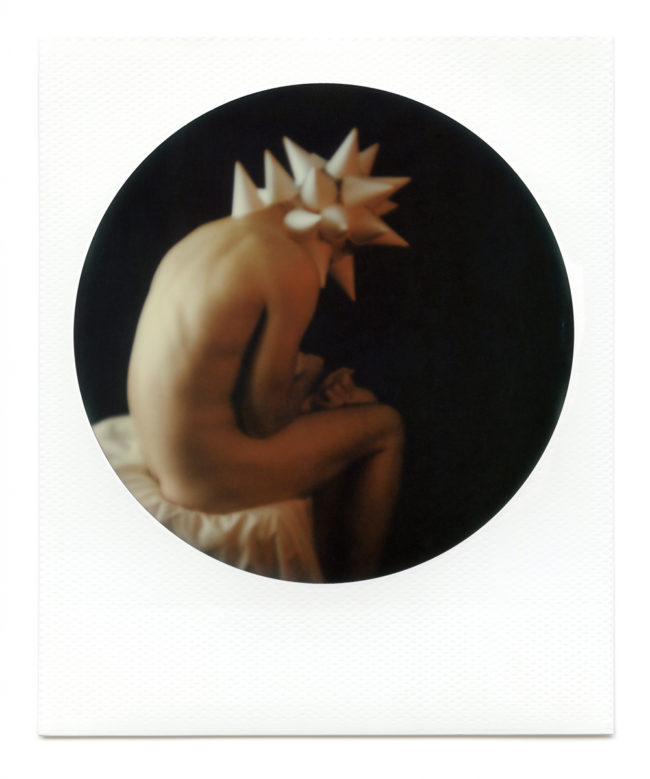
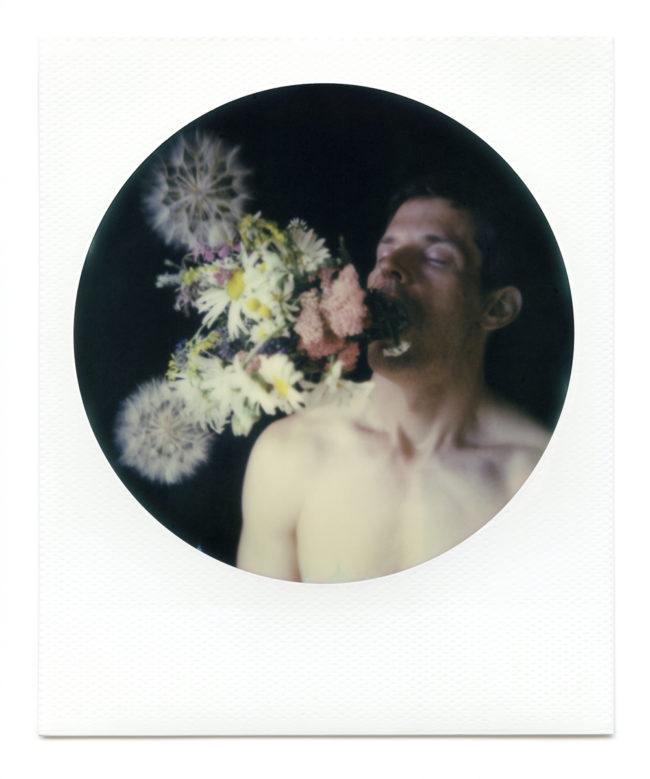
Finally, last but not least, we have Alexandra DeFurio. Hers was easily the most SoCal project I viewed over the weekend, as Alexandra photographs LA-Area bougainvillea in the bright sunlight.
Damn, seriously, look at those skies. That’s the California Dream right there.
I thought her photos were excellent, and suggested that as the work continued, I’d recommend some variance within her light palette, as the mid-day super-bright sun might be nicely complimented by some slight (or drastic) changes in mood and color.
Regardless, its the perfect project to end on today, as it’s cold, wet and gray here on September 20, the first real day of Autumn in New Mexico.
